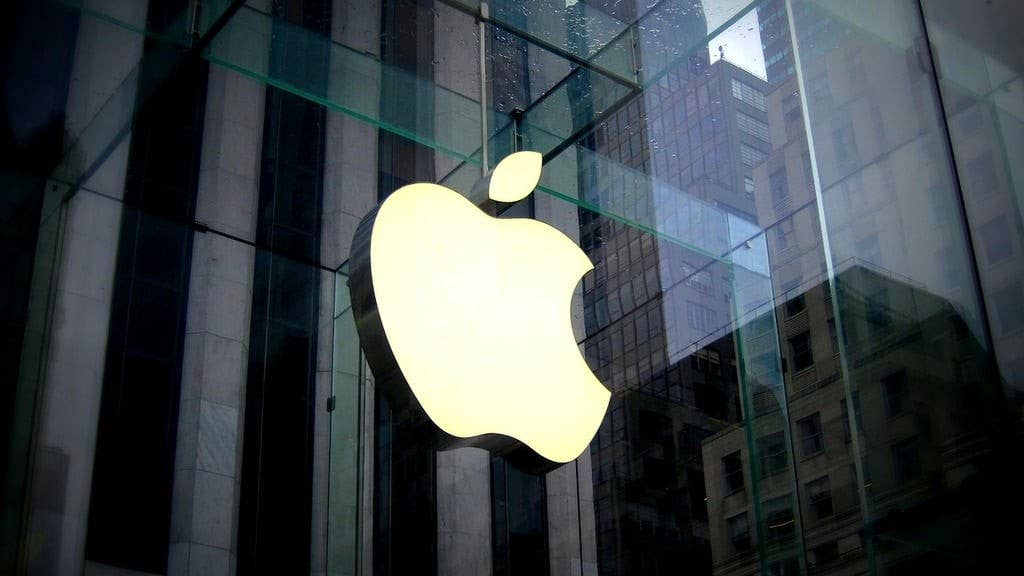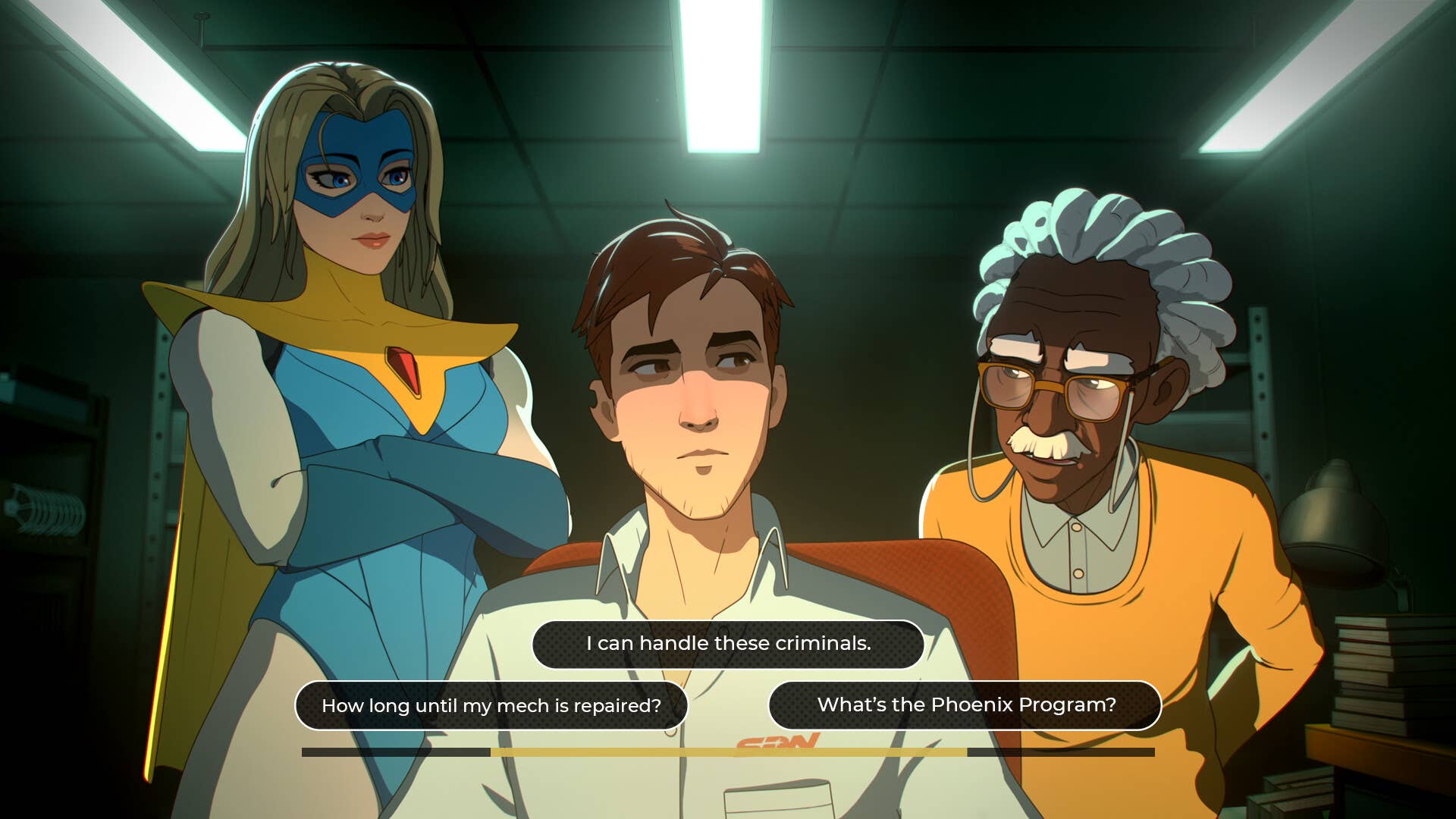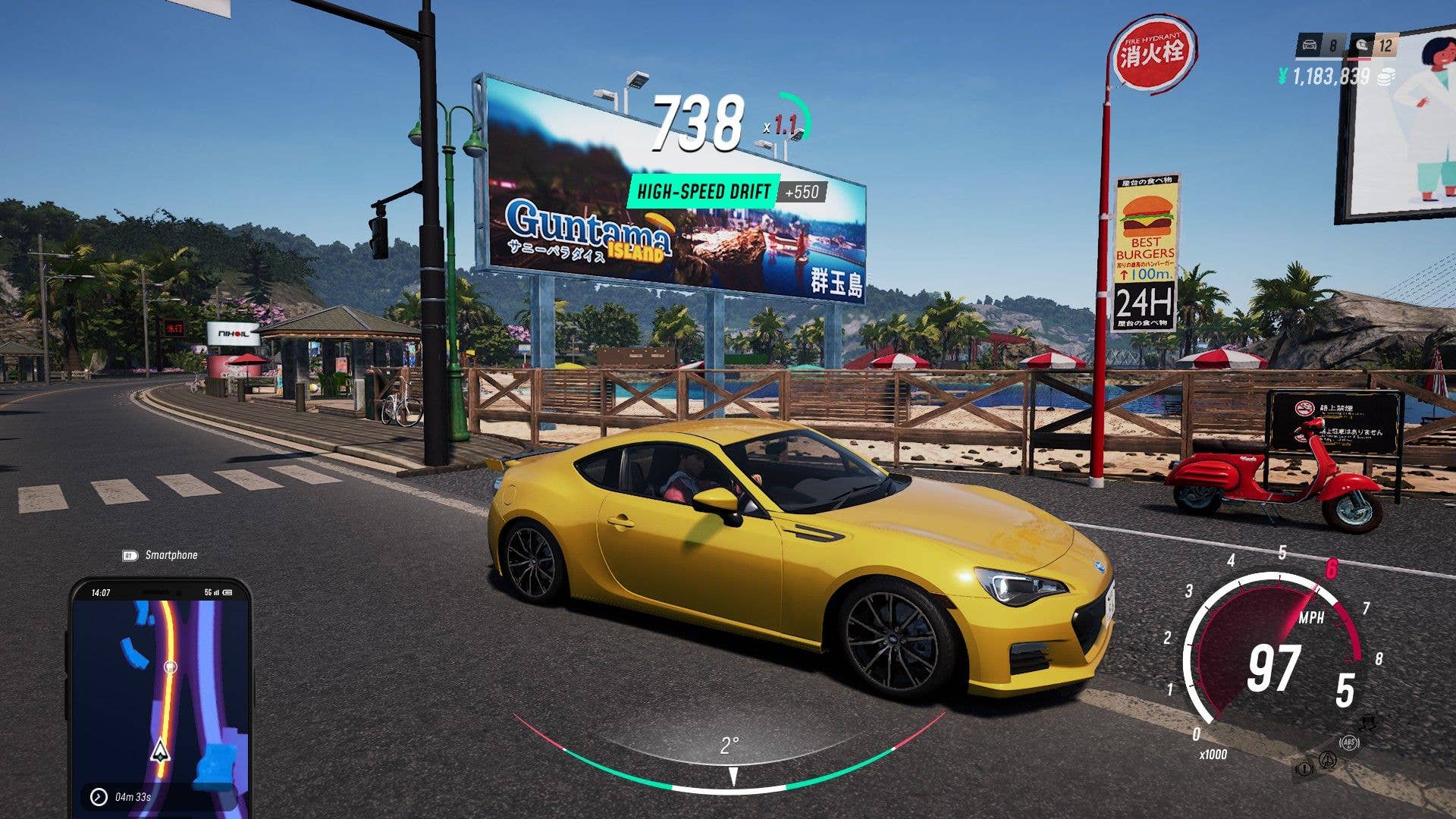A Guide to Real-Time Monitoring: Types, Use Cases, Benefits, and Best Practices
Are you curious about how real-time monitoring works and why it’s becoming integral to remote patient monitoring, video monitoring for schools, real-time home monitoring services for senior citizens, etc? This article will unpack the fundamentals, core features, benefits, and more. Keep reading! What is Real-Time Monitoring? Real-time monitoring is 24-hour live monitoring in which a… Continue reading A Guide to Real-Time Monitoring: Types, Use Cases, Benefits, and Best Practices The post A Guide to Real-Time Monitoring: Types, Use Cases, Benefits, and Best Practices appeared first on Cogitotech.

Are you curious about how real-time monitoring works and why it’s becoming integral to remote patient monitoring, video monitoring for schools, real-time home monitoring services for senior citizens, etc? This article will unpack the fundamentals, core features, benefits, and more. Keep reading!
What is Real-Time Monitoring?
Real-time monitoring is 24-hour live monitoring in which a team of experts continuously tracks unusual activity, detects distress signals, and triggers immediate alarms in emergencies. With instant detection of anomalies and persistent surveillance across educational institutions, elderly care facilities, and hospitals make response and protection processes smooth.
Types of Real-Time Monitoring
Real-time video monitoring incorporates the regular surveillance of live video feeds to detect and respond to issues as they happen. It enables instant identification of security breaches, unusual behavior, or emergencies in environments like schools, hospitals, and high-risk areas.
Real-time audio monitoring complements video surveillance by assessing and capturing sounds in the environment to detect critical audio cues like alarms, distress calls, or aggressive tones. This approach activates safety protocols by rendering a complete picture of unfolding situations, allowing quicker intervention and informed decision-making.
Use Cases of Real-Time Monitoring
Below-mentioned are the crucial use cases:-
Schools and Educational Institutions
Real-time audio and video monitoring in schools safeguards students by monitoring playgrounds, hallways, classrooms, and entry points. It helps detect unauthorized entry, crises, bullying, or medical emergencies, enabling staff to act fast and create a secure environment.
Hospitals and Healthcare Facilities
Real-time remote patient monitoring of hospitals strengthens patient safety and process efficiency. ICUs, wards, and public areas monitoring promptly track unauthorized activities, patient distress, or equipment failure. Integrated audio and video analytics can notify personnel regarding emergencies, such as a patient fall, or cry for help, thus enabling timely medical treatment.
Elderly Care and Assisted Living Homes
For assisted living facilities, ongoing monitoring helps identify abnormal behavior, falls, or requests for assistance—particularly when patients cannot themselves alert others. Real-time systems give families and caregivers peace of mind with an assured, prompt response in crisis.
High-Security Zones
Real-time monitoring is significant for detecting and preventing threats in security-conscious settings, including data centers, government facilities, or military installations. Around-the-clock monitoring alerts for unusual behavior, imminent breaches, or unauthorized access—allowing security teams to respond before a threat gets out of hand.
Retail and Commercial Spaces
Retailers utilize real-time monitoring to flag shoplifting, detect customer traffic, and safeguard employees. Audiovisual systems also track unauthorized access to stockrooms, aggressive behavior, or even smoke or fire, maintaining a safer, more efficient environment.
Transportation Hubs and Public Transit
Bus terminals, train stations, and airports benefit from real-time monitoring to handle massive crowds, check suspicious activity, and react to emergencies. Surveillance assists in ensuring operational efficiency and passenger safety by managing transit systems on the move.
How to Employ Real-Time Monitoring?
It could be daunting to deploy a real-time video and audio monitoring system. However, the right approach can deliver incredible benefits to different industries. Below is a step-by-step blueprint to support its implementation:-
Define Clear Objectives
Start by spotting what you require to achieve via real-time monitoring services. Determine the most critical behaviors or metrics you need to identify—safety incidents, system performance, or operational efficiency. This outline will allow you to determine the right data sources and guide the system’s architecture.
Build Robust Data Collection
After choosing the technology, employ measures to capture live data. This could incorporate sending out sensors, interfacing with available networks, or including third-party equipment. Data security and privacy requirements come first, especially in sensitive environments like education or health.
Leverage Advanced Analytics
To gain actionable insights, integrate analytics tools to process and assess large amounts of data in real-time. Machine learning models or predictive algorithms can assist in identifying patterns, tracking anomalies, and predicting problems before they turn serious.
Enable Notifications and Alerts
A real-time monitoring system sends alerts upon completing pre-defined scenarios. For instance, when equipment overheats or an unexplained sound is heard in a school, concerned staff can be notified immediately, allowing for rapid and effective intervention.
Key Benefits of Outsourcing Real-Time Monitoring Services from Cogito Tech
Our real-time monitoring has appeared as a critical approach to augment security, boost performance, and ultimately enable amplified business results. Here’s how real-time monitoring makes a quantifiable impact:
Accelerated Response & Decision-Making
Our team operates 24/7 to monitor critical events in real-time, allowing swift assessment and instant action. This results in quicker decision-making and reduces operational delays.
Predictive Trend Detection
By persistently assessing real-time audio and video, we help high-security zones move beyond reactive alerts, spotting unusual events and uncovering patterns early. This proactive approach increases operational foresight and efficiency.
Seamless Incident Management
In the event of an issue, every minute counts. With a proactive monitoring strategy, we address potential disruptions before they escalate. Our responsive systems help resolve problems efficiently, minimizing downtime and managing service continuity.
Improved Resource Management and Efficiency
Real-time data provides insight into system utilization so teams can flag idle resources or inefficiencies. By identifying patterns and utilization in real-time, organizations can refine infrastructure and reduce unnecessary spending, leading to optimized operations.
Real-Time Security Assurance
Our live video and audio monitoring services detect threats or emergencies instantly, and risks are mitigated before they can hinder operations and harm people.
Meeting Regulatory Standards with Confidence
Real-time monitoring is essential in ensuring high-security zones remain compliant with sector regulations. Industries such as finance and health require system visibility to identify and counter possible breaches or violations before they leave companies. Keeping a close eye continuously allows high-security zones to seamlessly conform to security and operational requirements, guaranteeing continuous regulatory compliance with minimal impact.
Conclusion
Real-time audio and video monitoring services have become a key requirement across sectors like healthcare, hospitals, schools, and elderly homes that value safety, efficiency, and accountability. From safeguarding children in schools to ensuring medical intervention in hospitals and nursing homes, remote real-time monitoring provides unparalleled and instant response times. Using human tracking, predictive analytics, and advanced technology, Cogito Tech’s real-time monitoring services enable companies to react to threats before they escalate.
Whether you are interested in maximizing security in at-risk areas or finding proactive care solutions for high-risk audiences, real-time monitoring provides a future-proof solution. With Cogito Tech’s end-to-end monitoring and compliance-oriented services, you enjoy peace of mind, operational transparency, and a strong safety net that always foresees and keeps you ahead of potential threats.
The post A Guide to Real-Time Monitoring: Types, Use Cases, Benefits, and Best Practices appeared first on Cogitotech.

















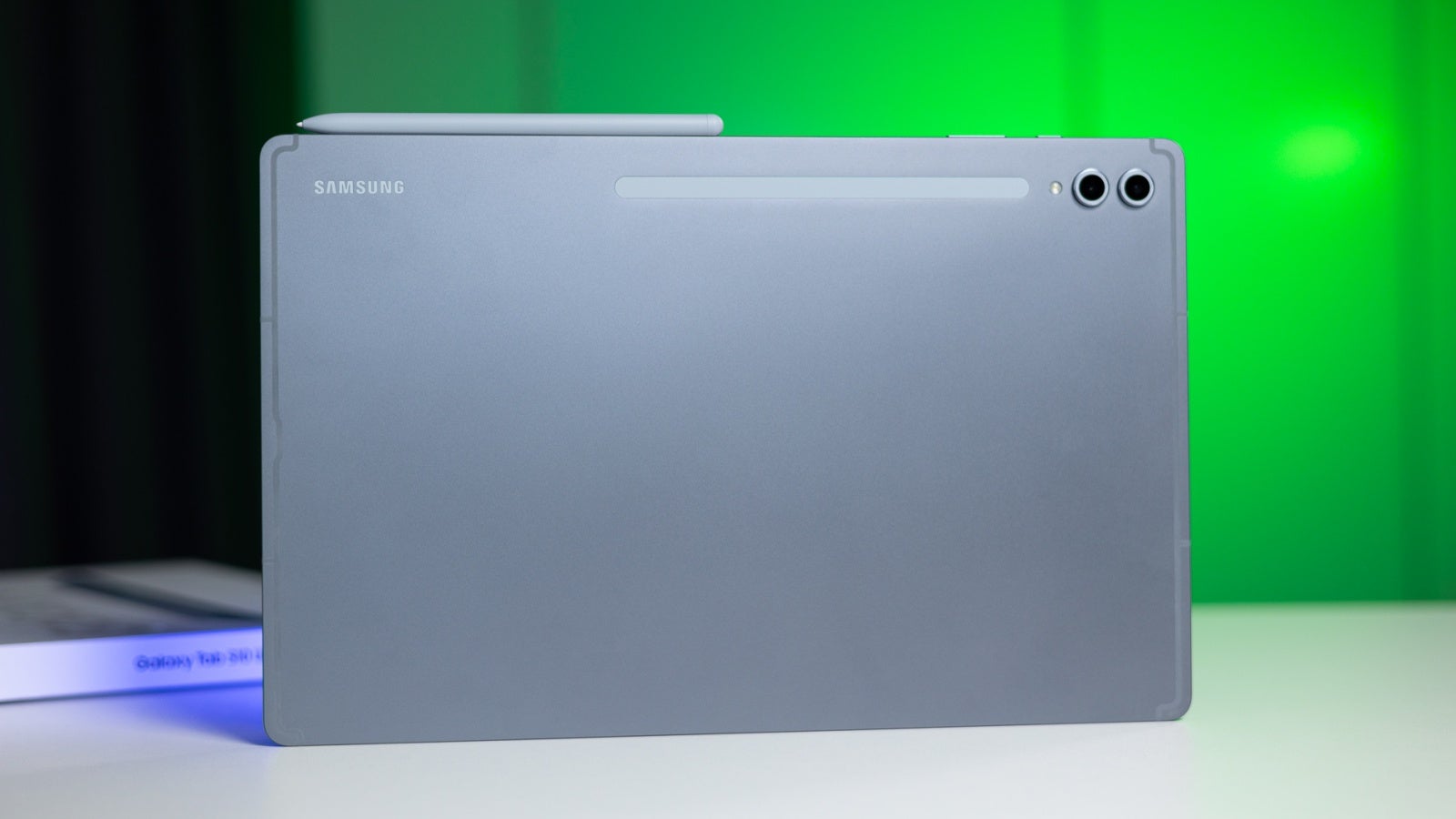
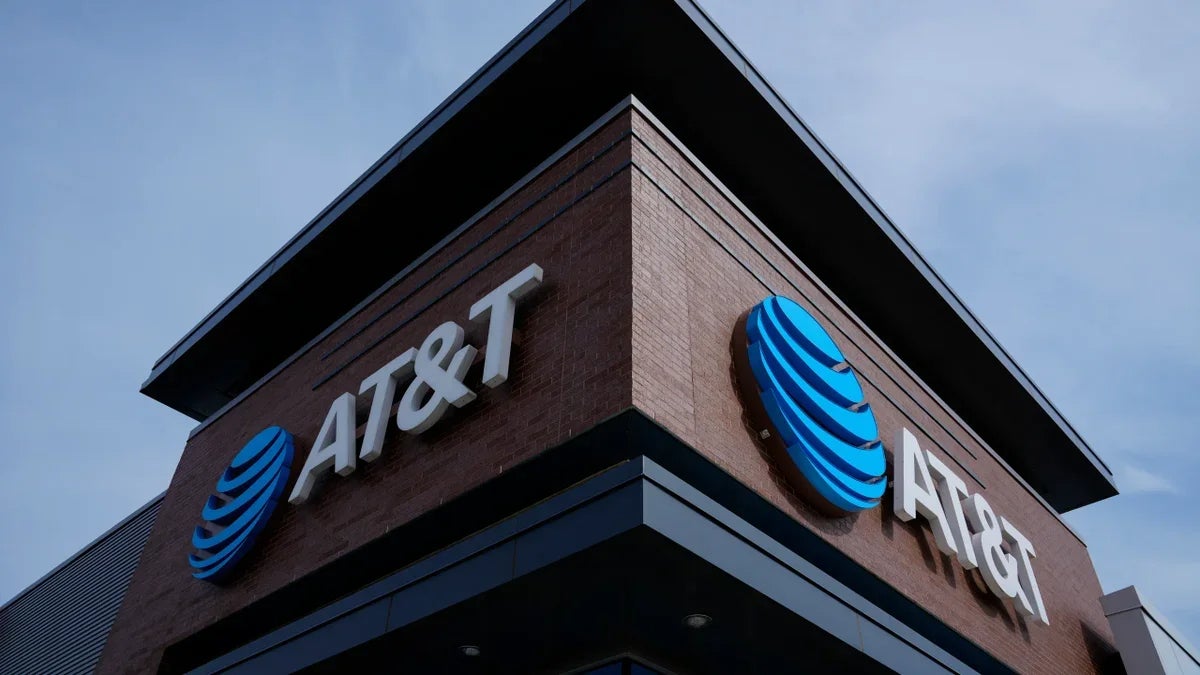
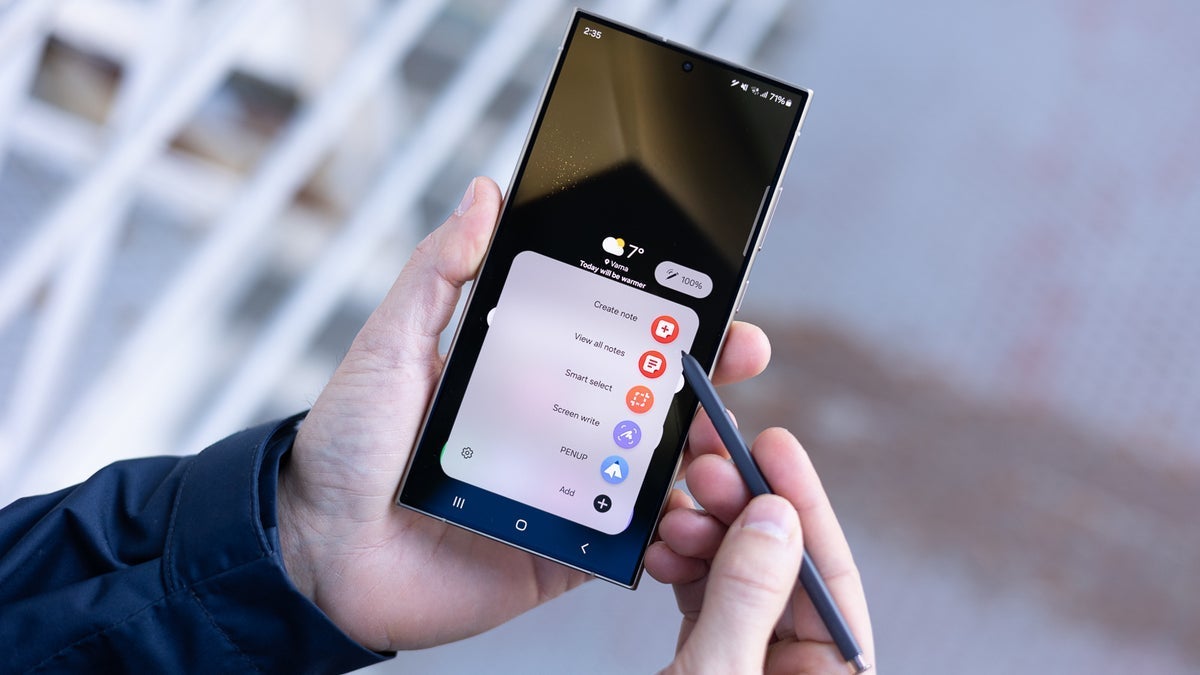




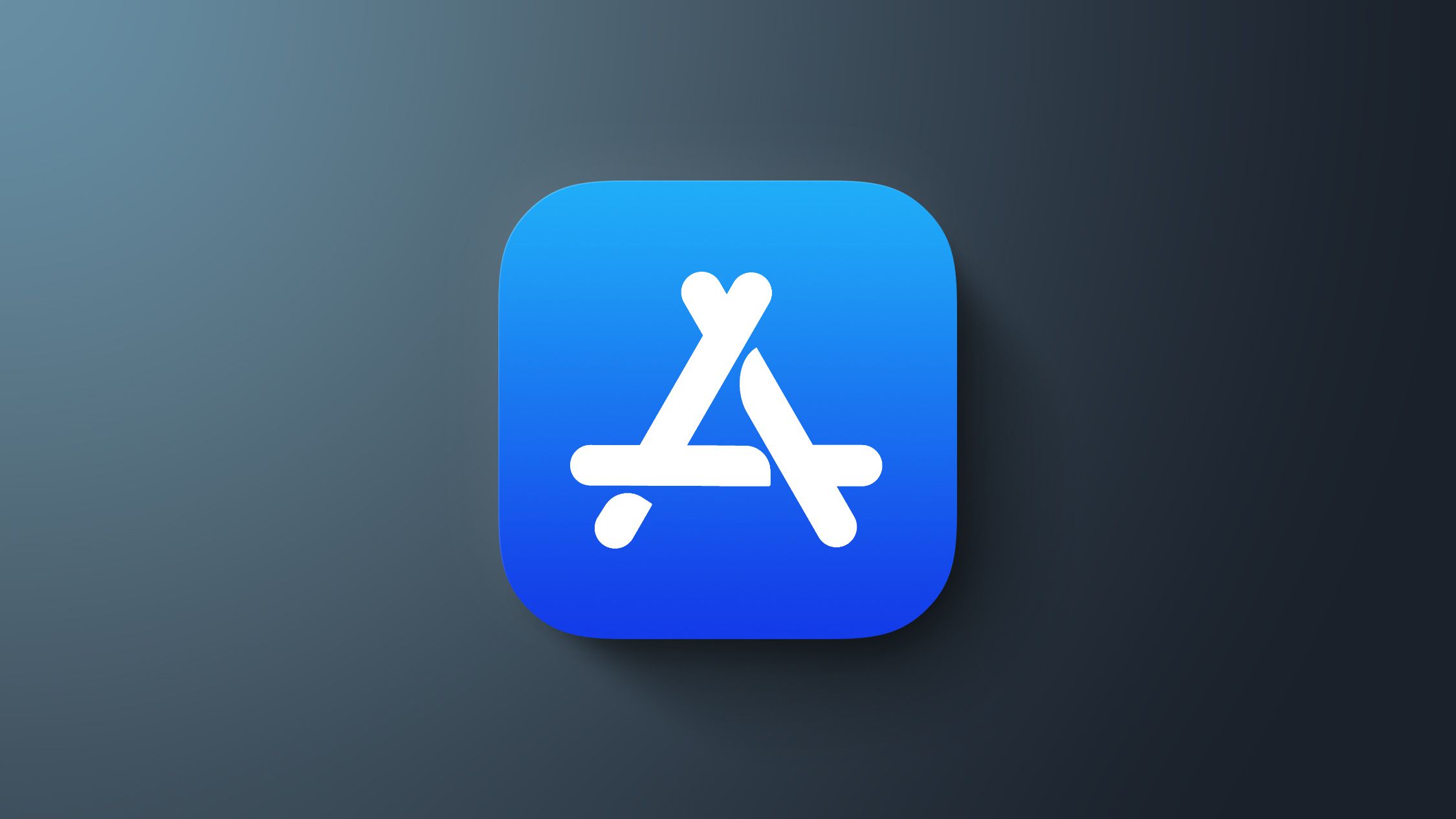
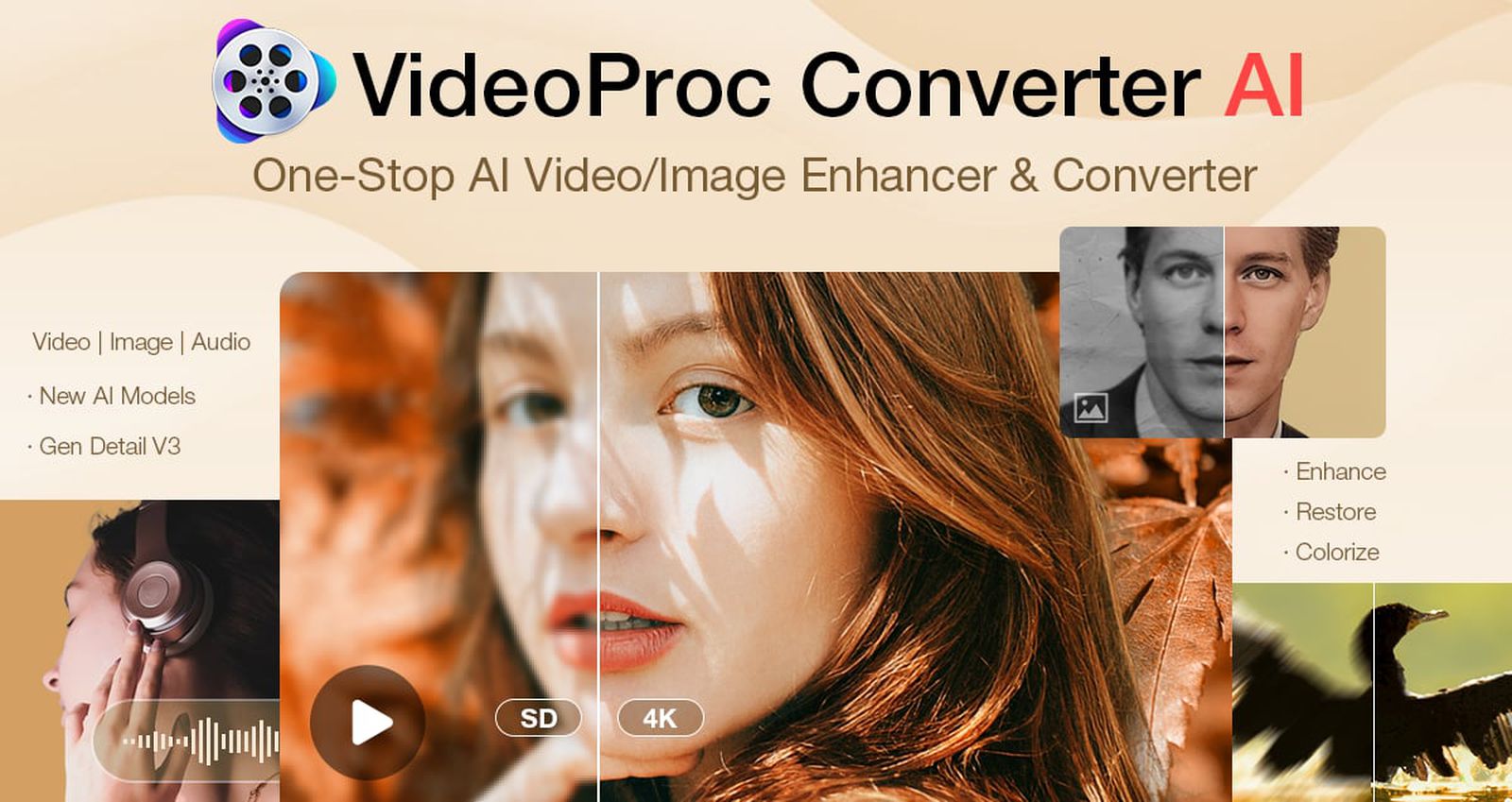
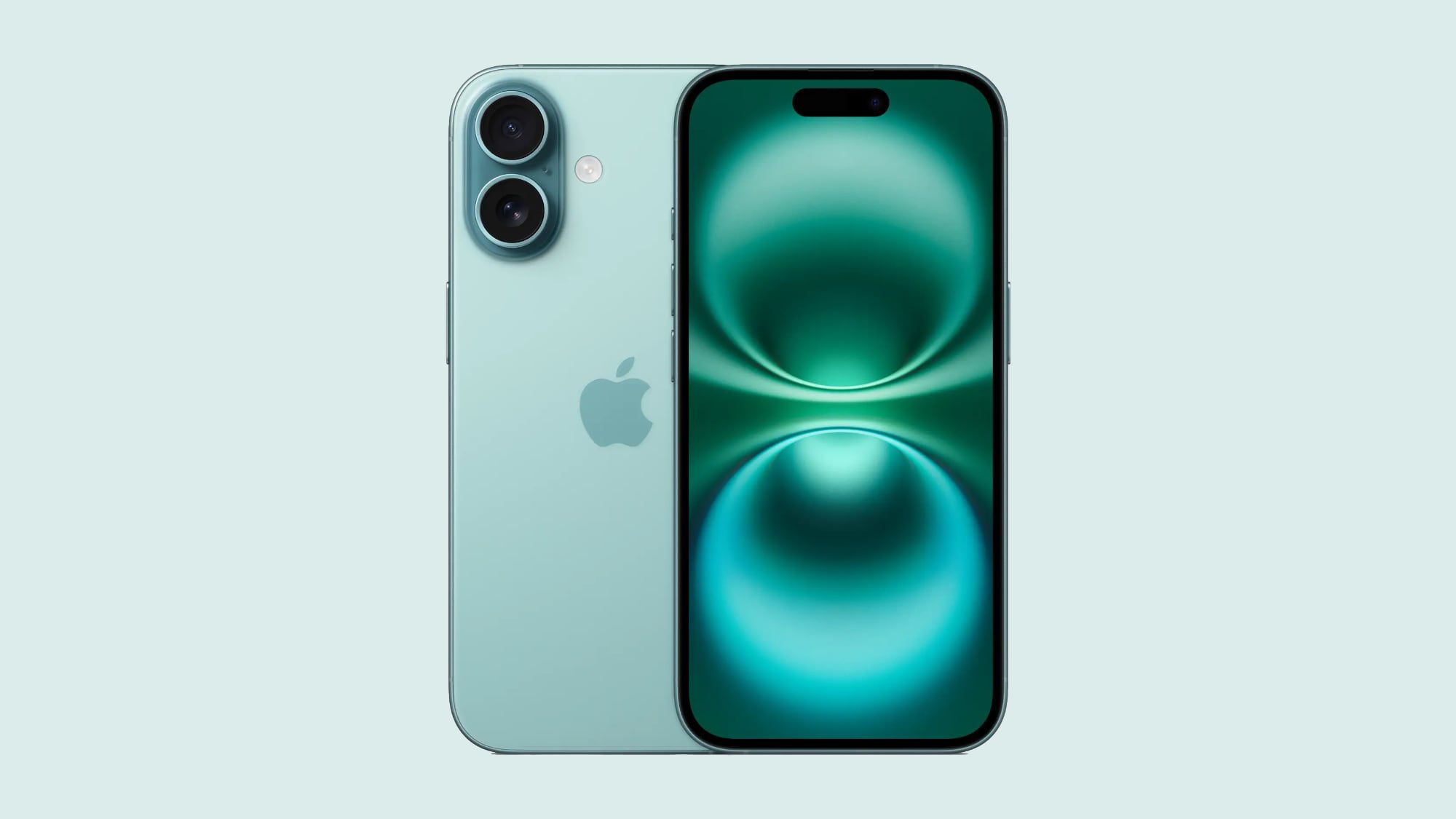

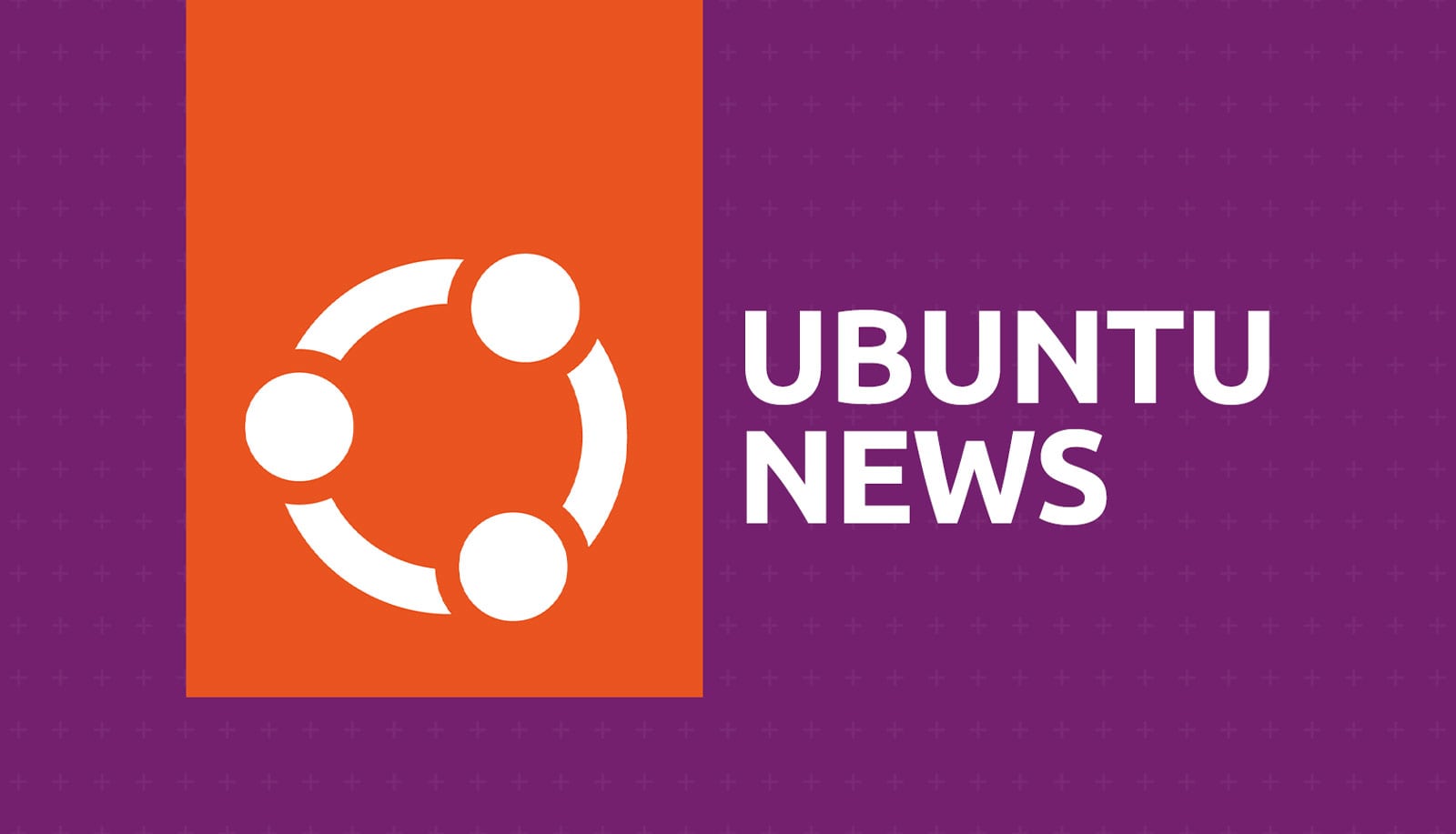


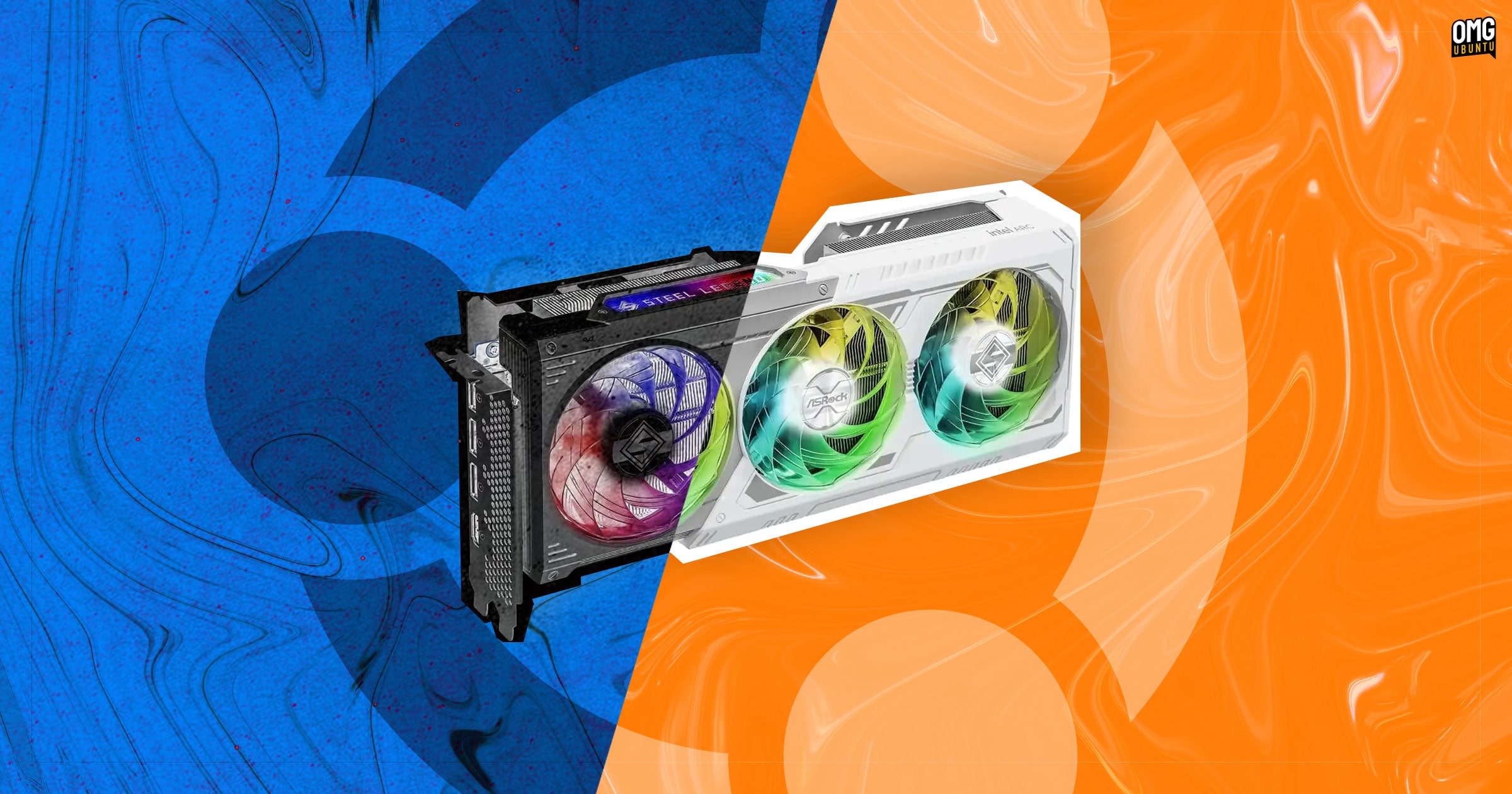












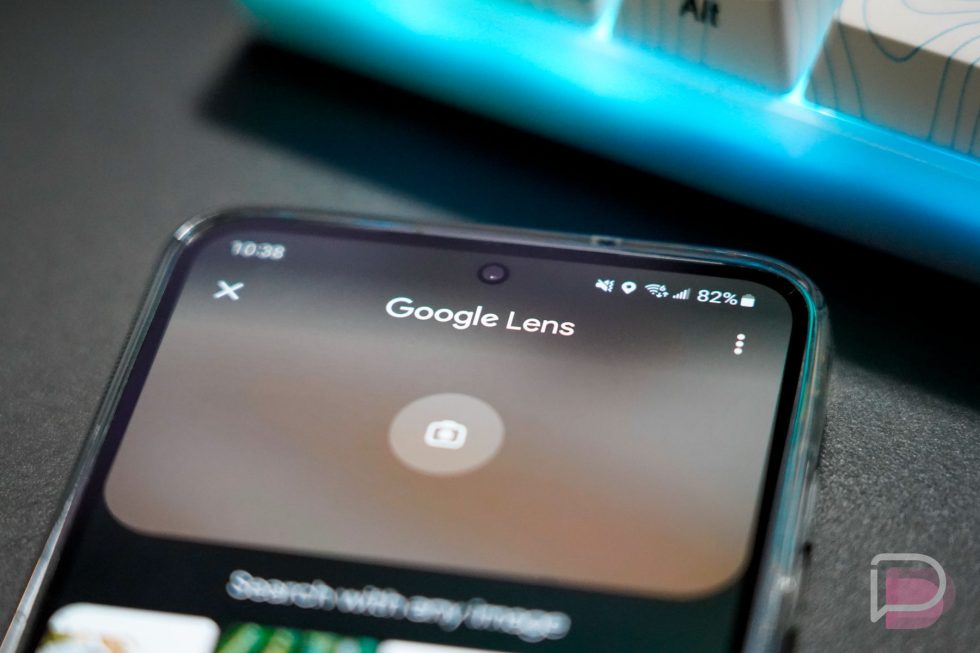
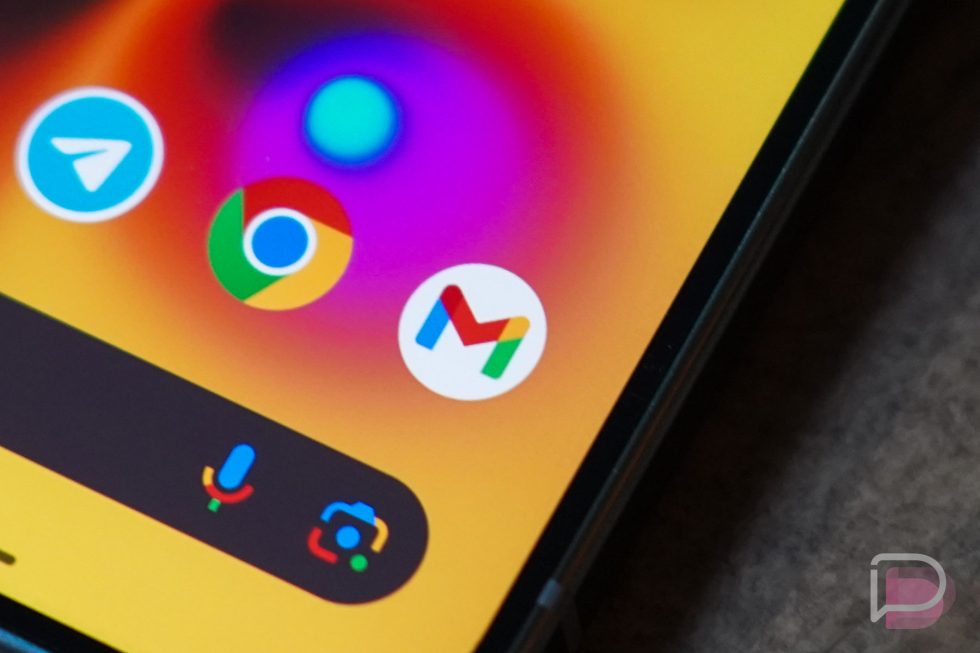
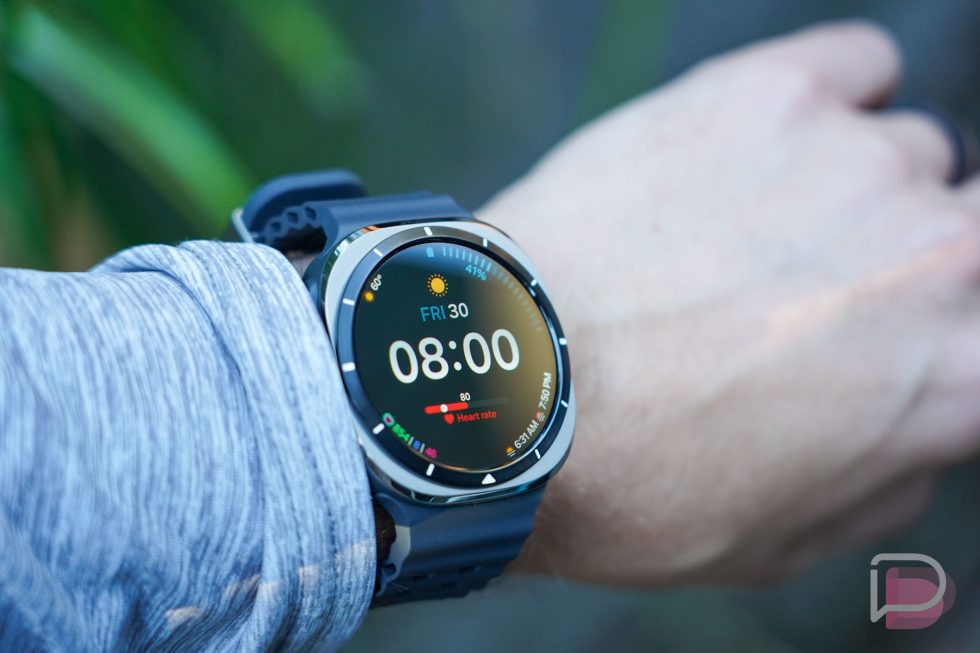
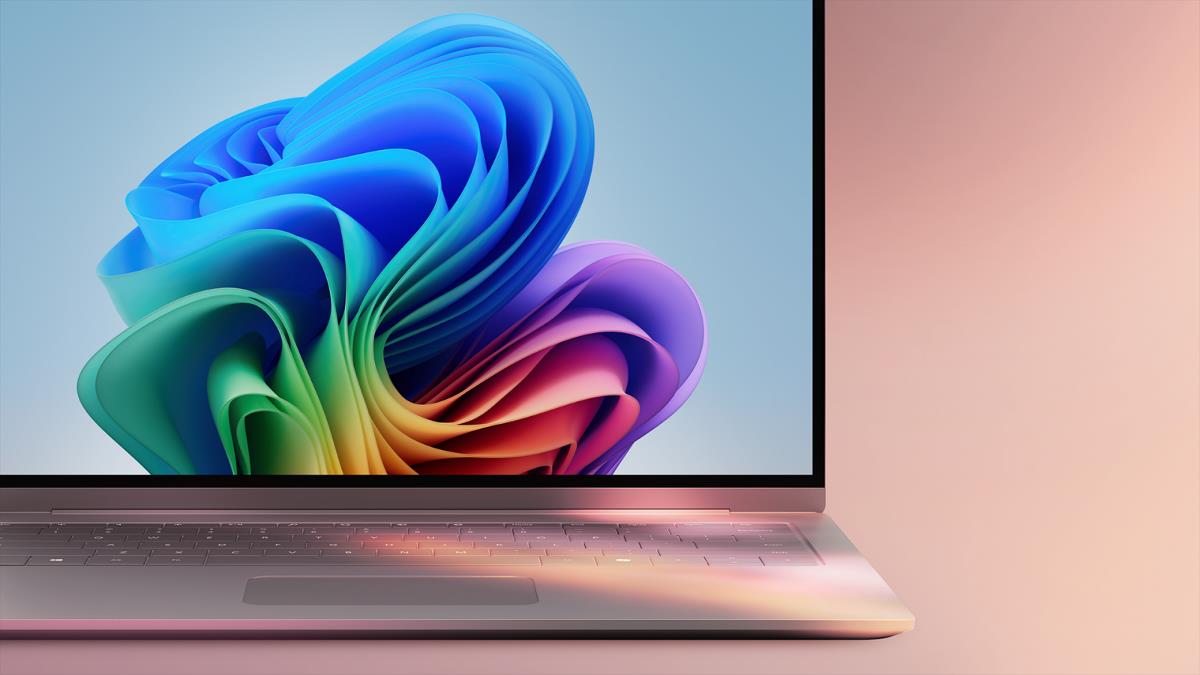



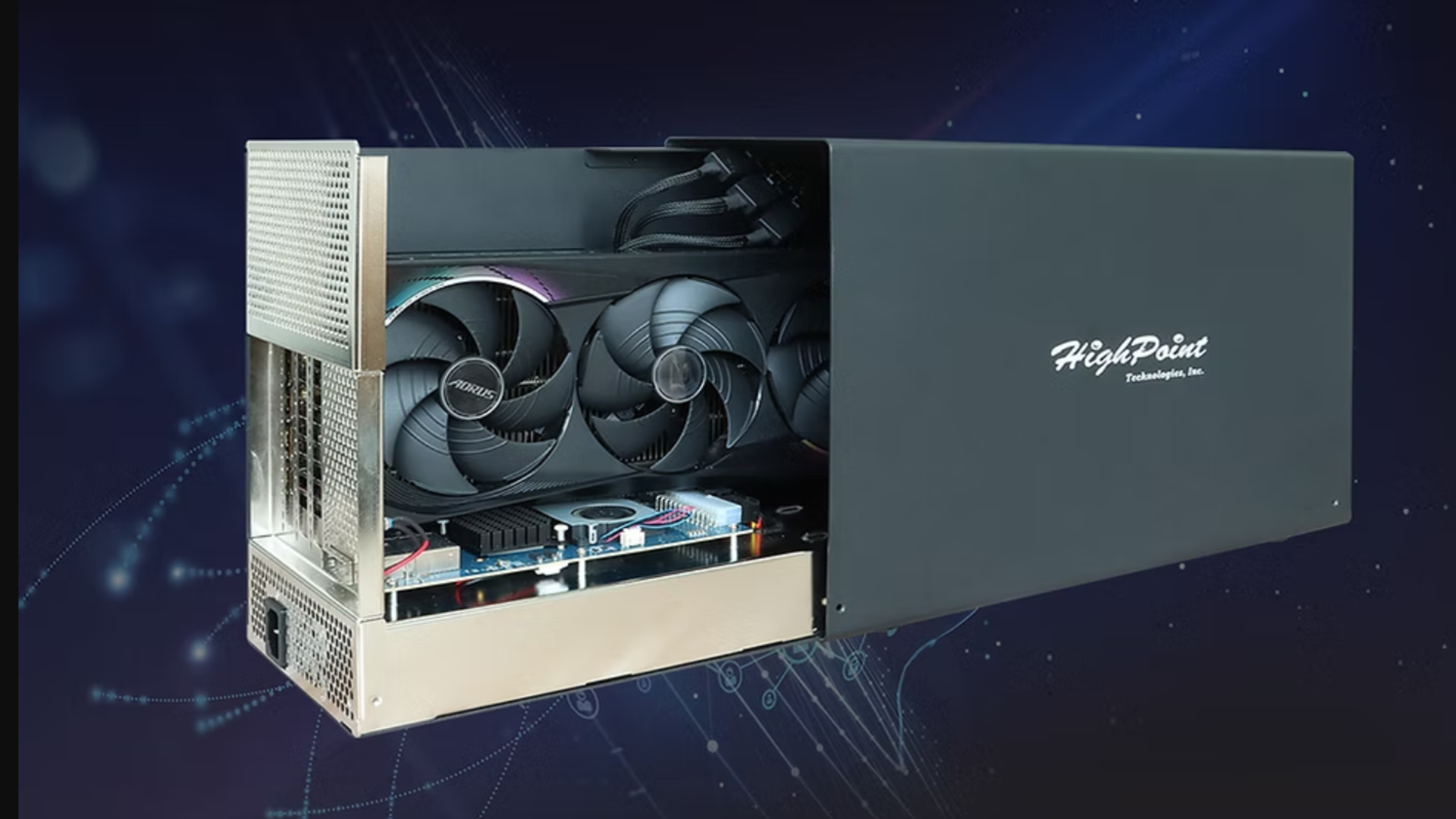
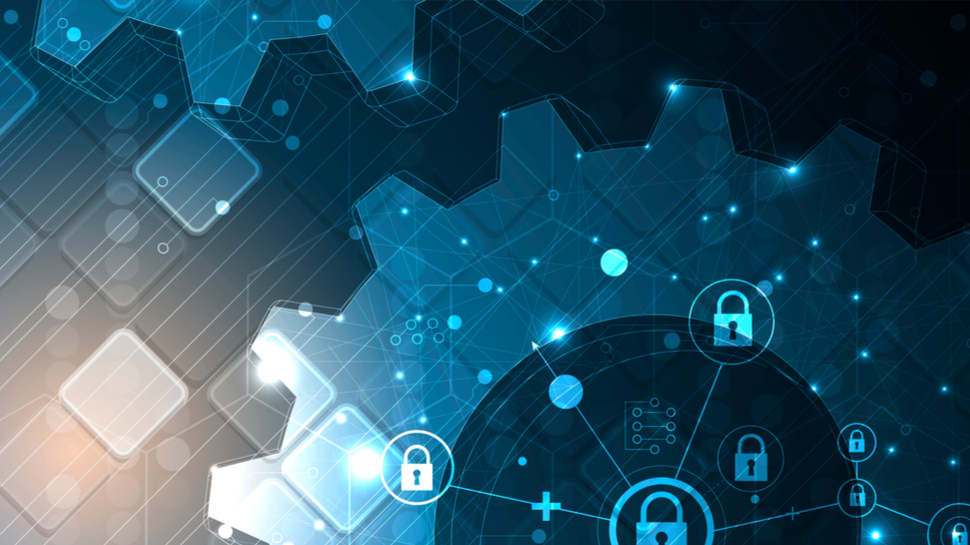
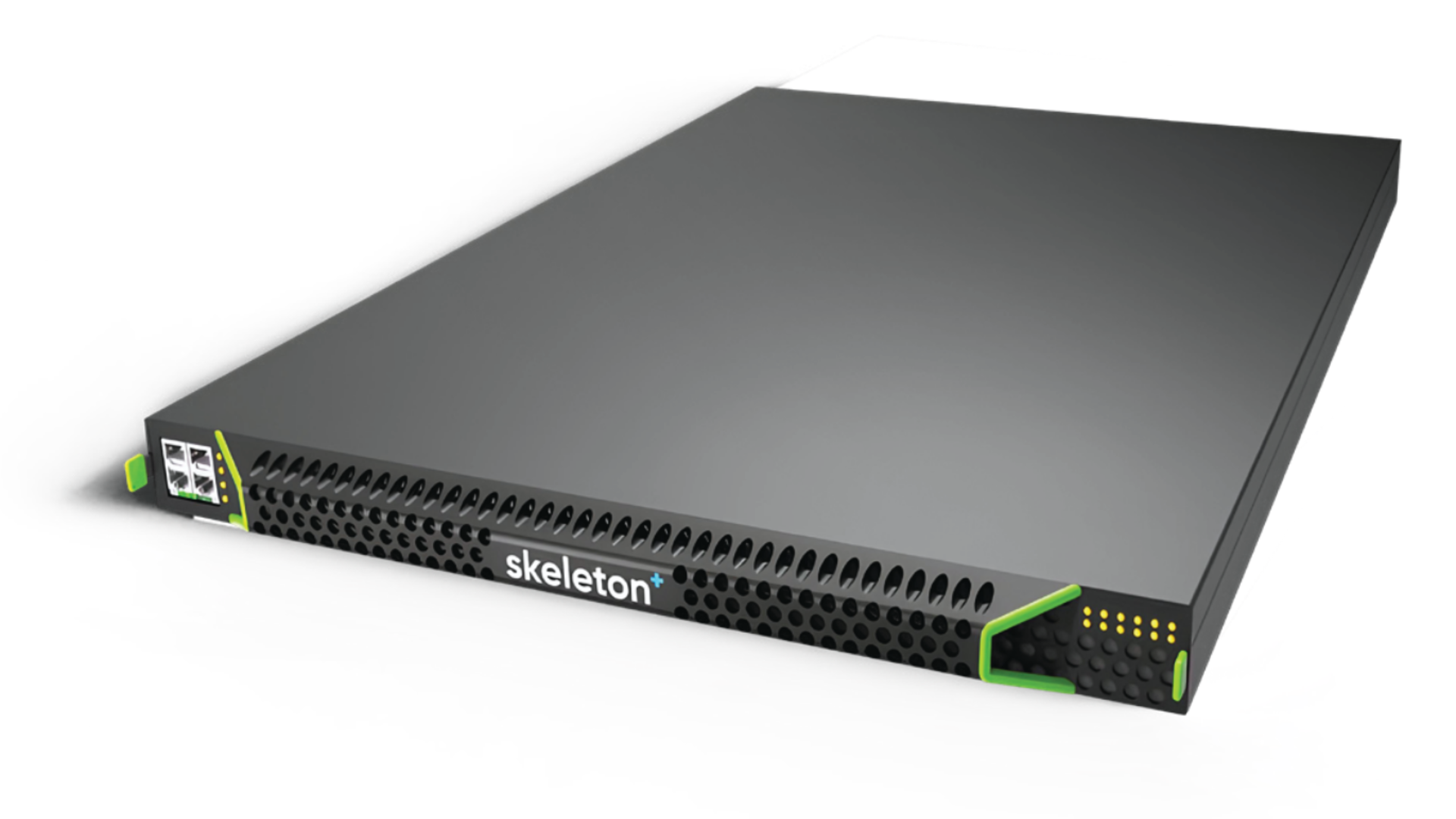
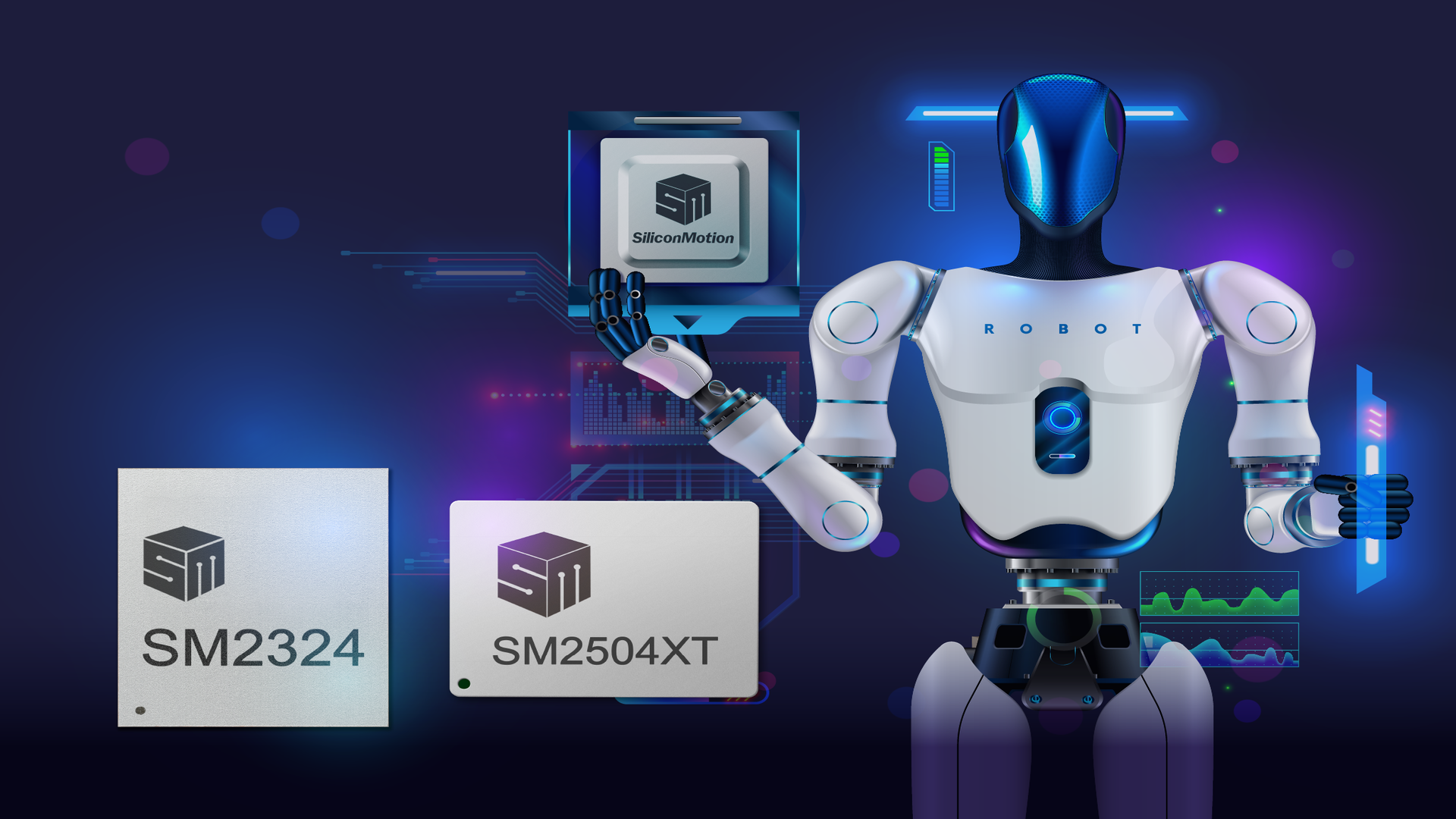
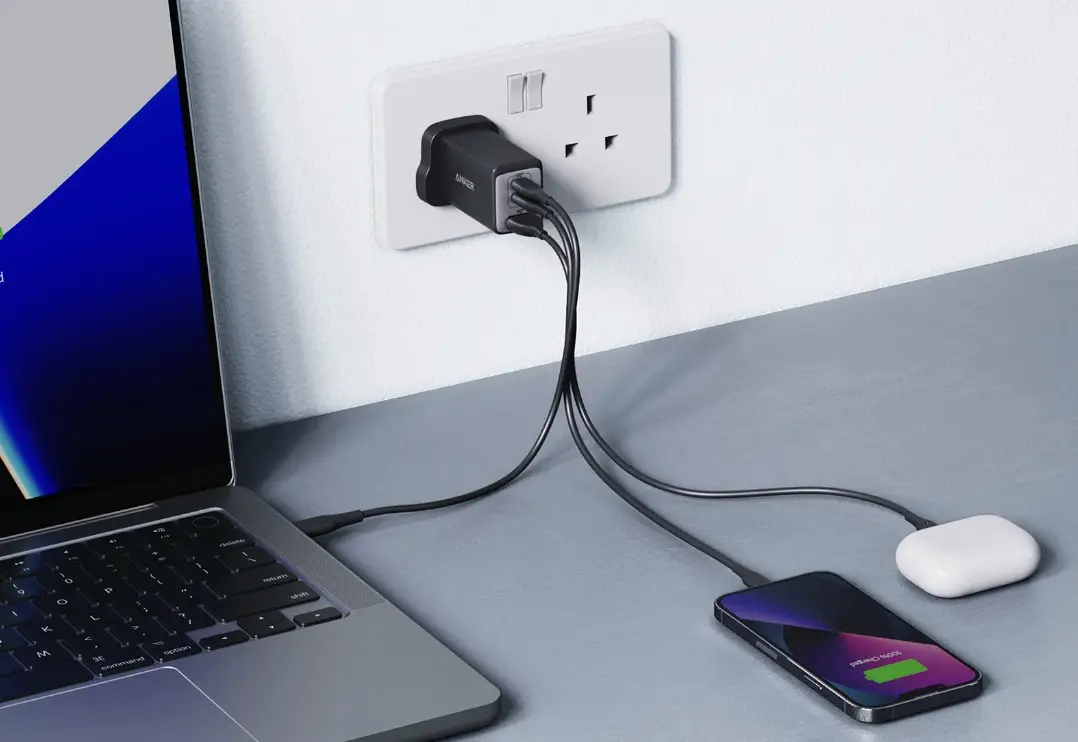

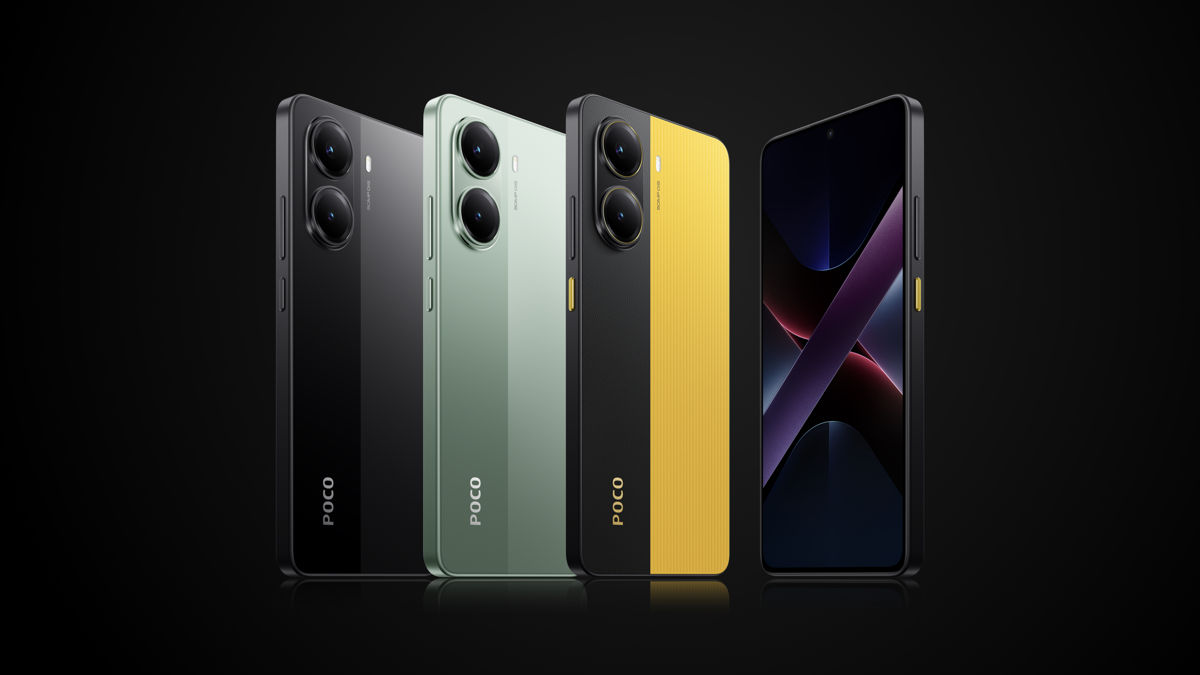



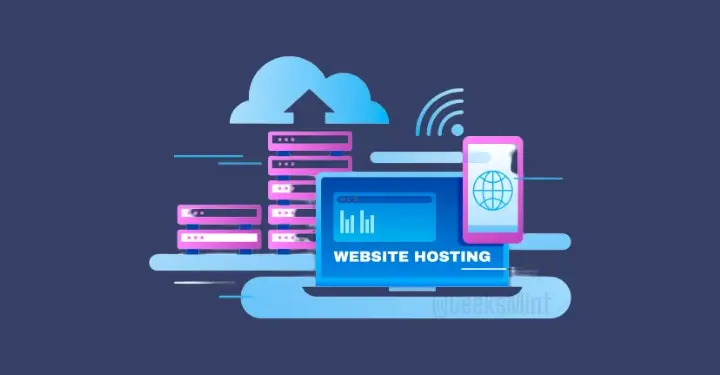






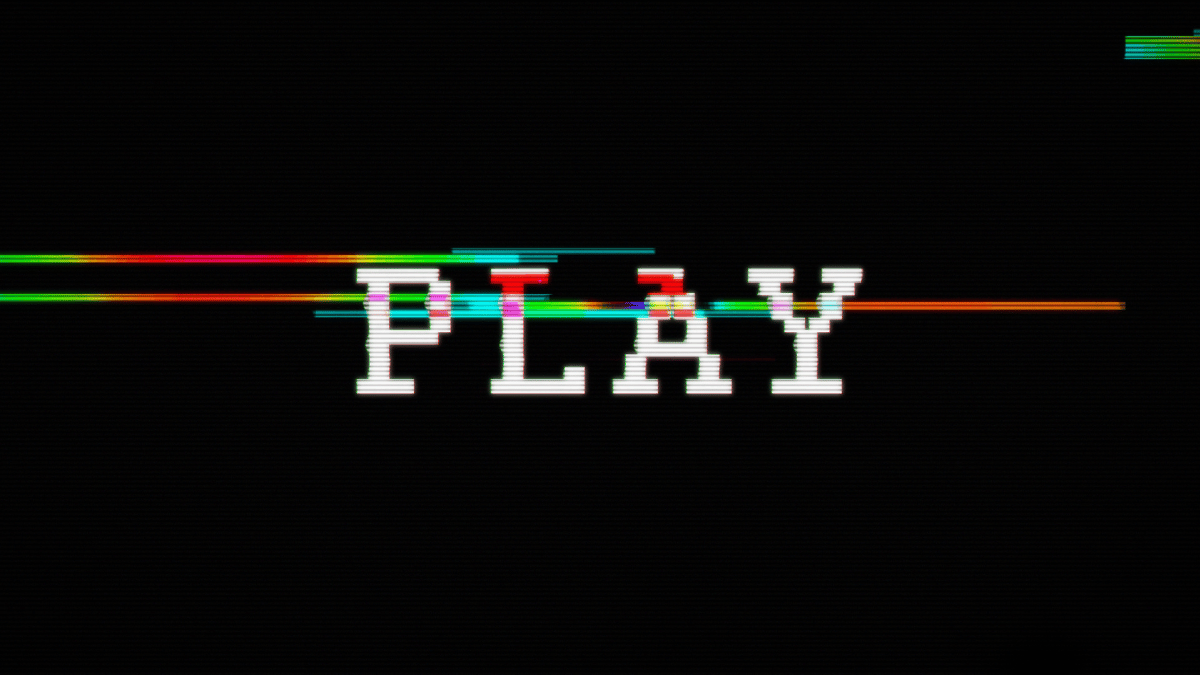







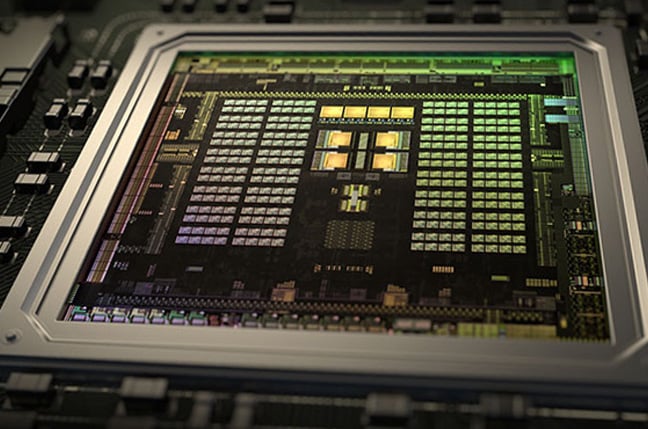














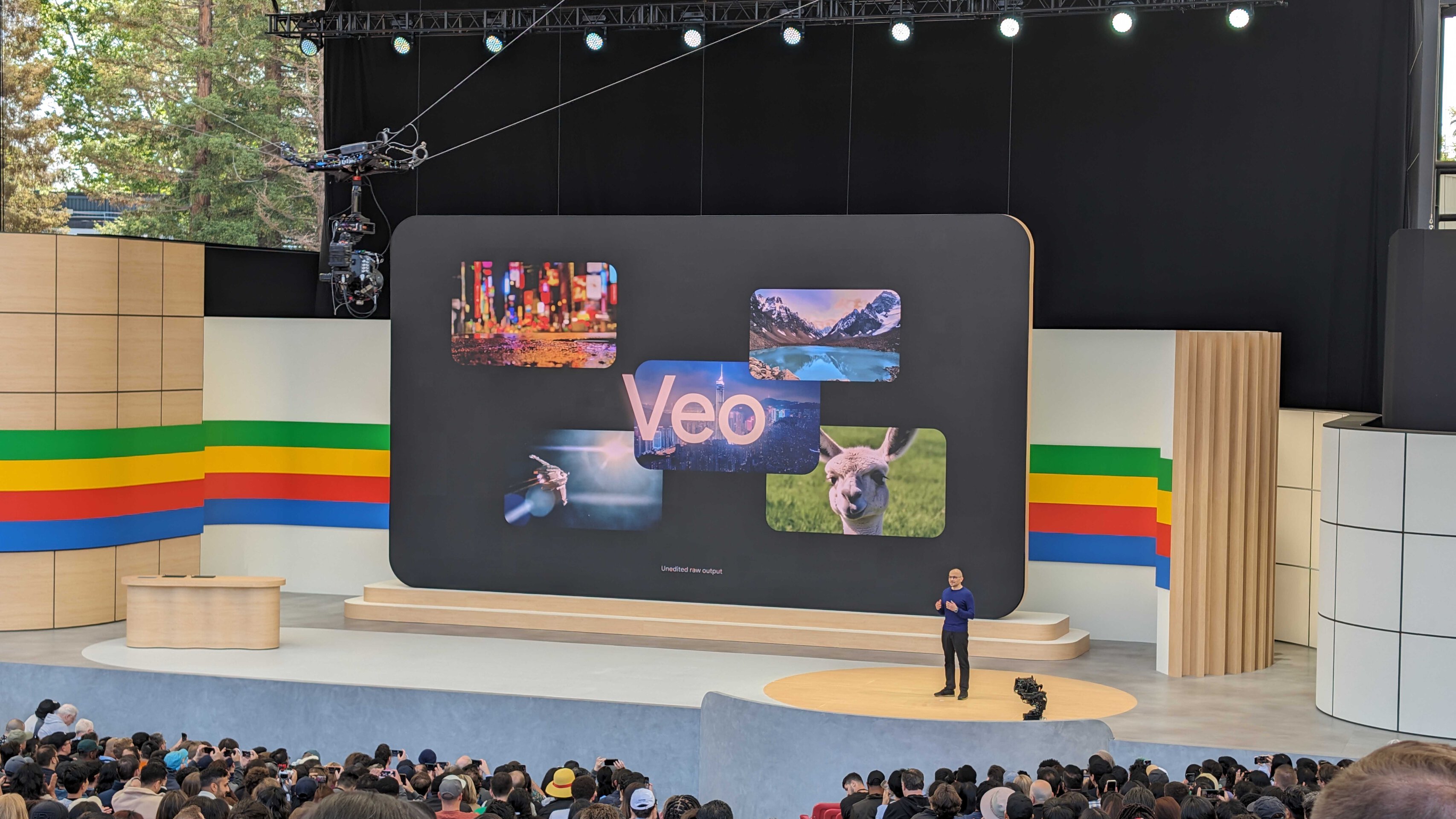


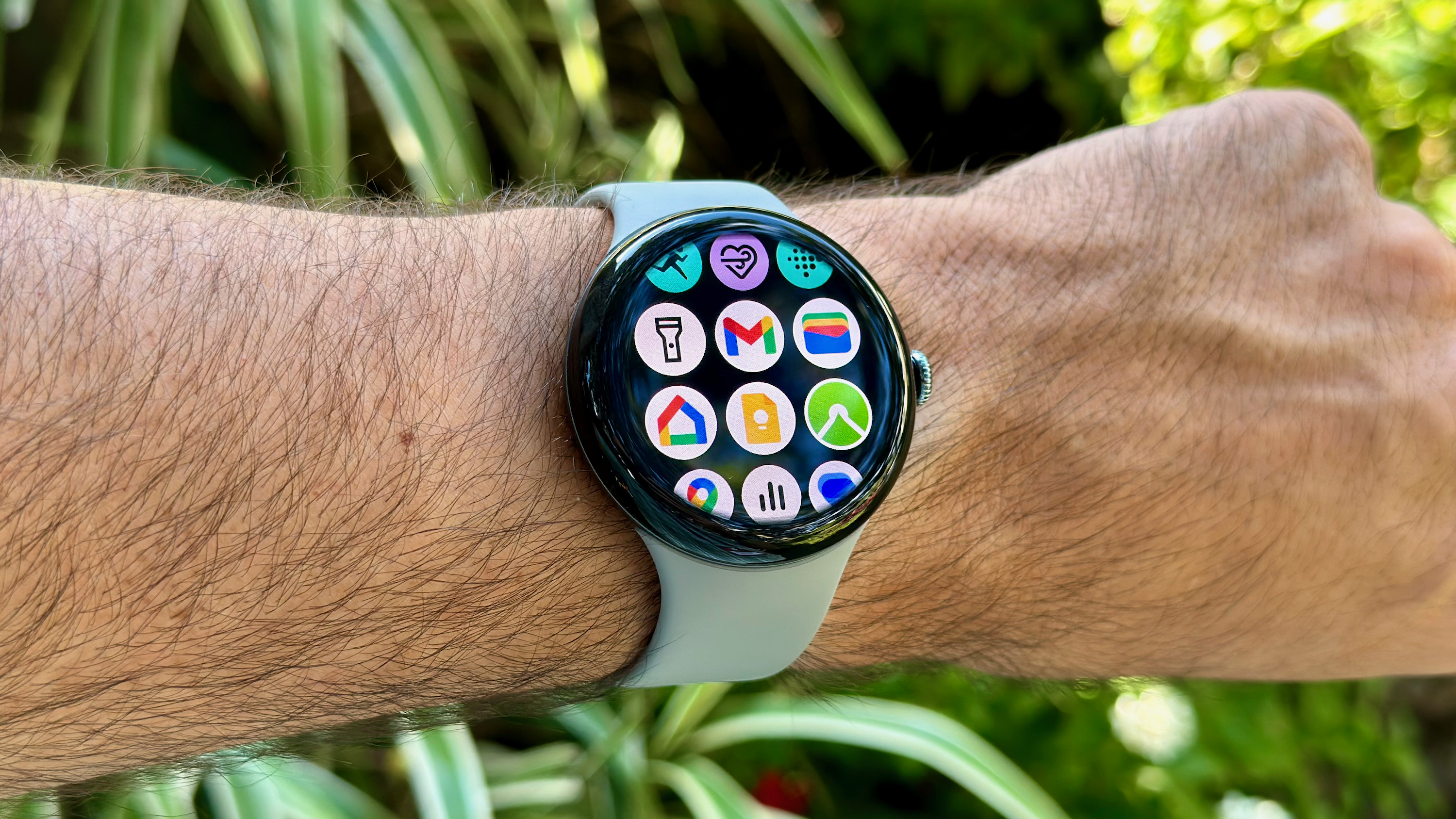
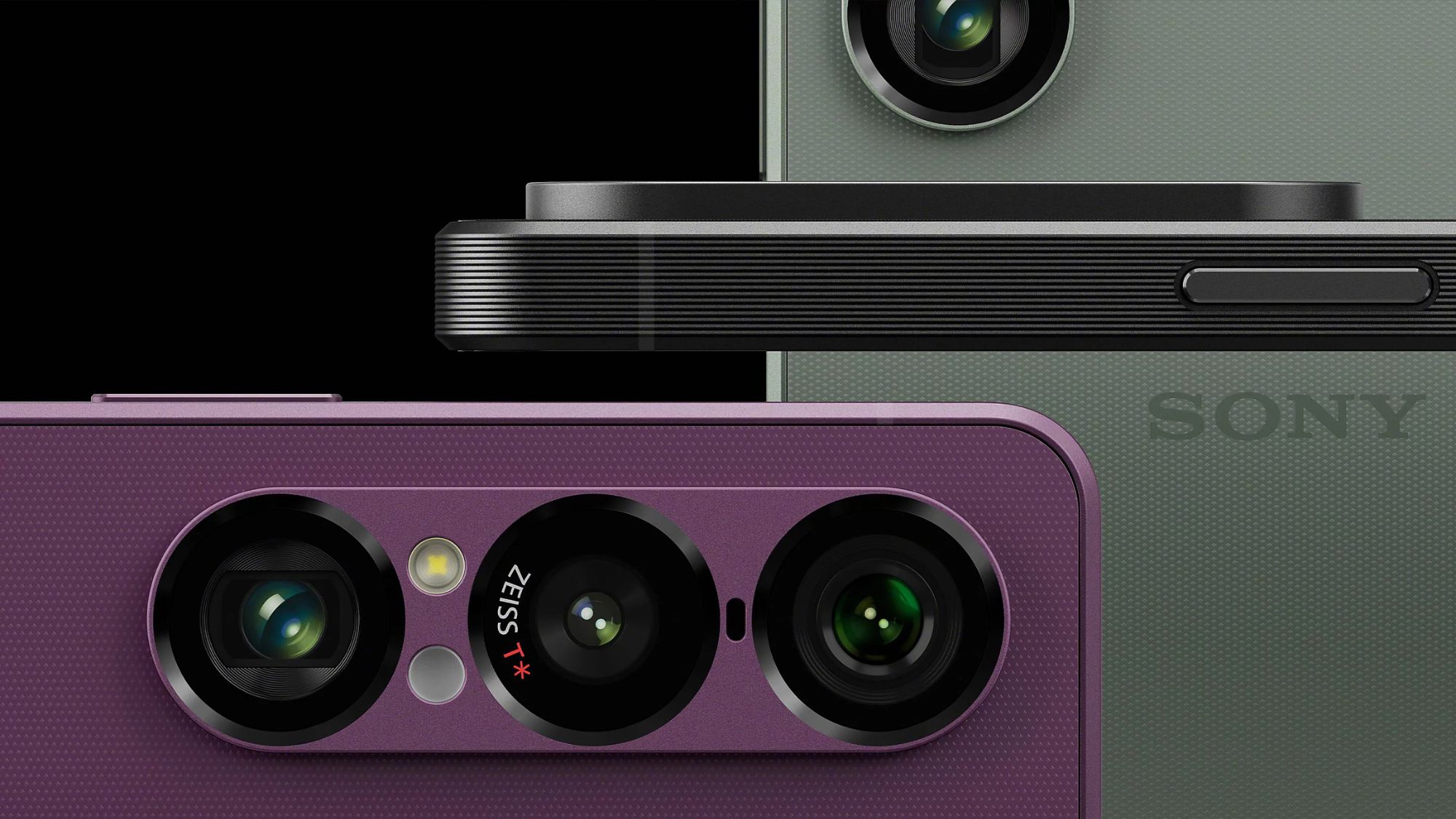
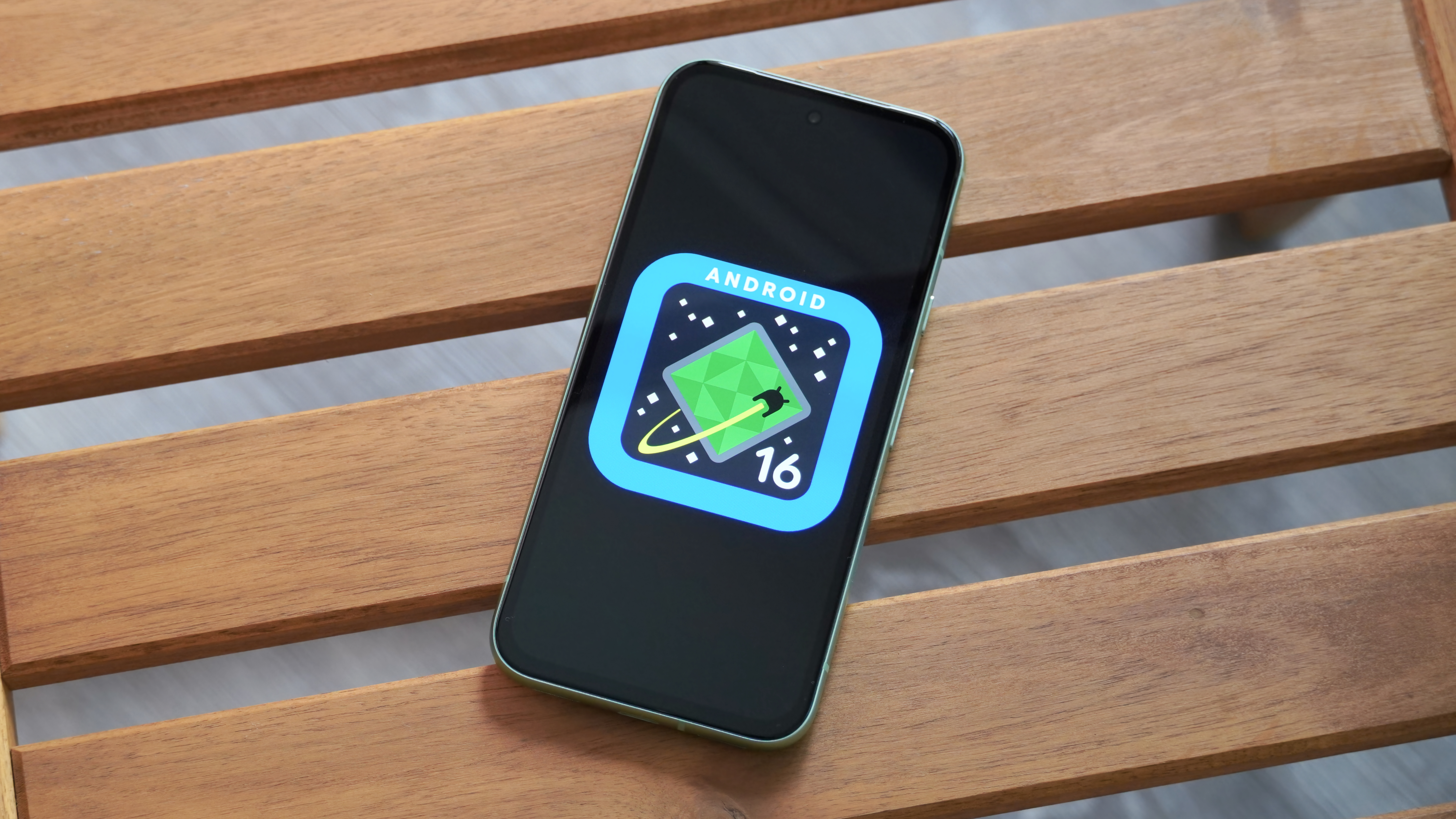


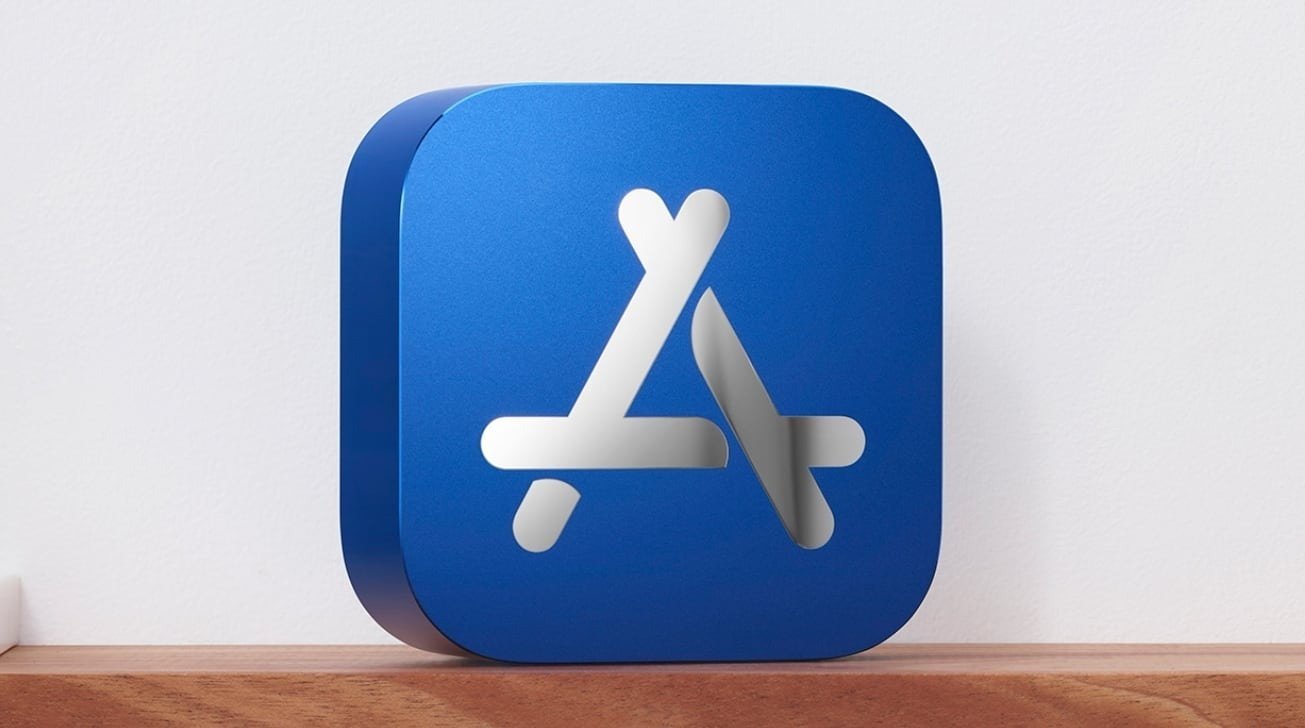
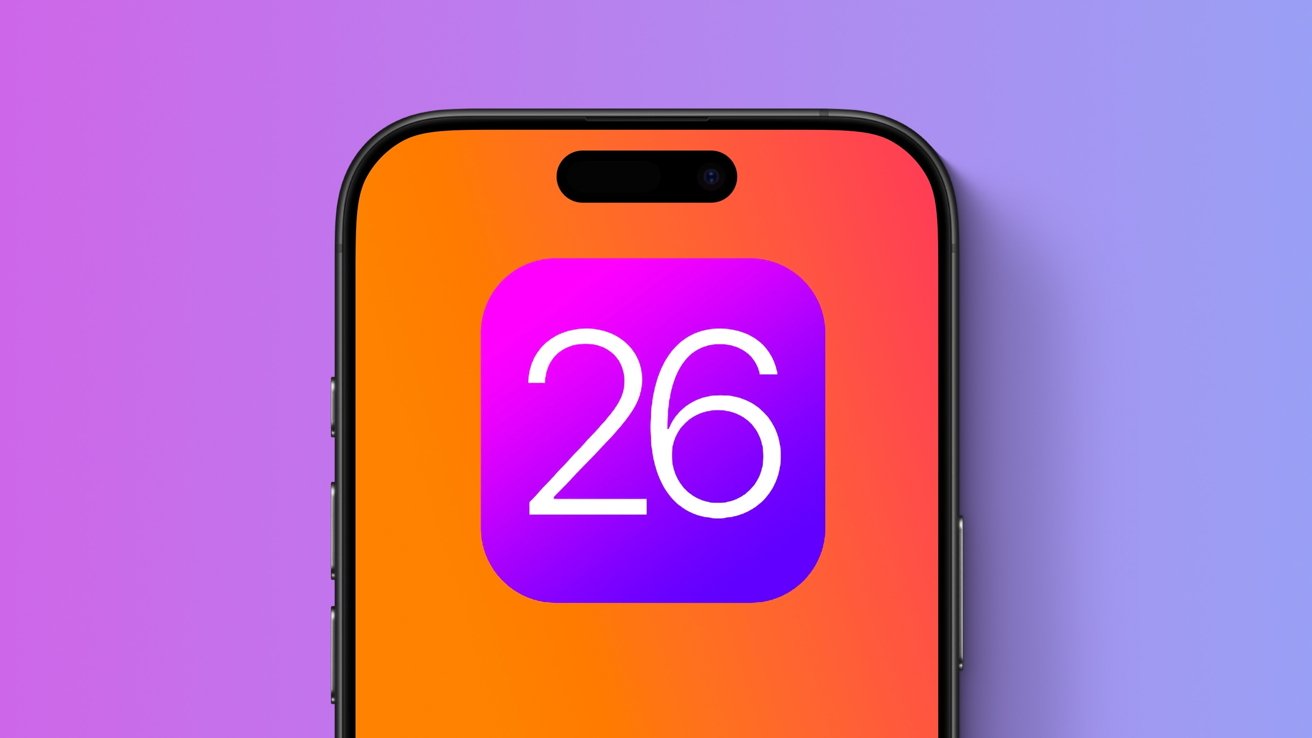


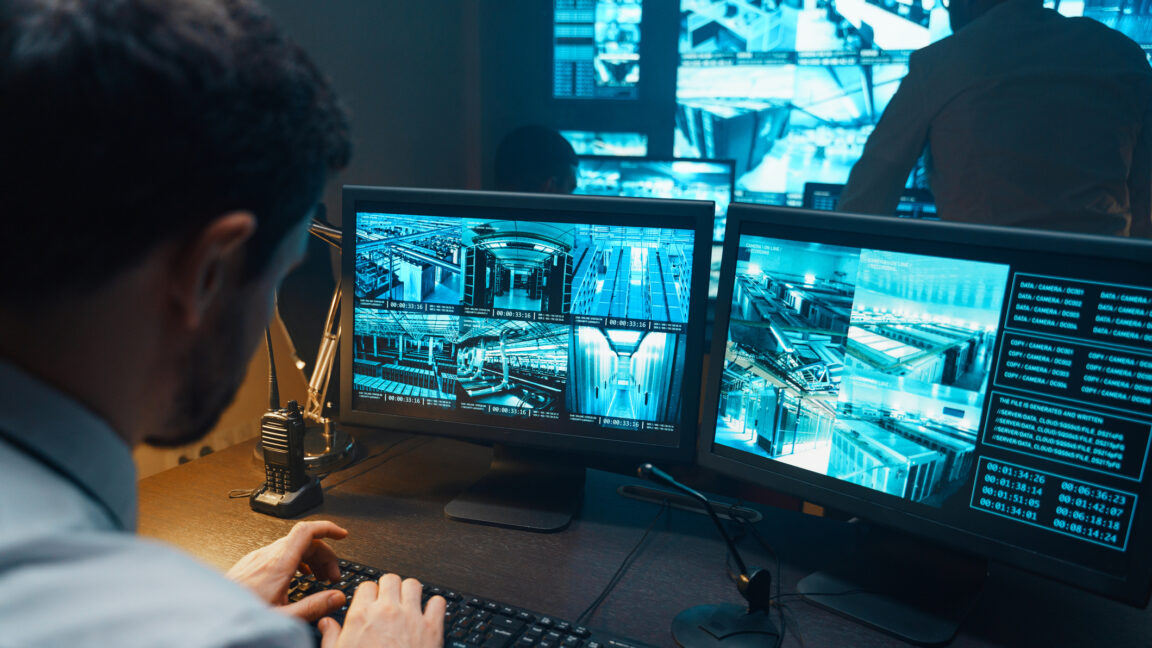
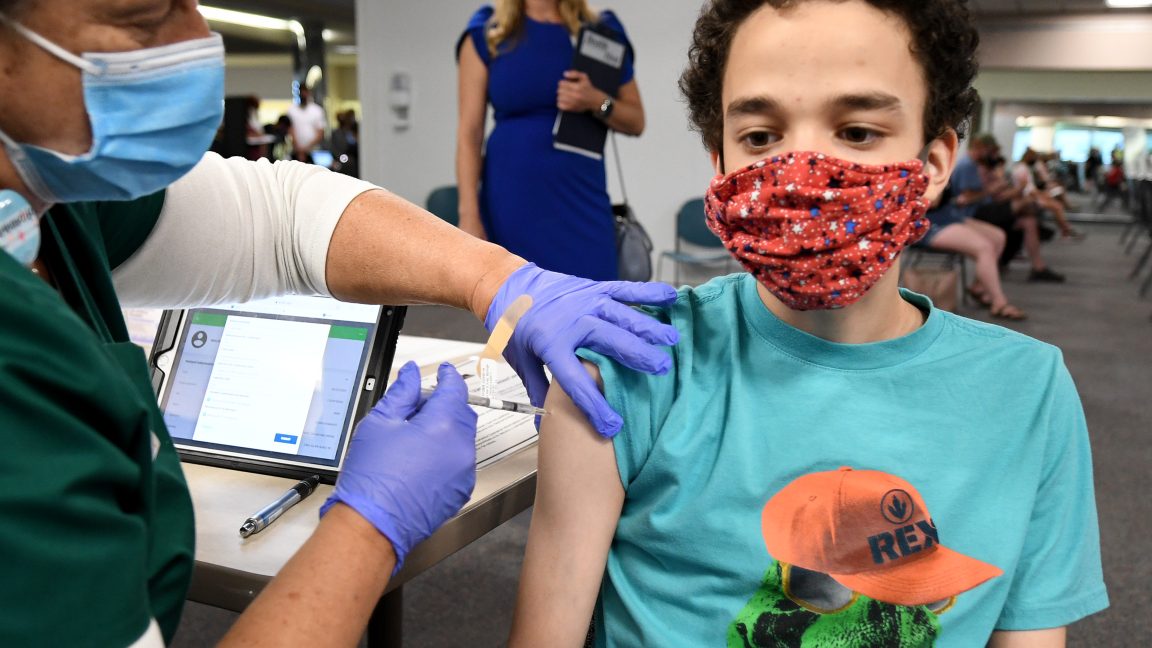
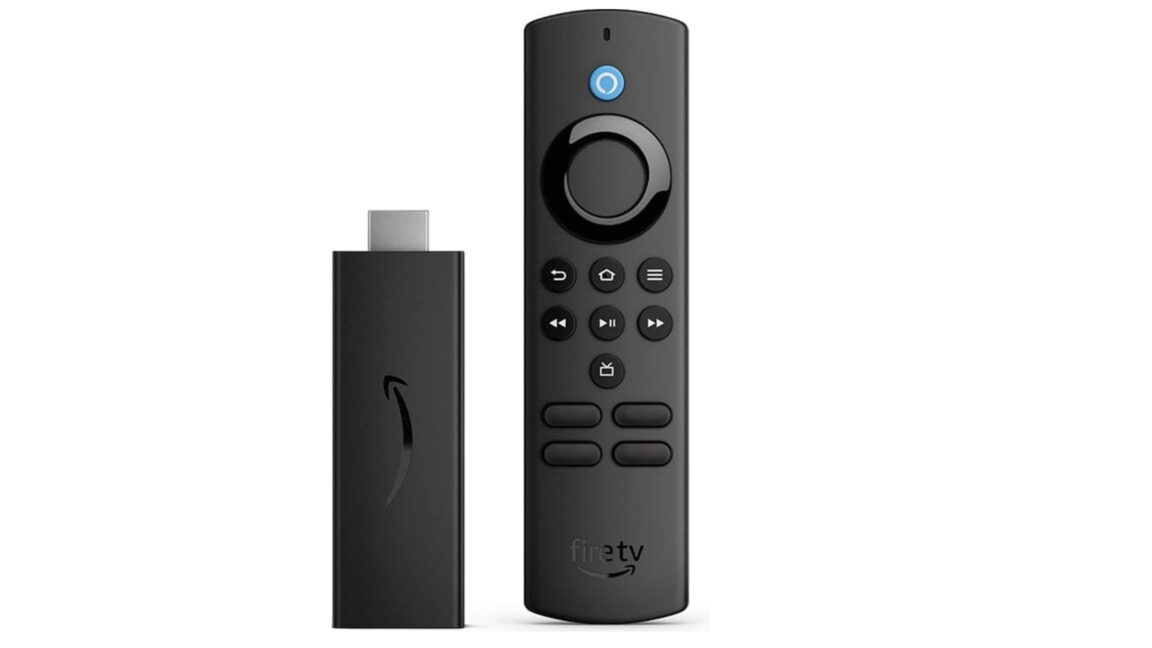






















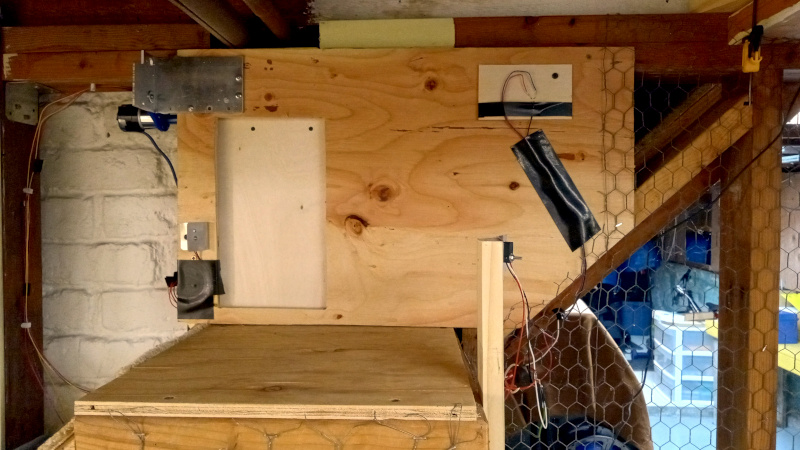
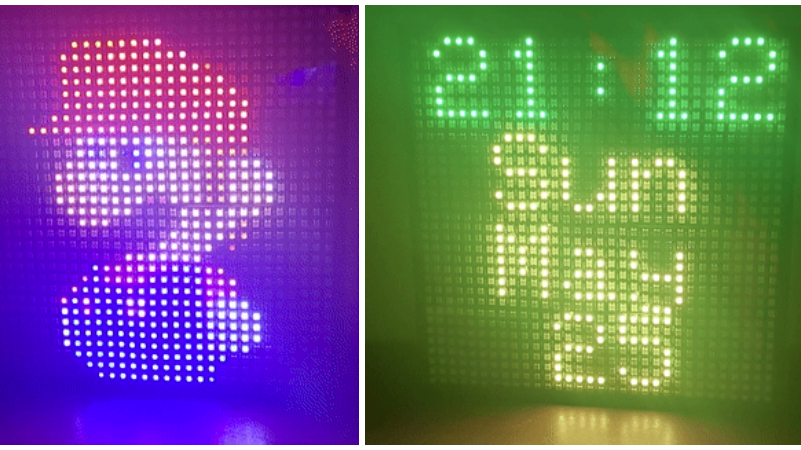













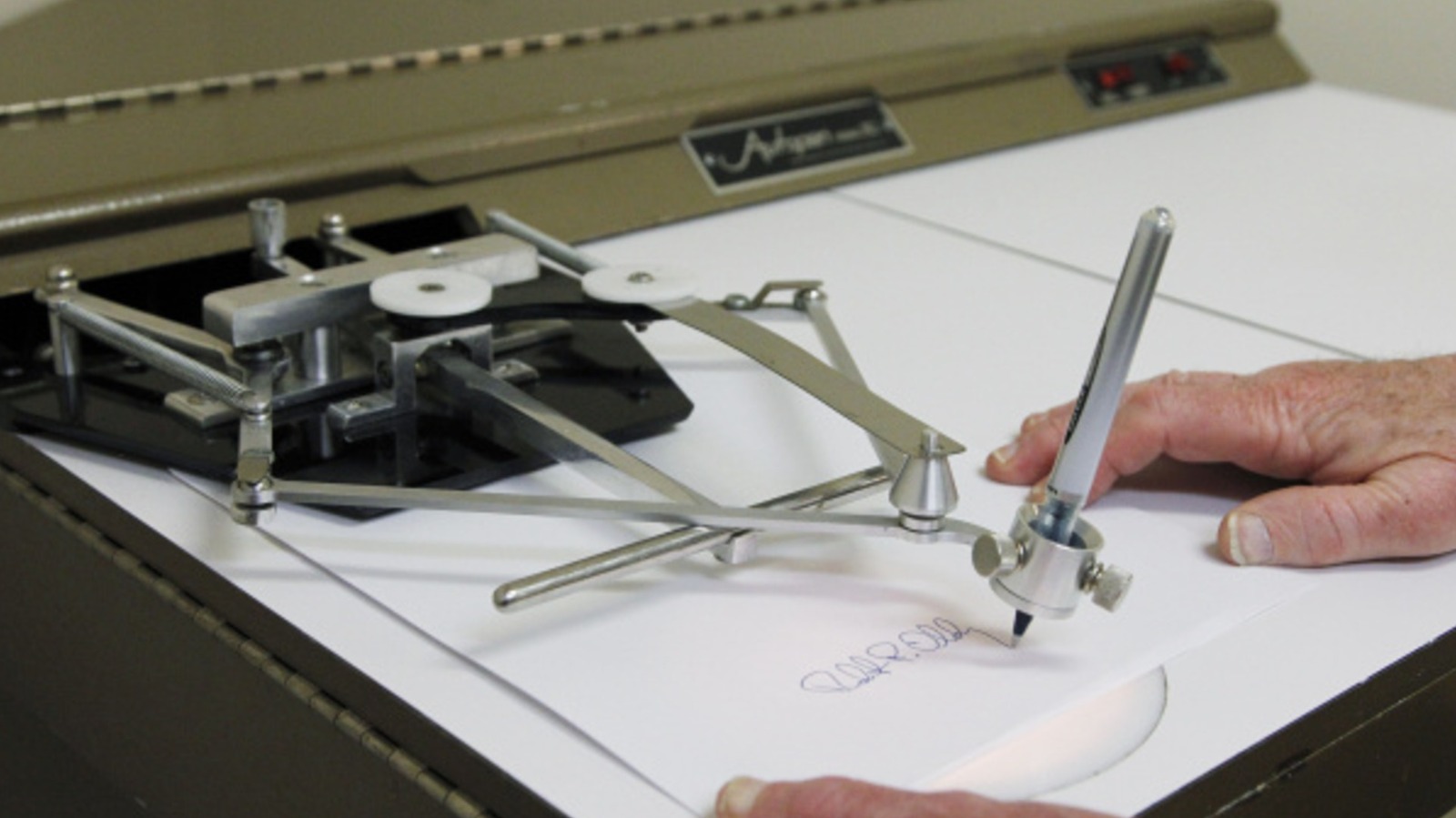

















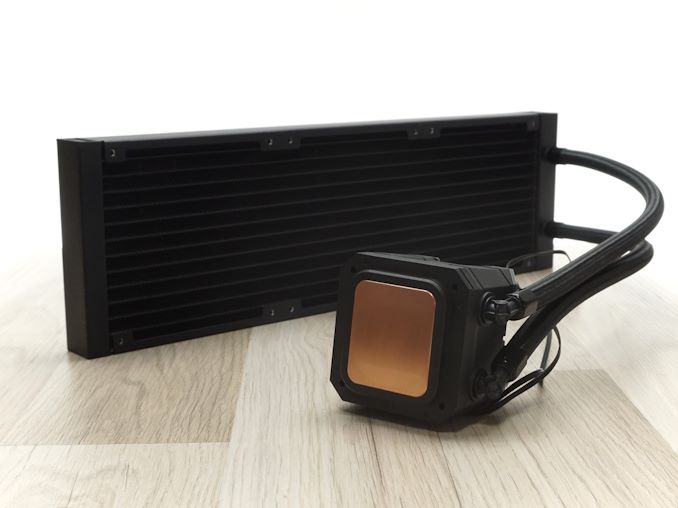
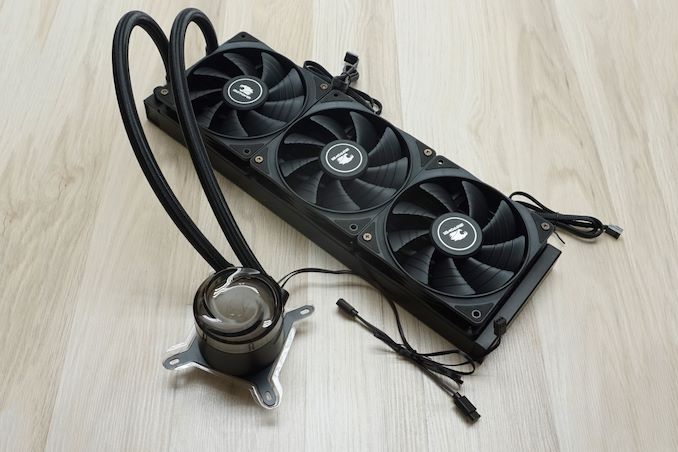






















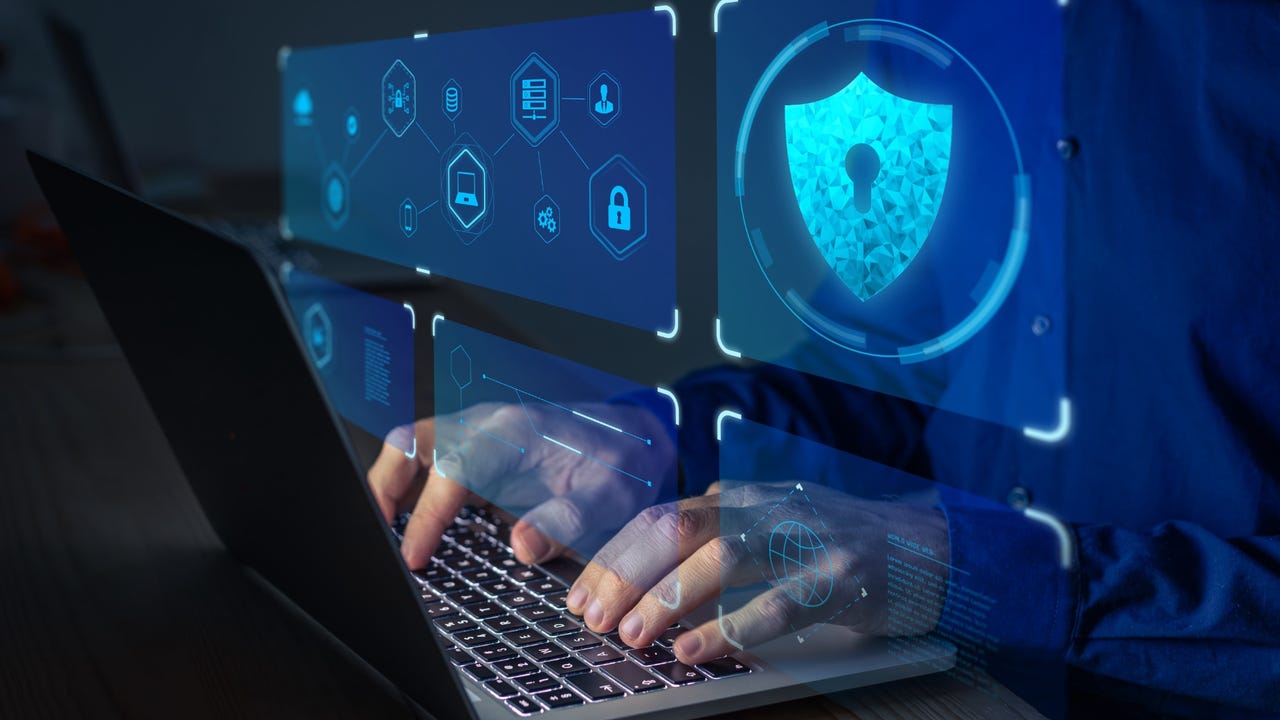
_Delphotos_Alamy.jpg?width=1280&auto=webp&quality=80&disable=upscale#)

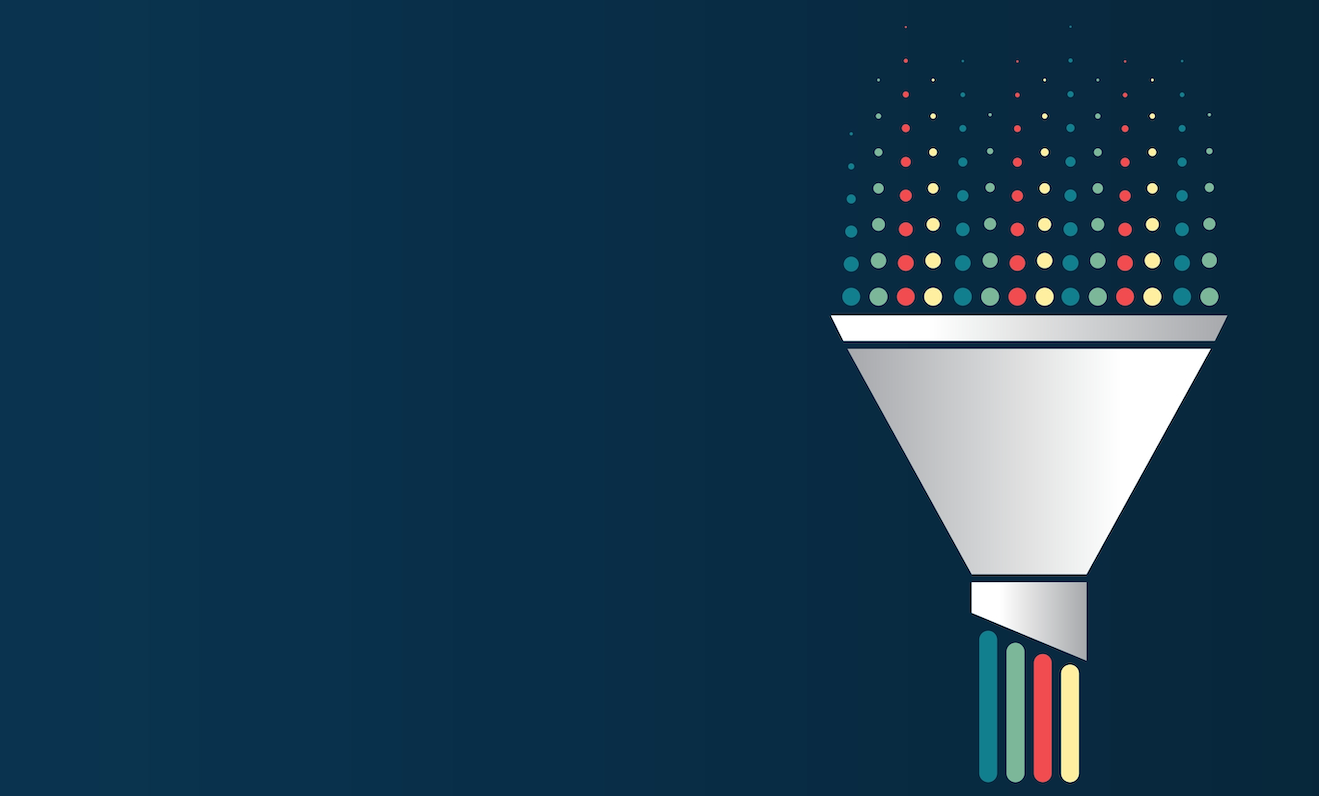
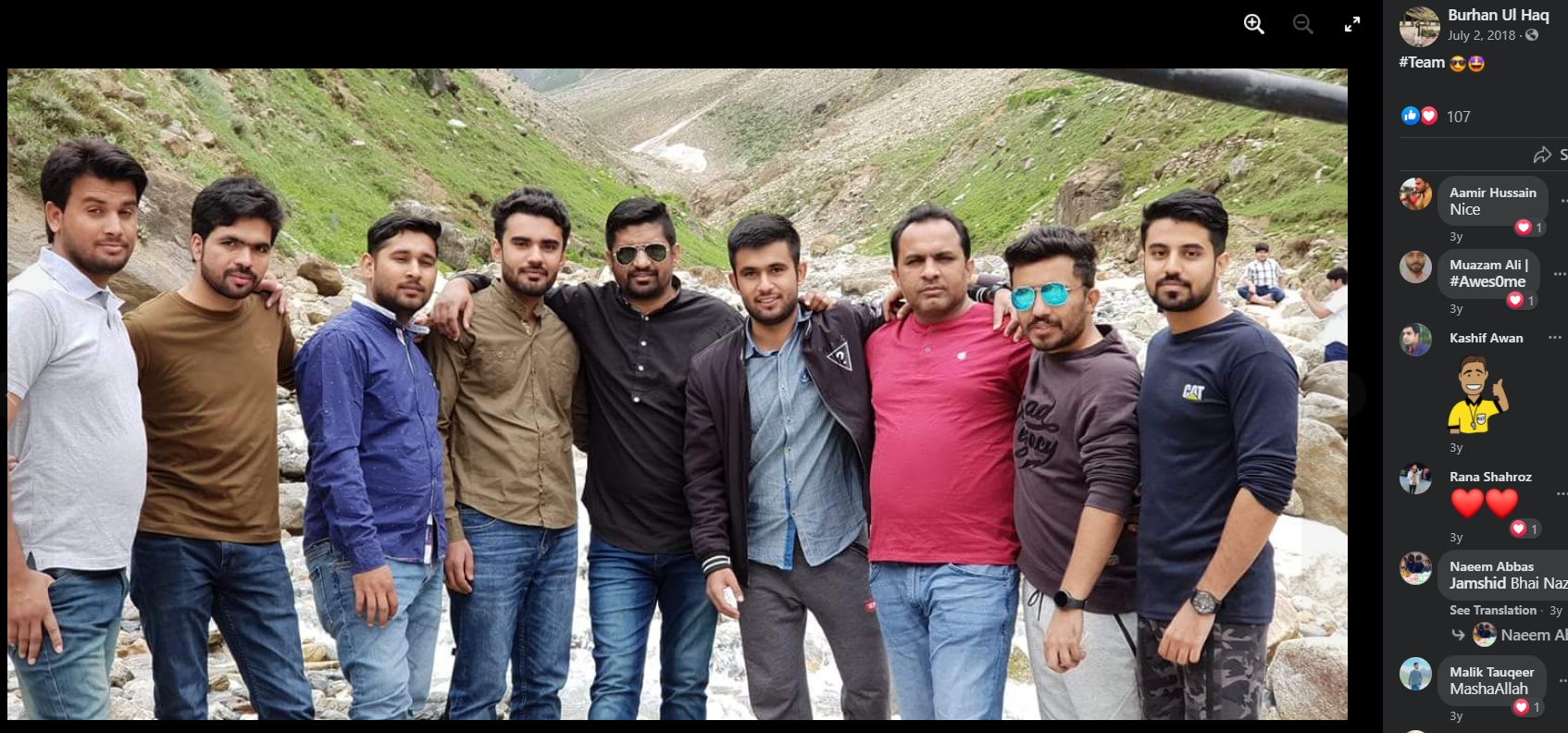














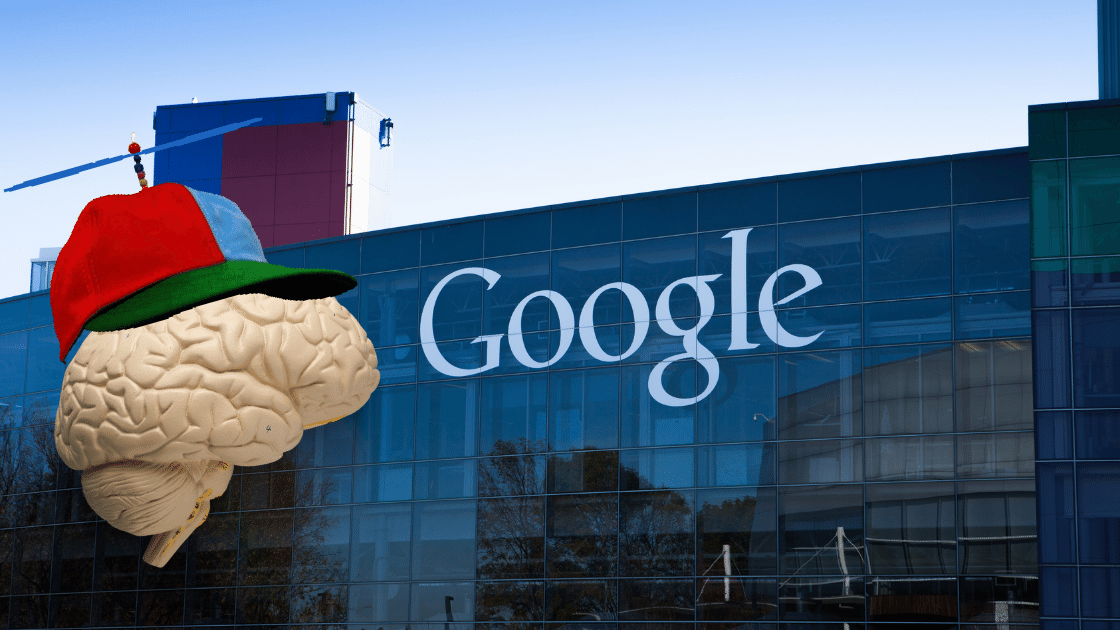

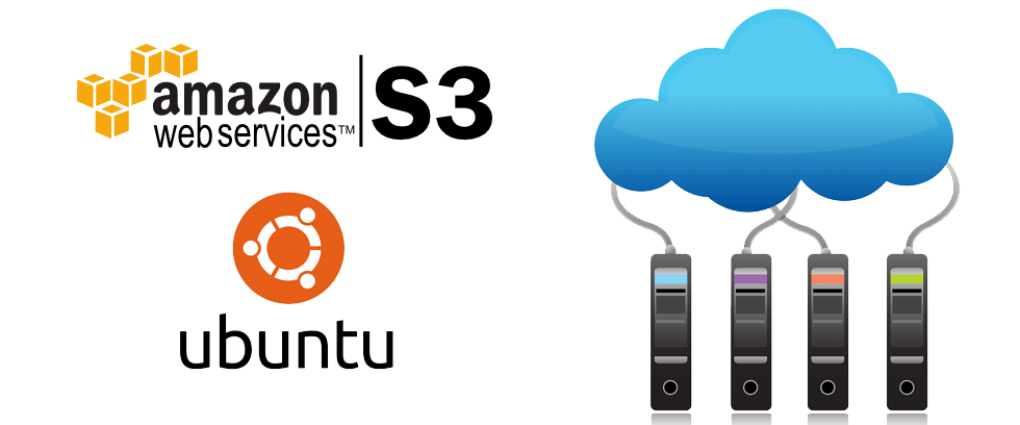
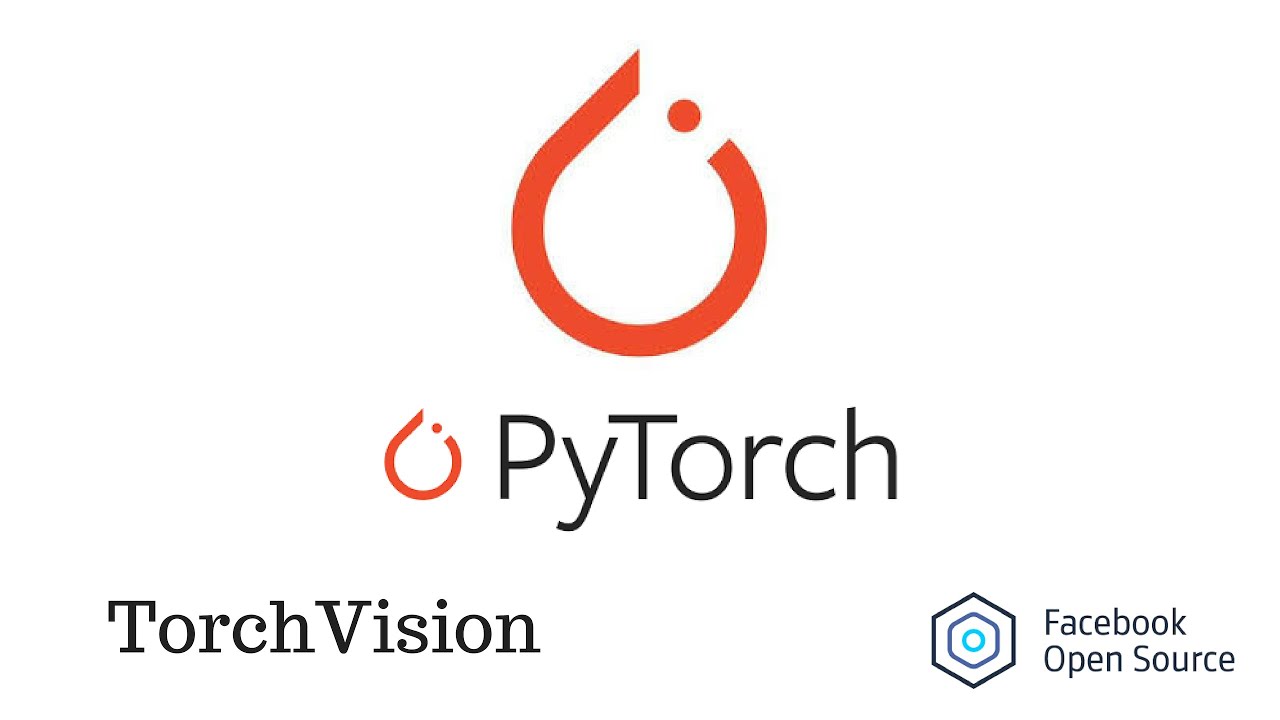
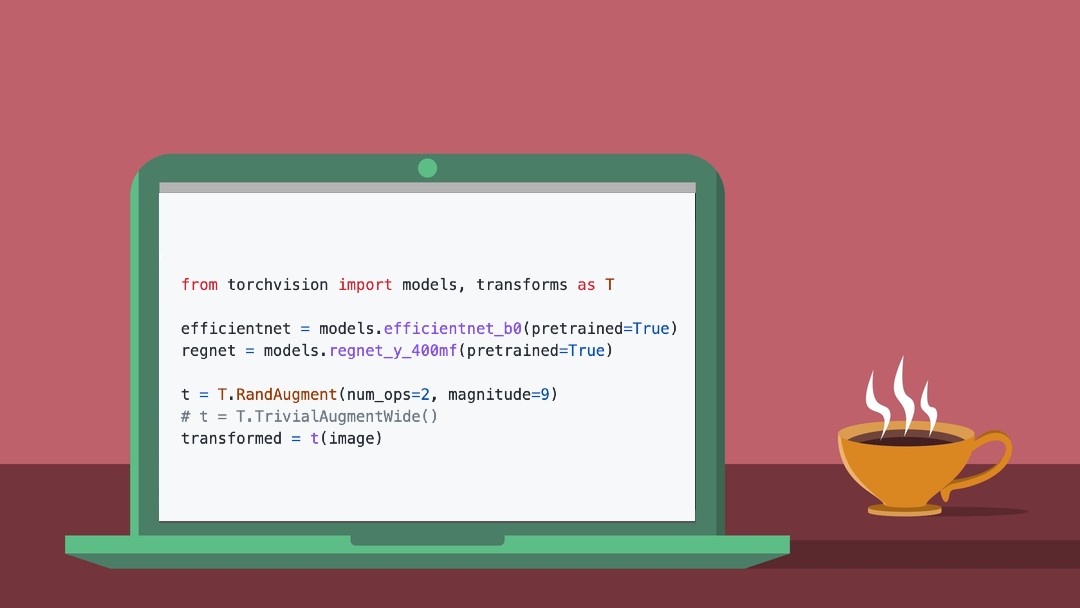

















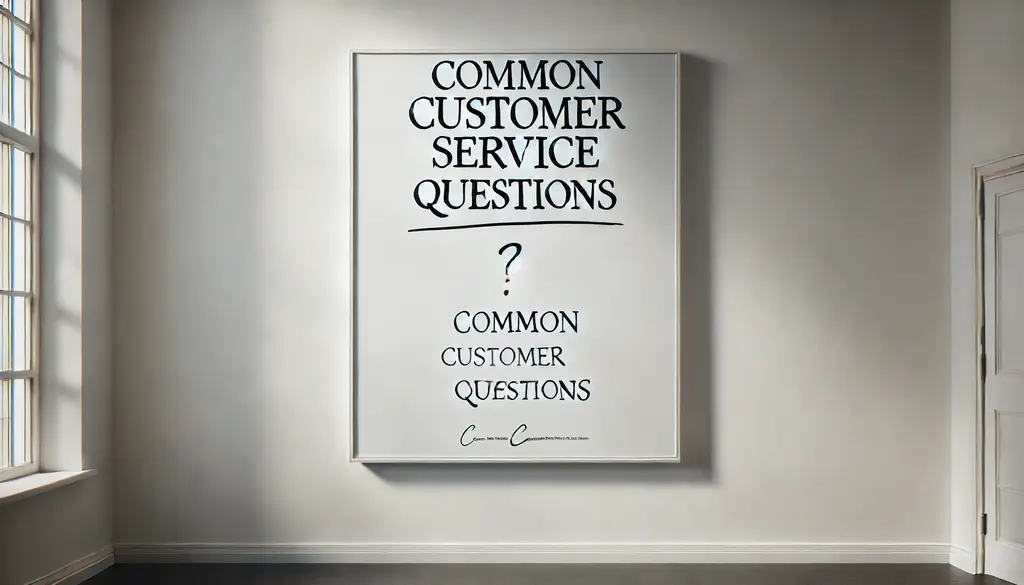
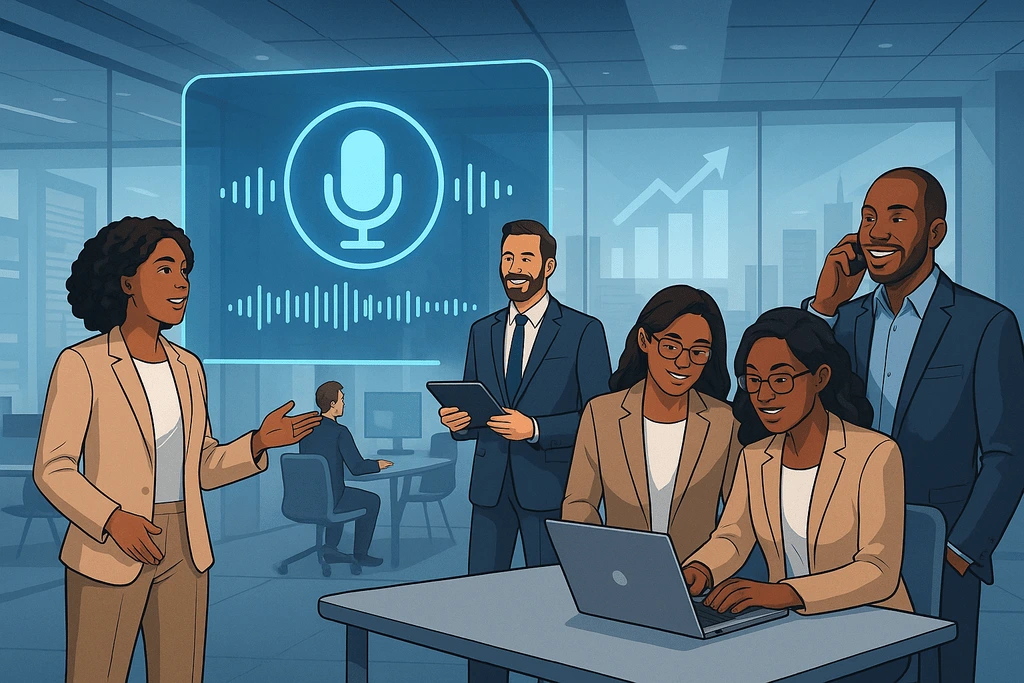









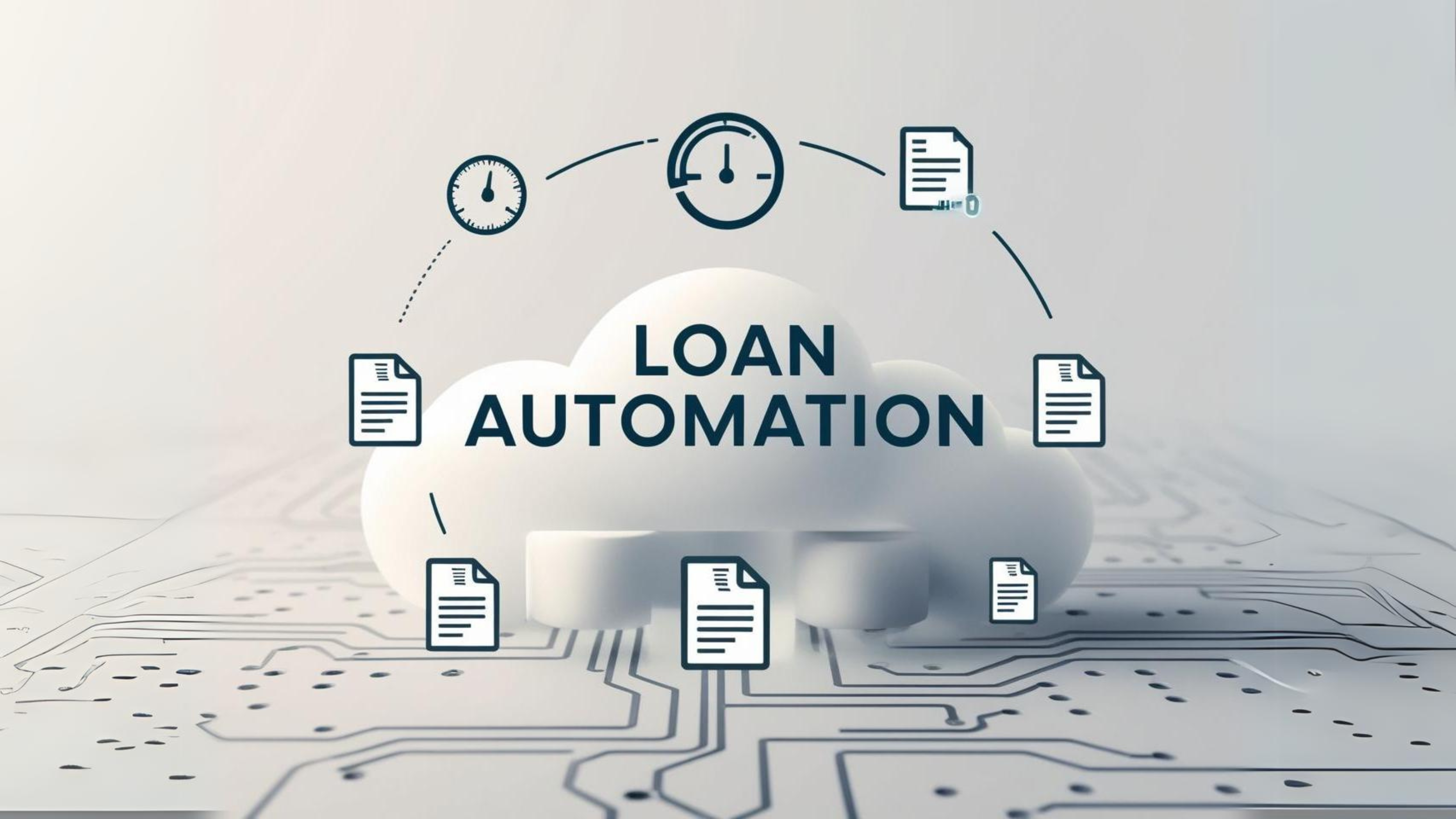
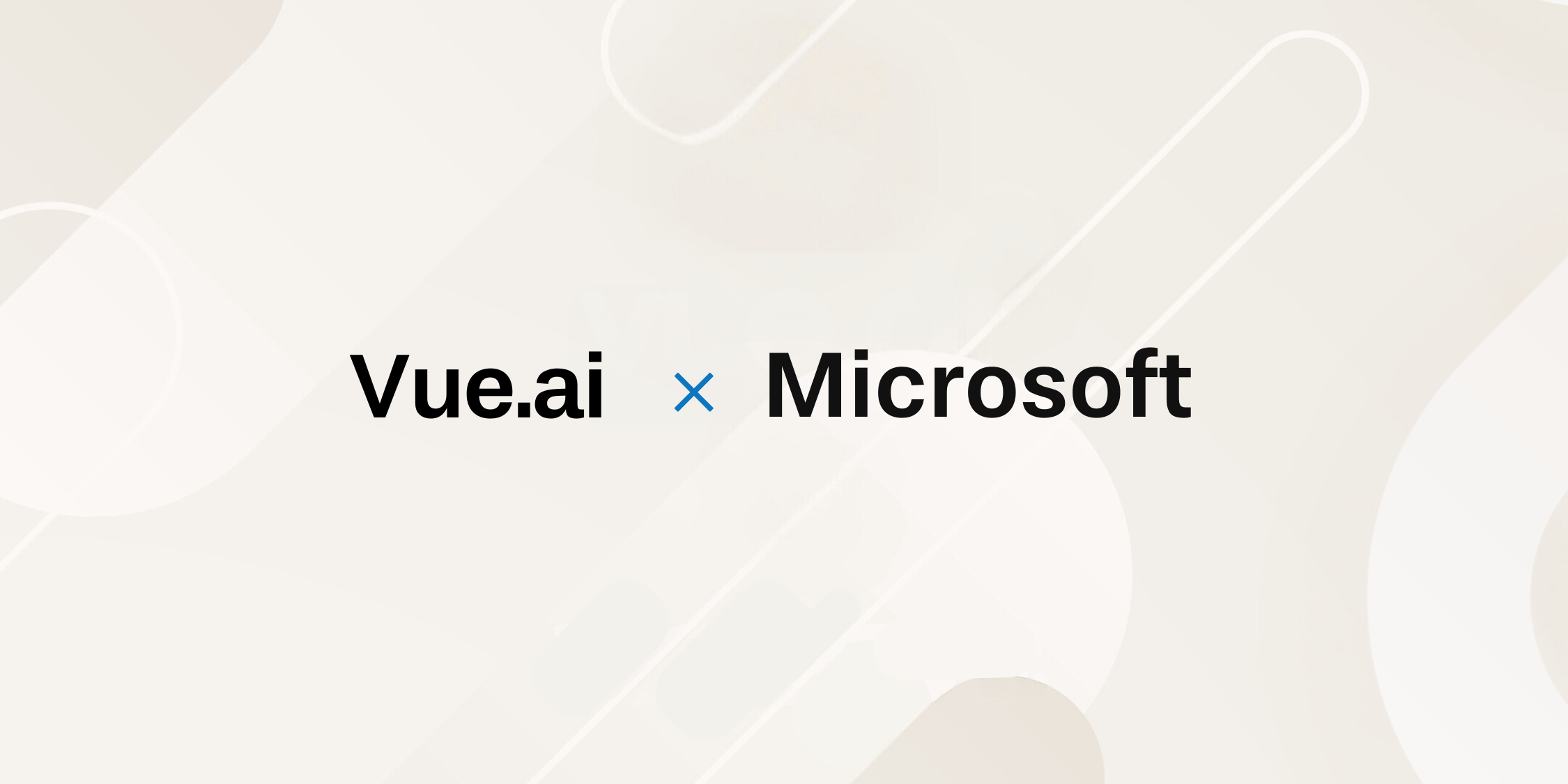









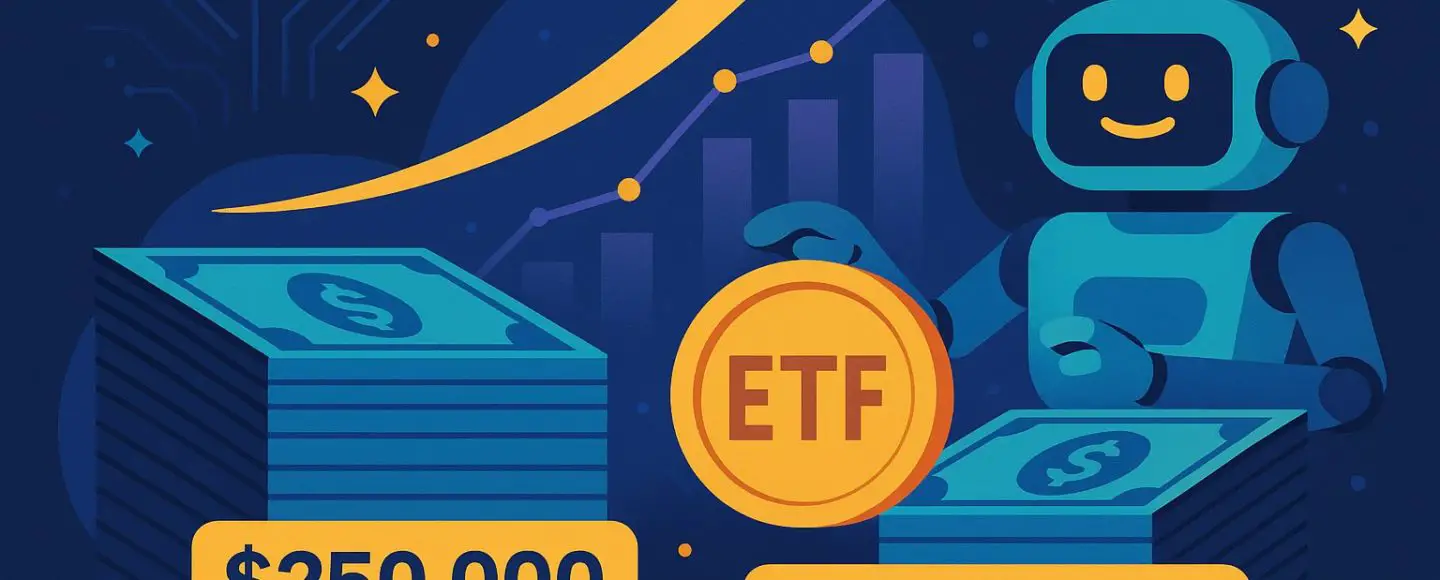

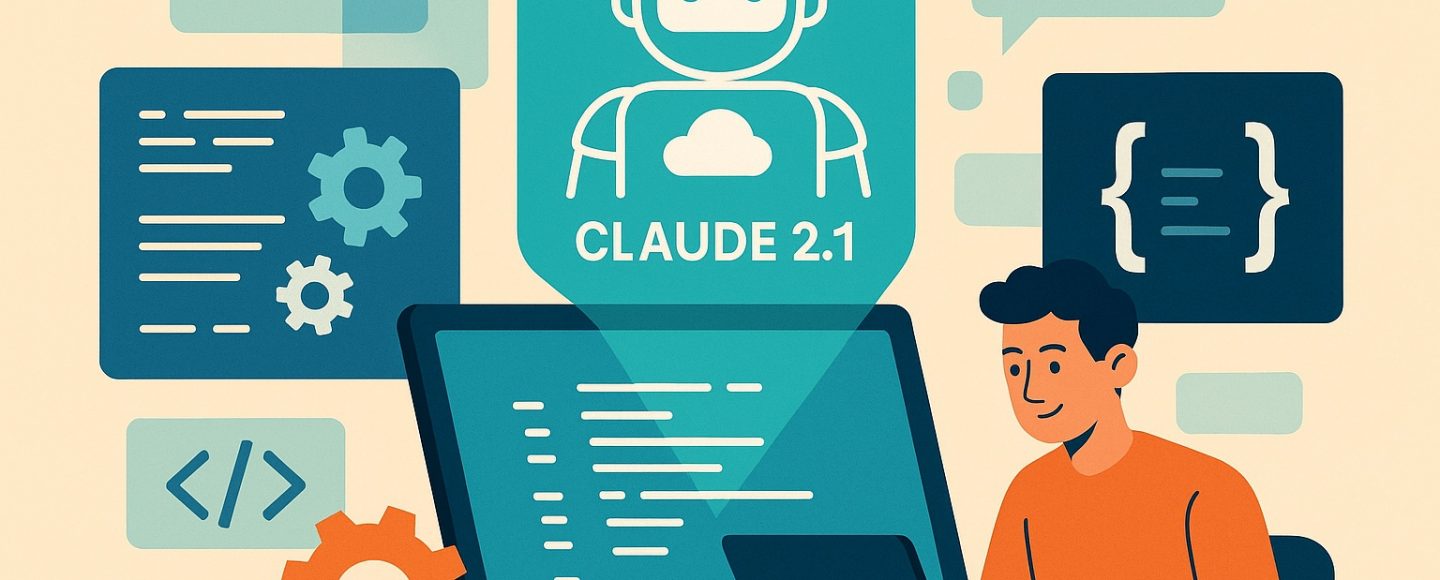

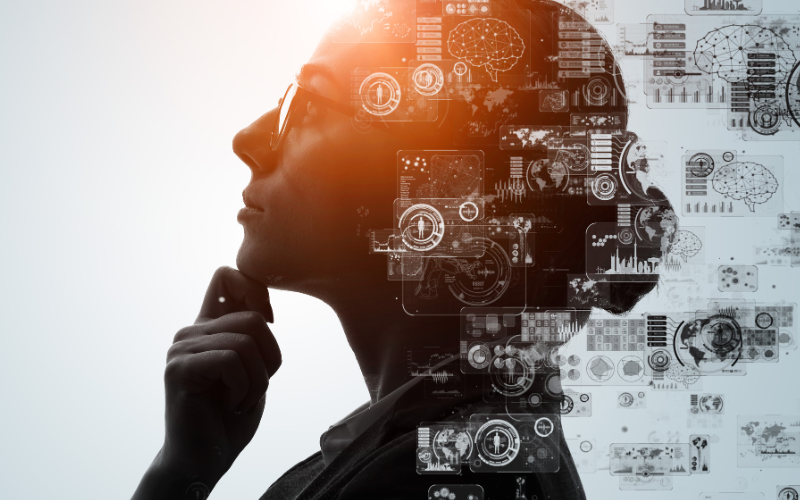
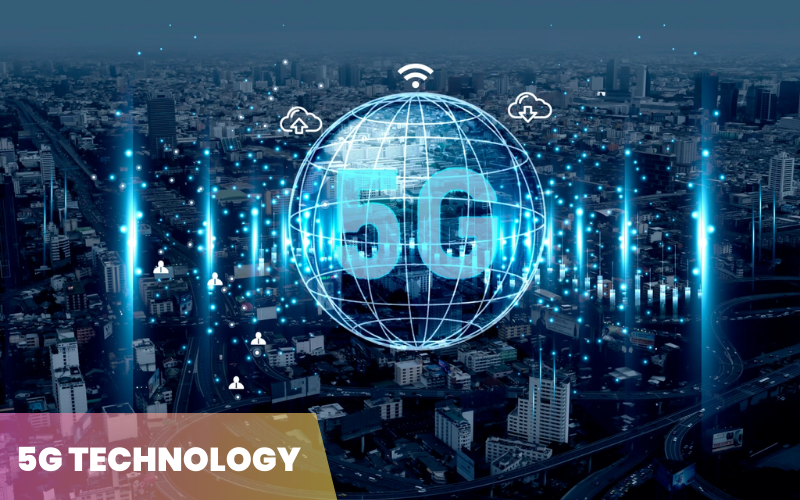
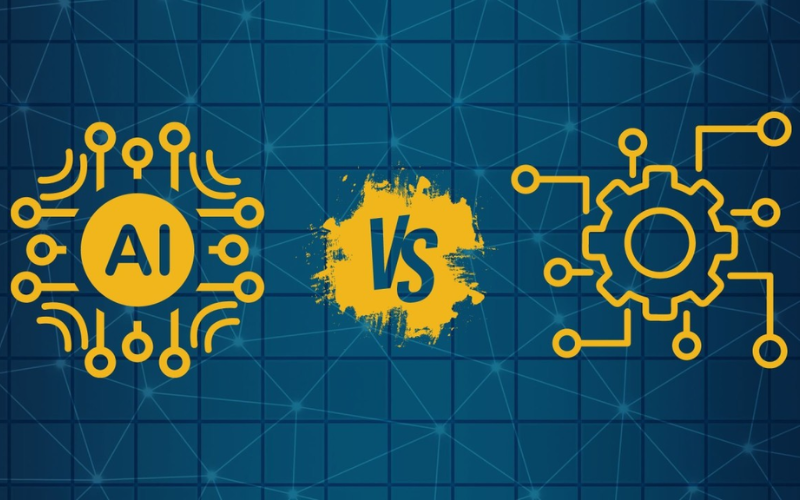

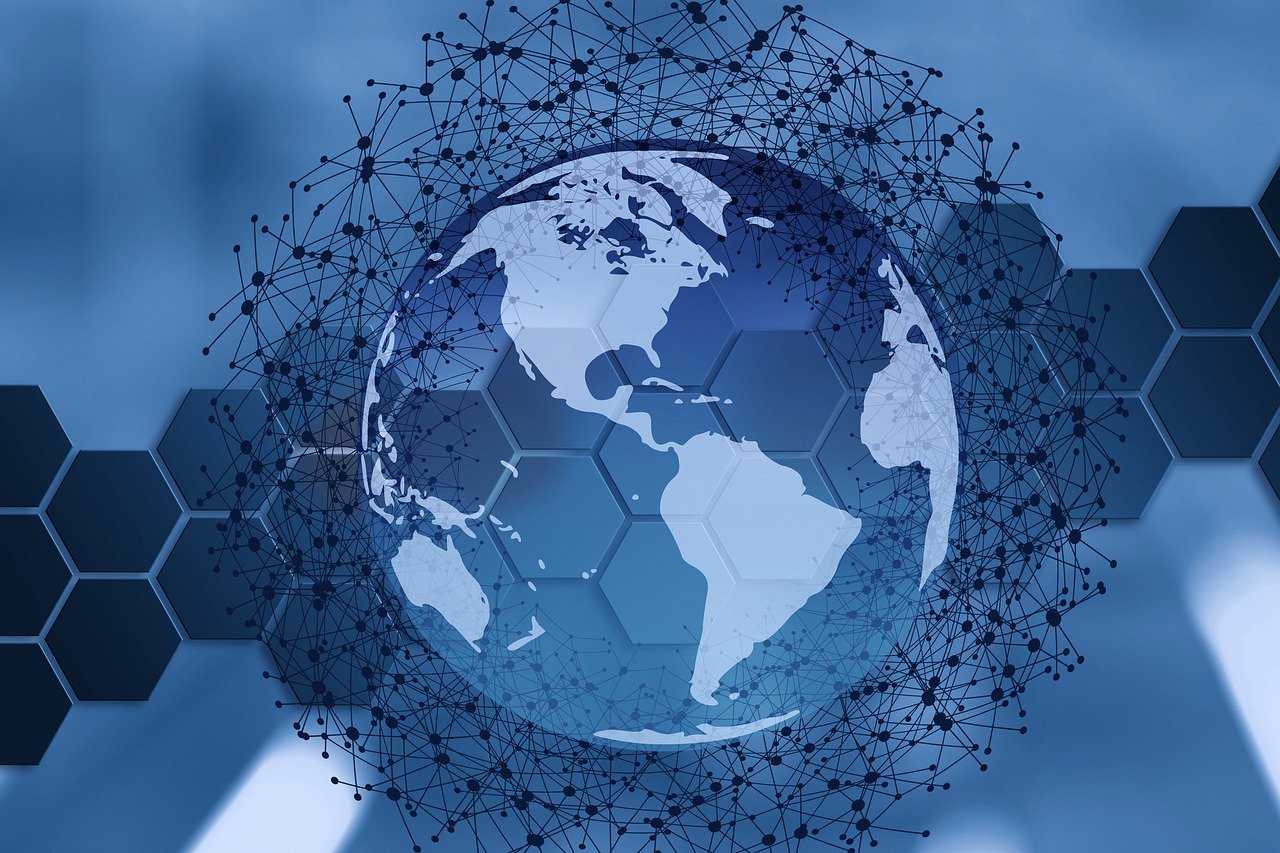




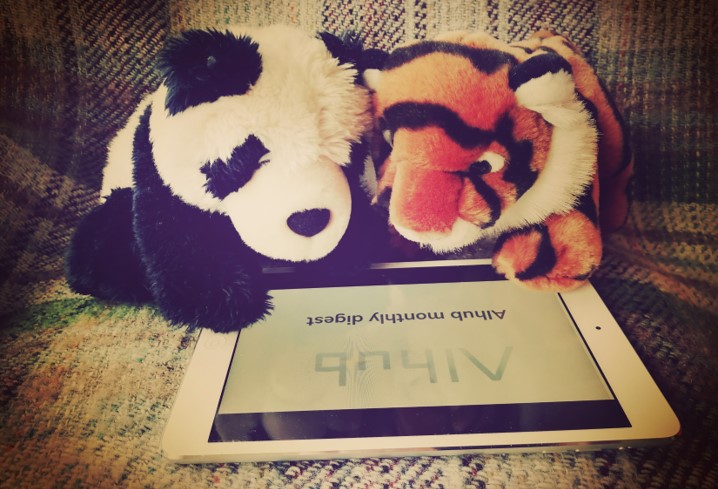

















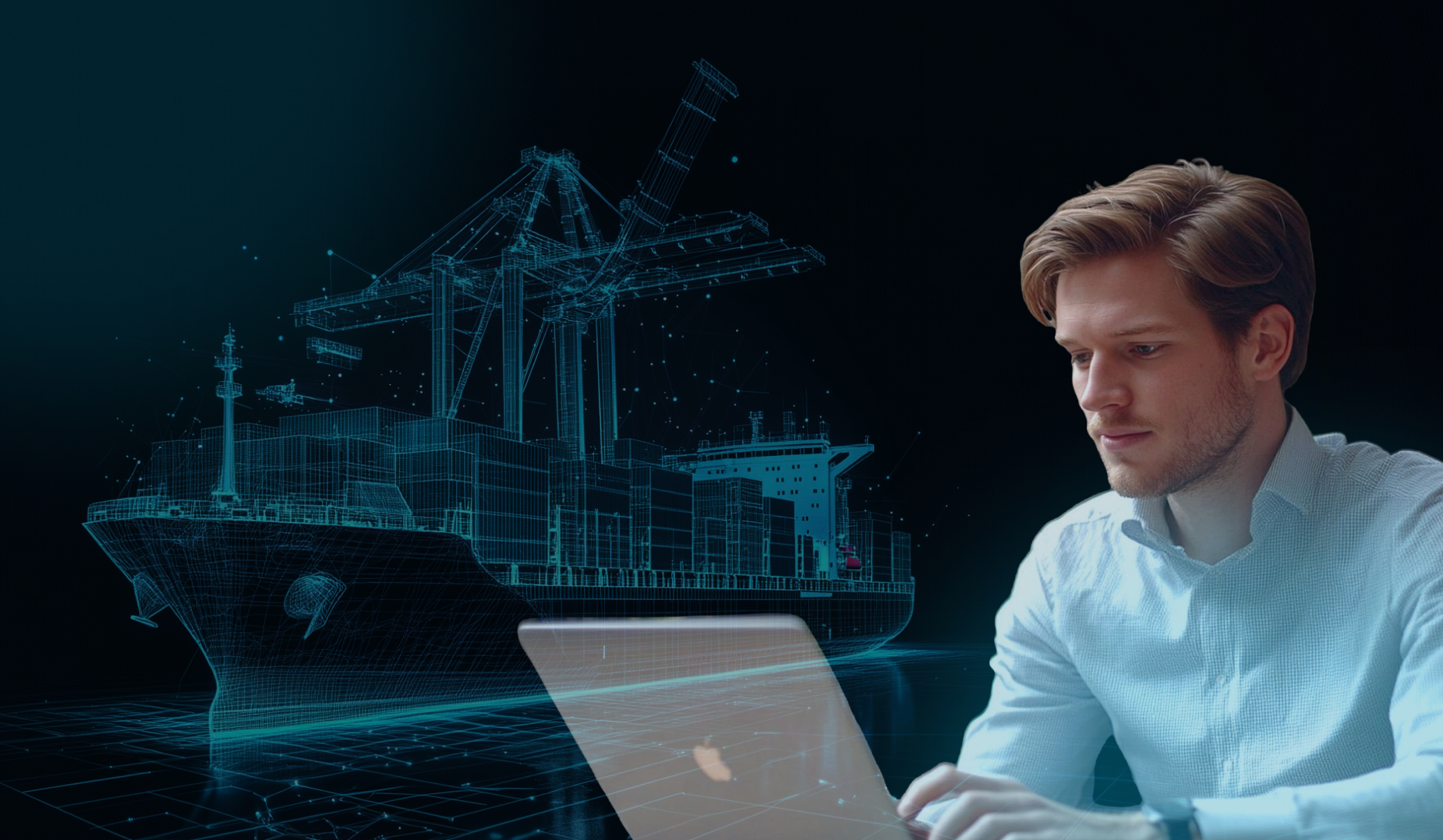



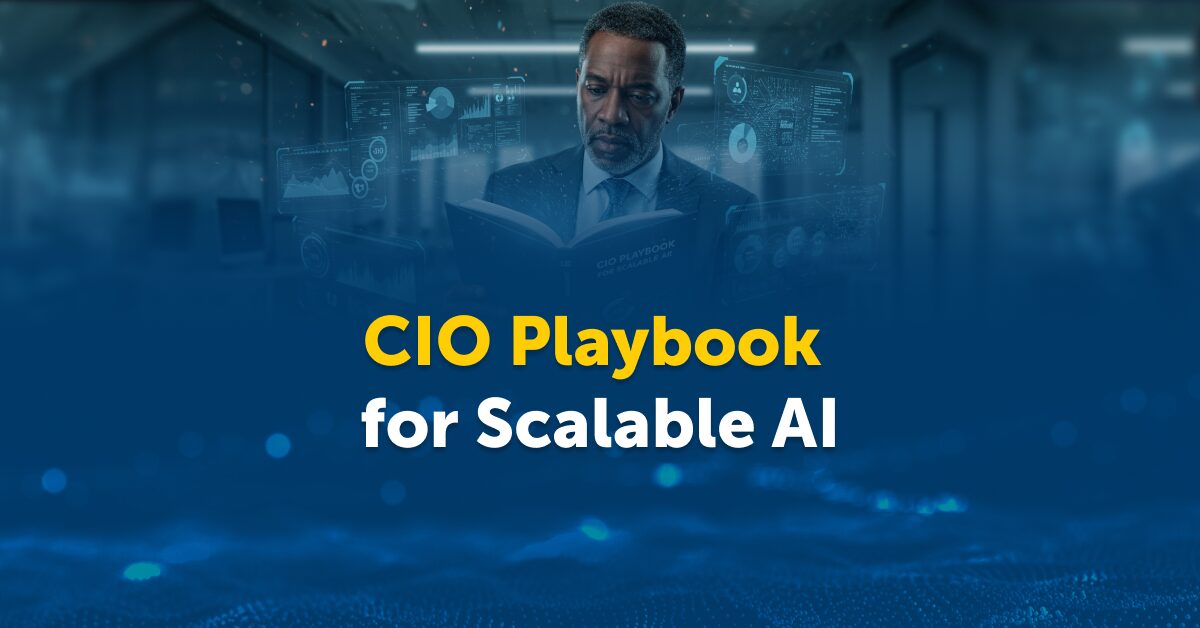
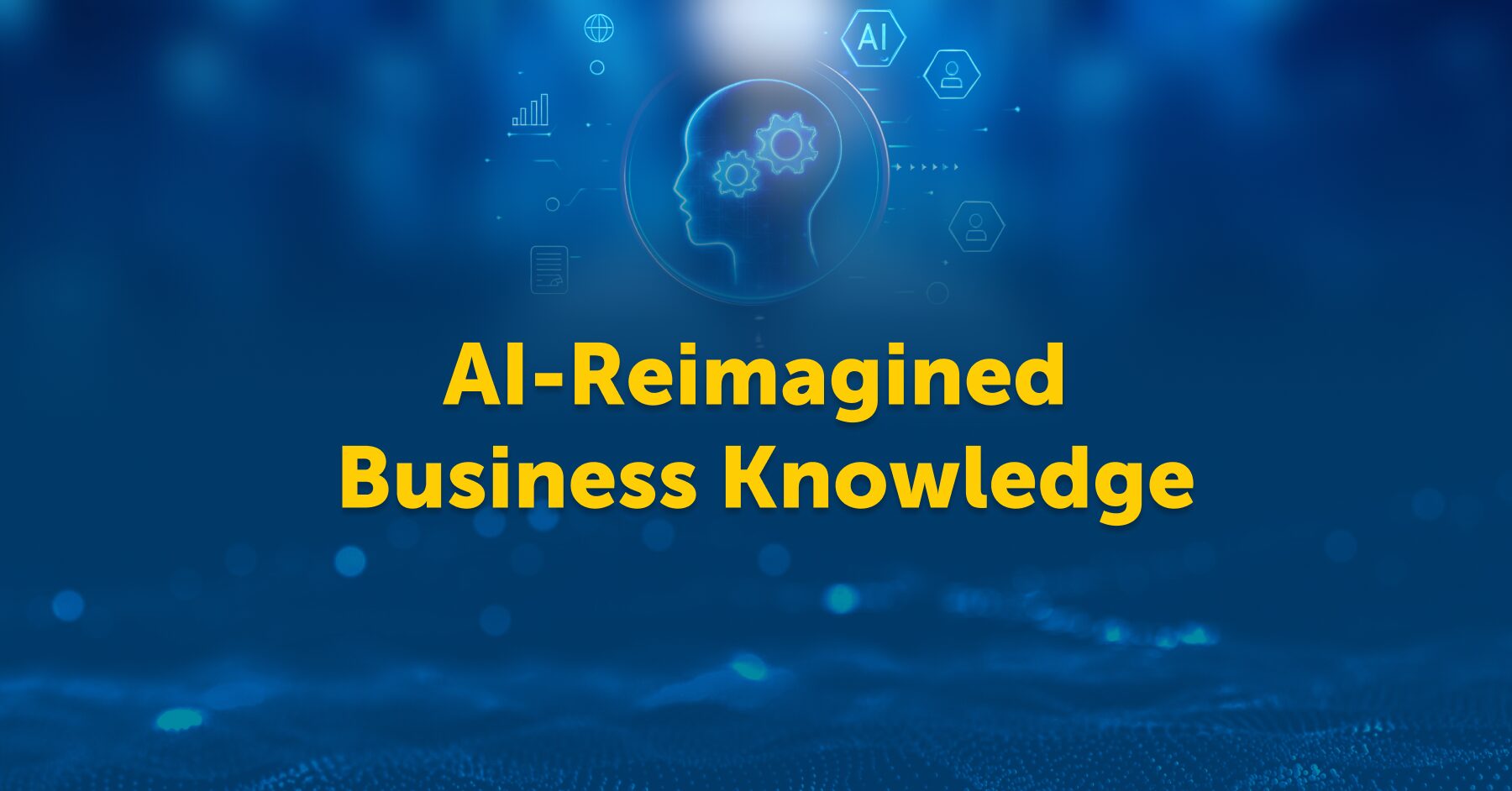




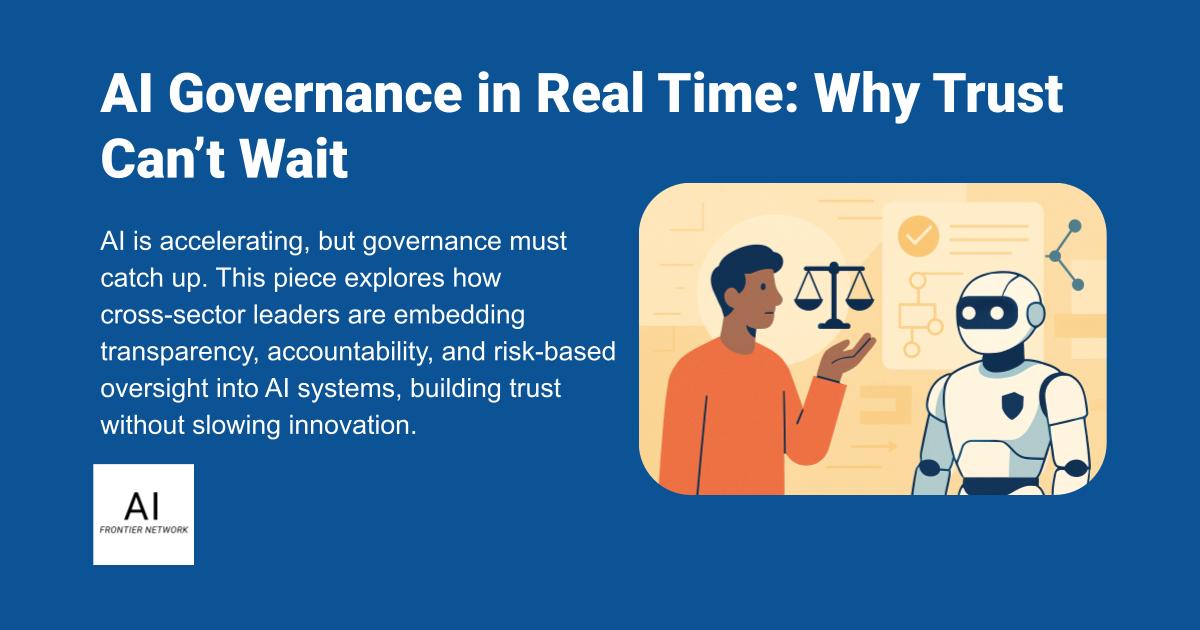




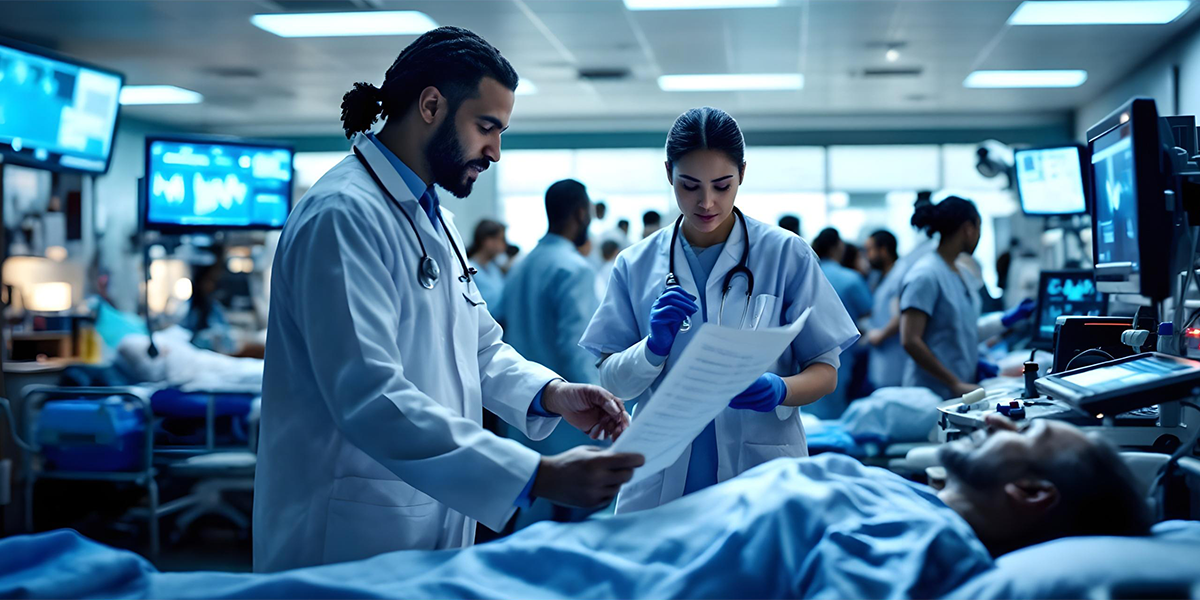







![[The AI Show Episode 150]: AI Answers: AI Roadmaps, Which Tools to Use, Making the Case for AI, Training, and Building GPTs](https://www.marketingaiinstitute.com/hubfs/ep%20150%20cover.png)
![[The AI Show Episode 149]: Google I/O, Claude 4, White Collar Jobs Automated in 5 Years, Jony Ive Joins OpenAI, and AI’s Impact on the Environment](https://www.marketingaiinstitute.com/hubfs/ep%20149%20cover.png)
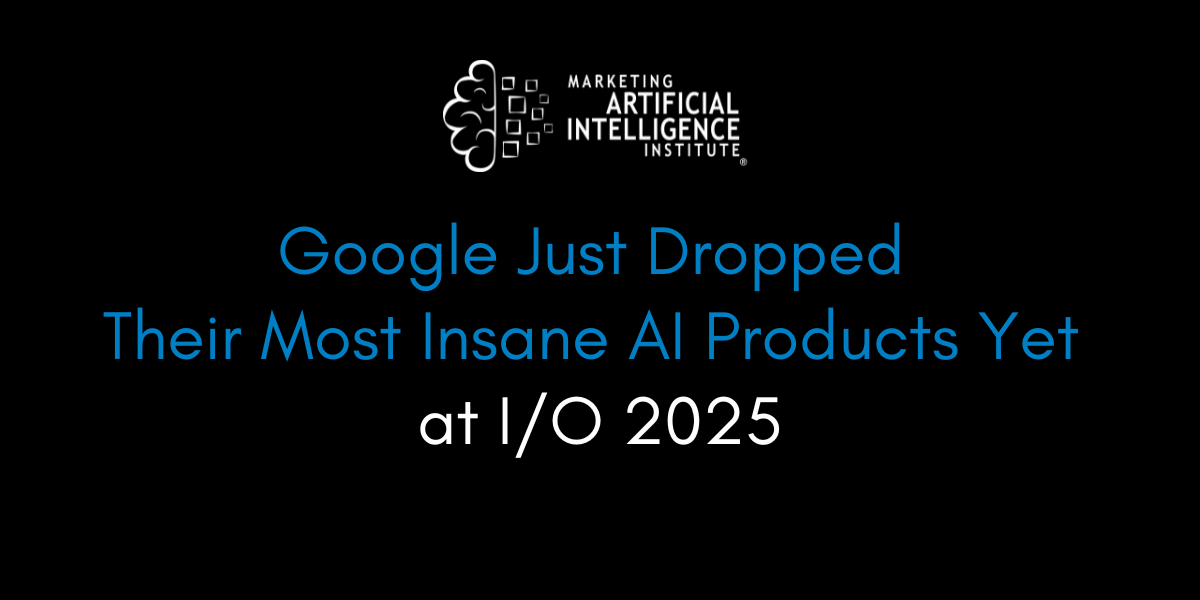




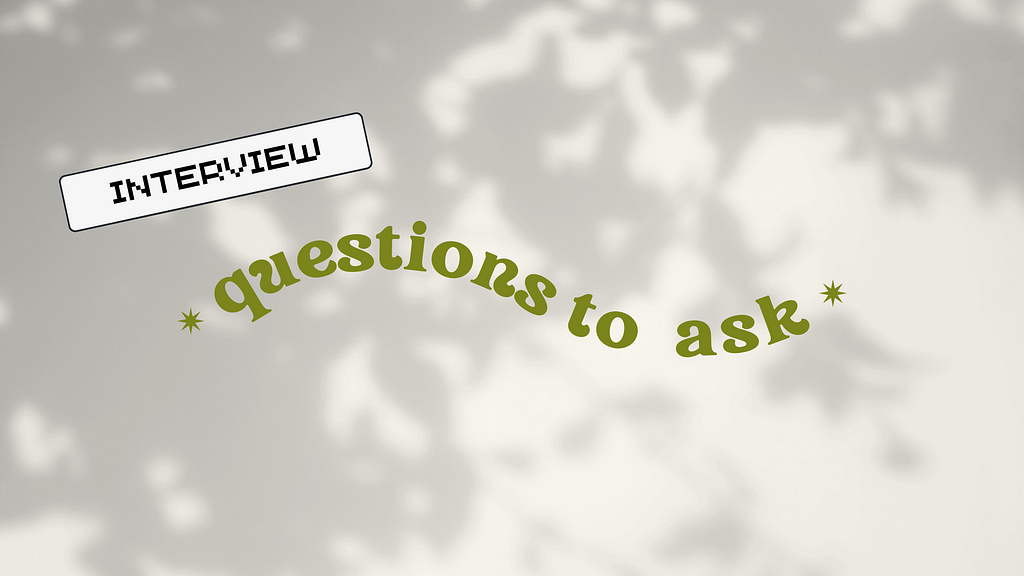





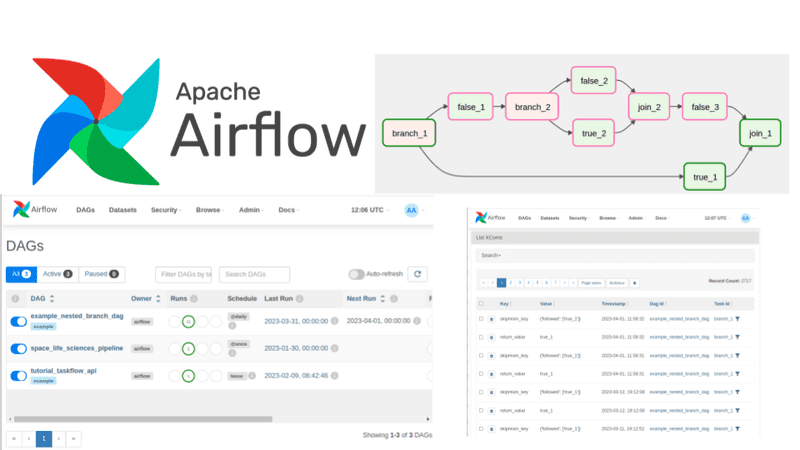

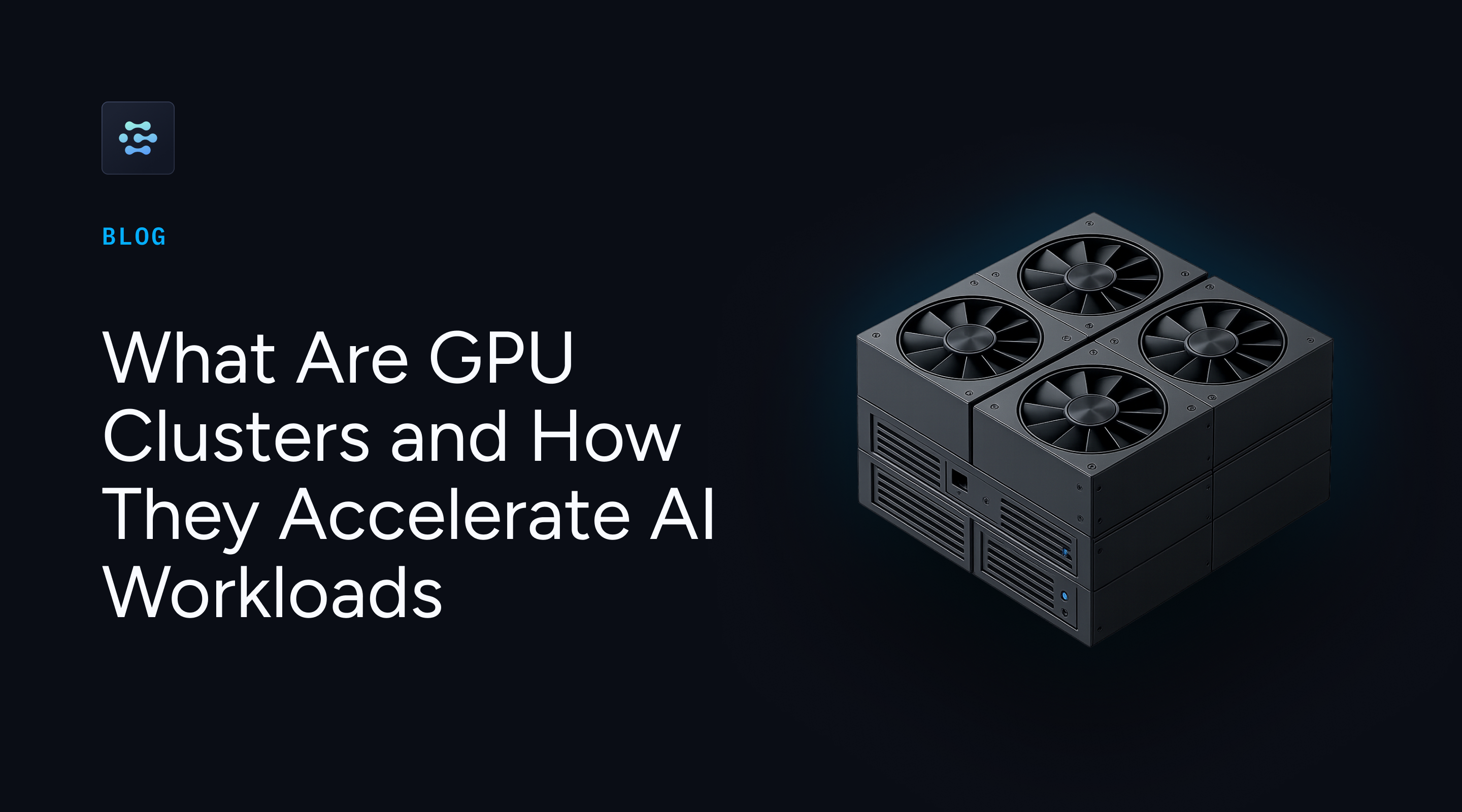
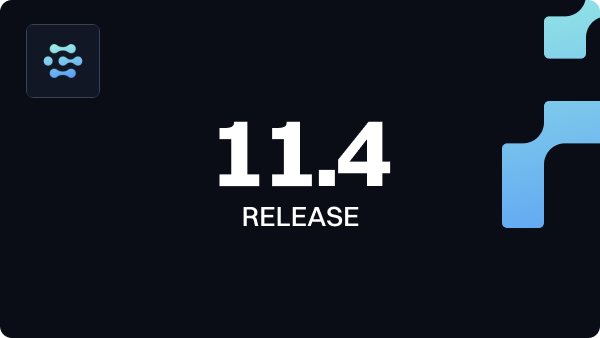






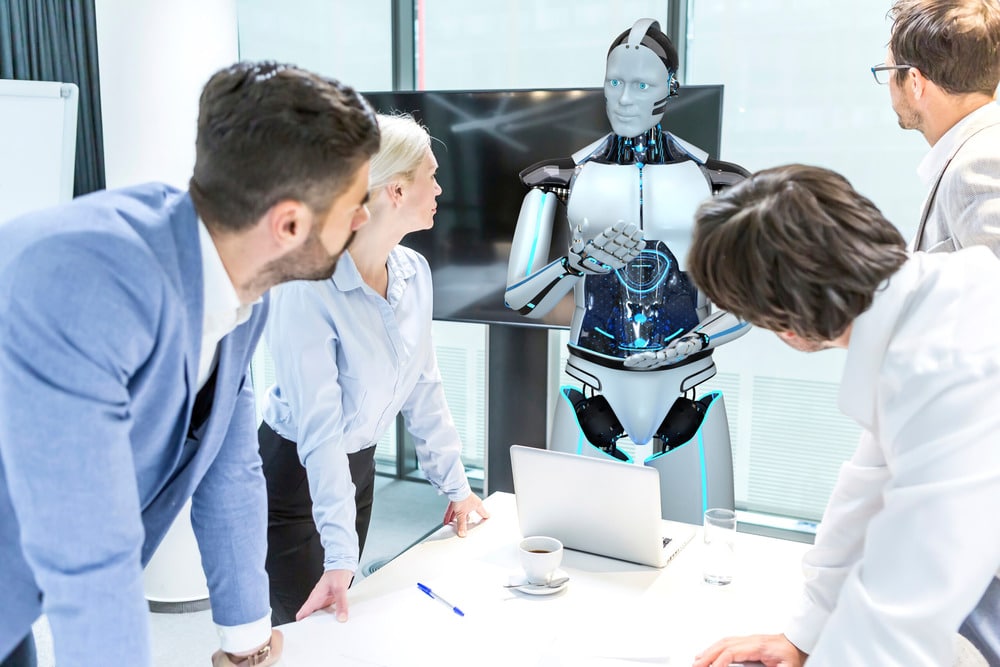








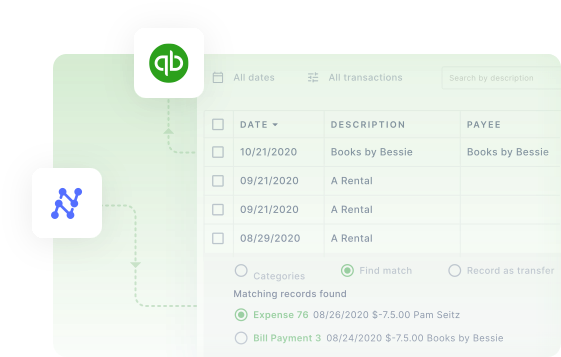







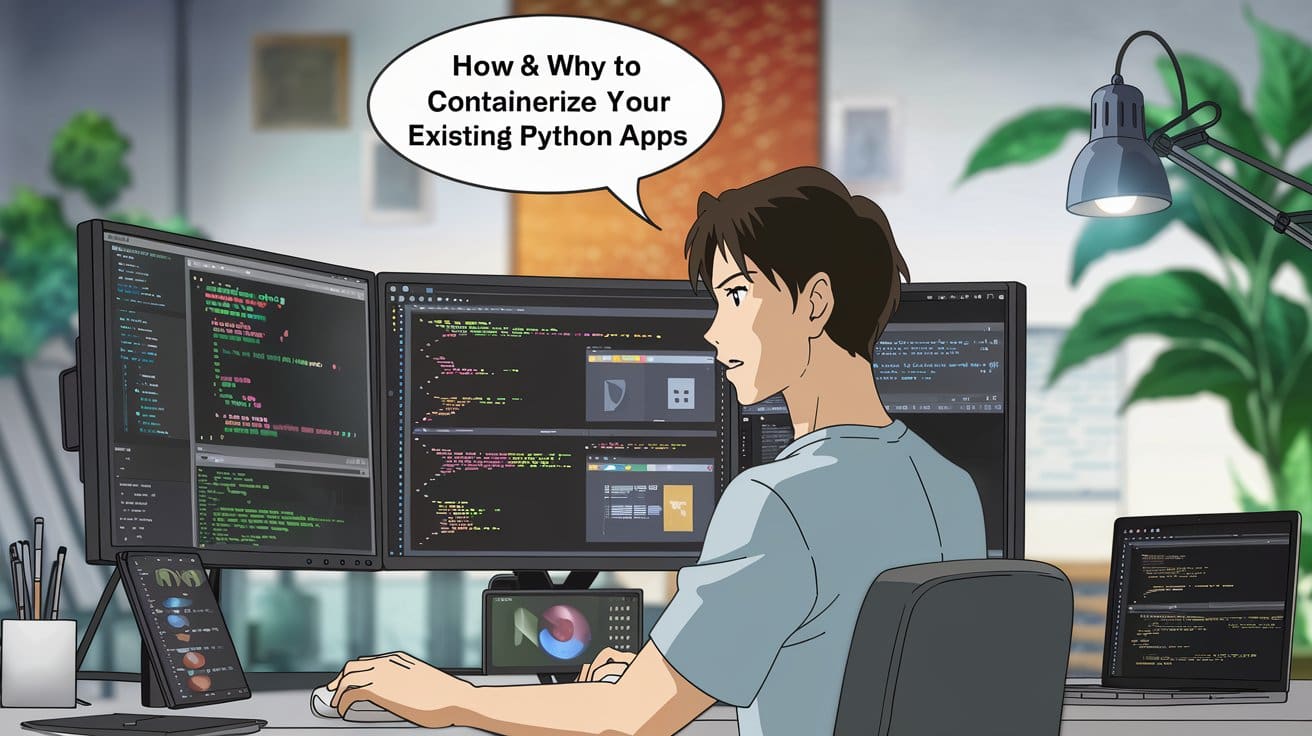
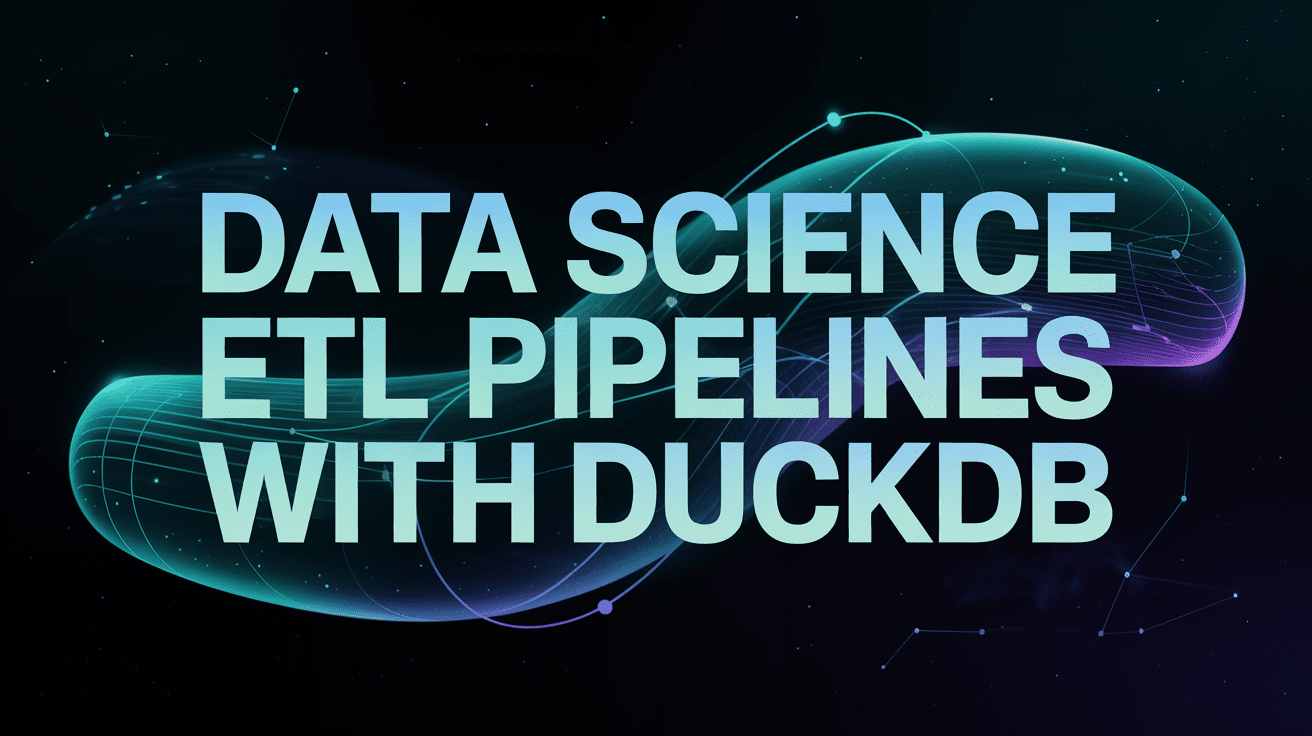





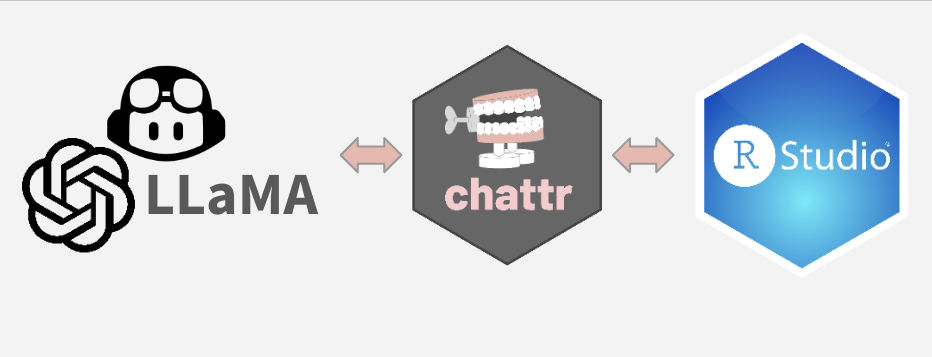







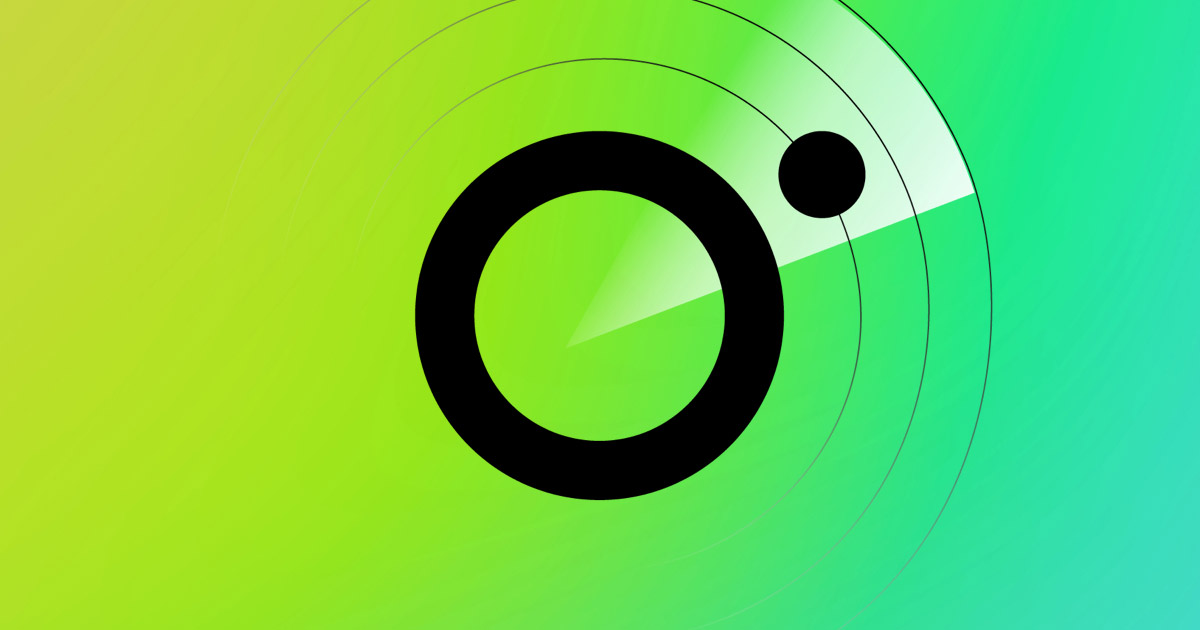


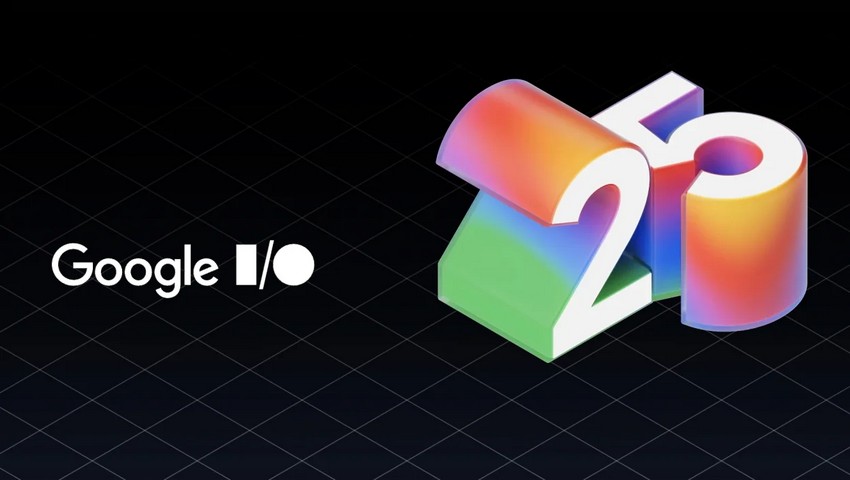

















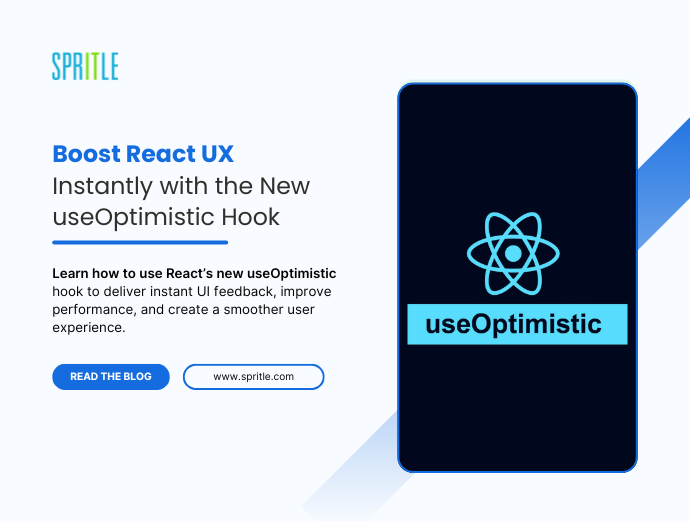
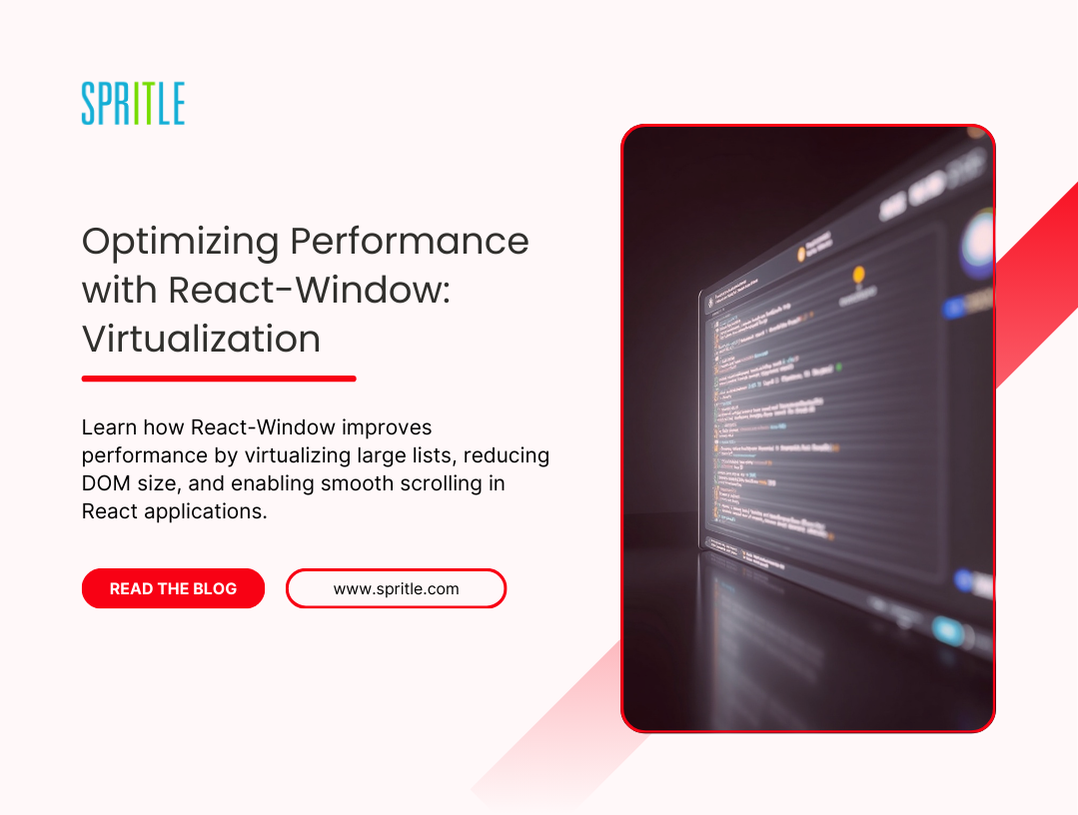
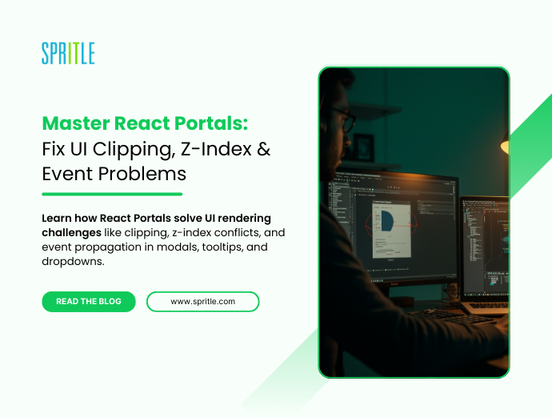














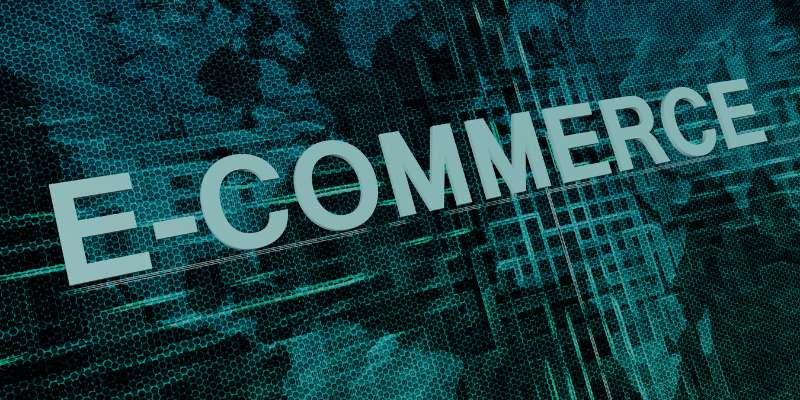




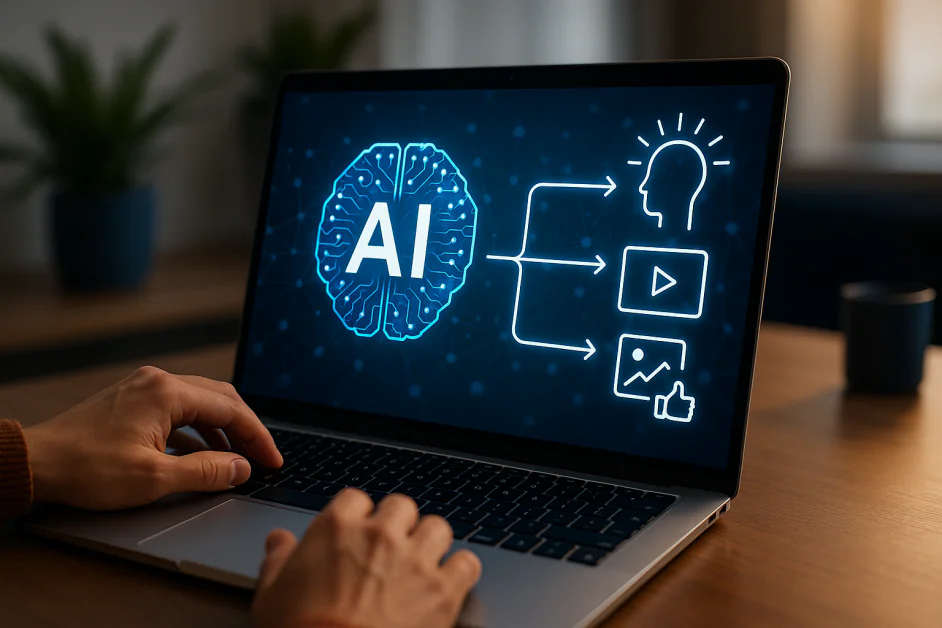
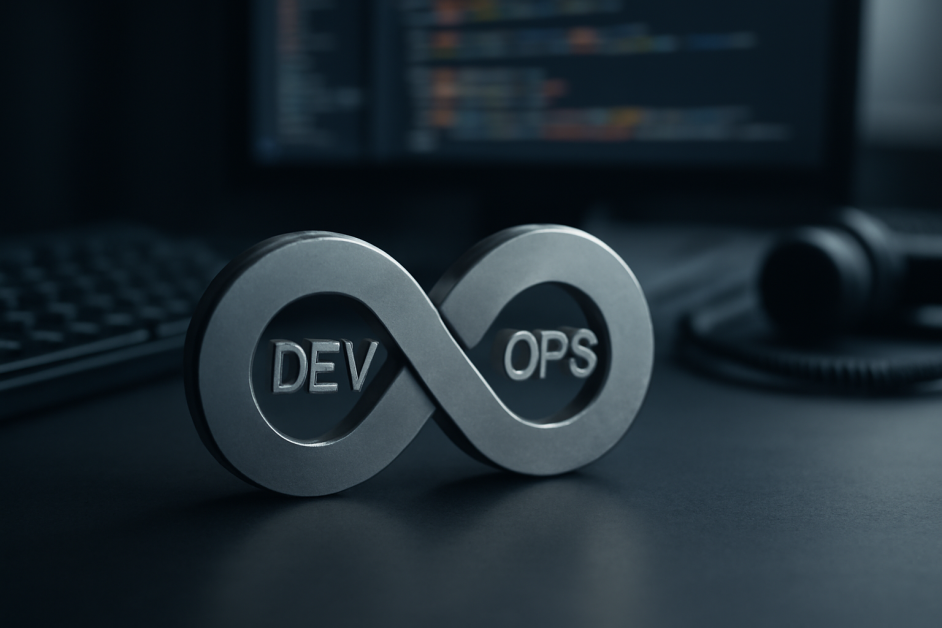

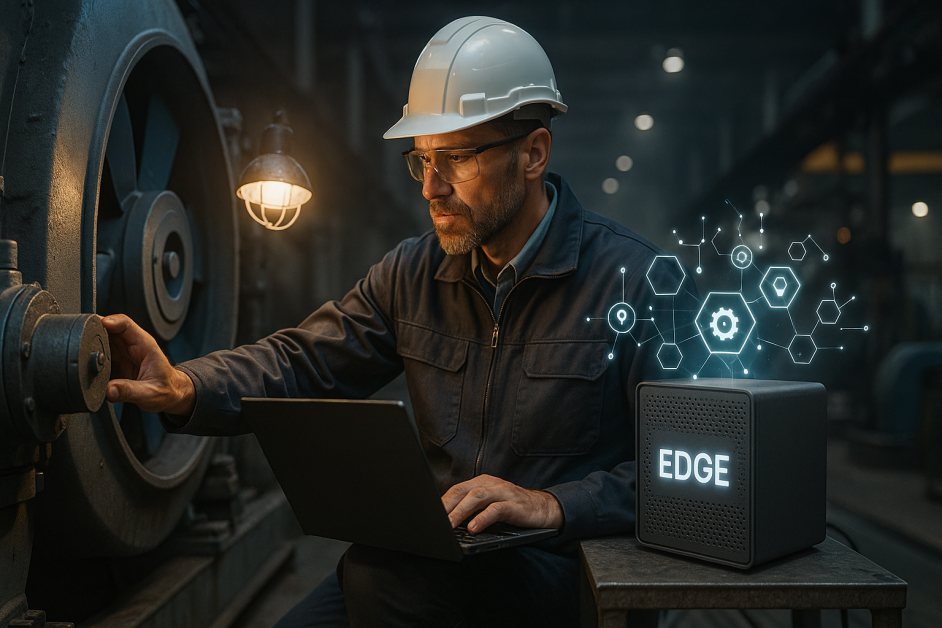











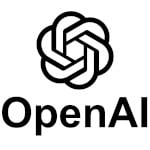








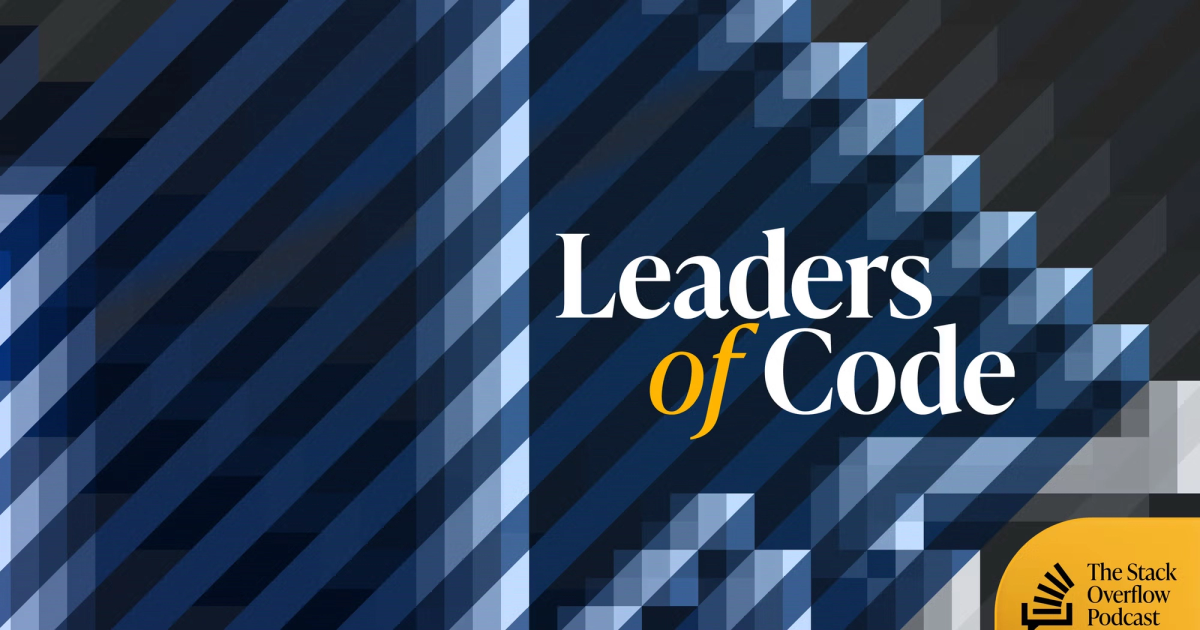
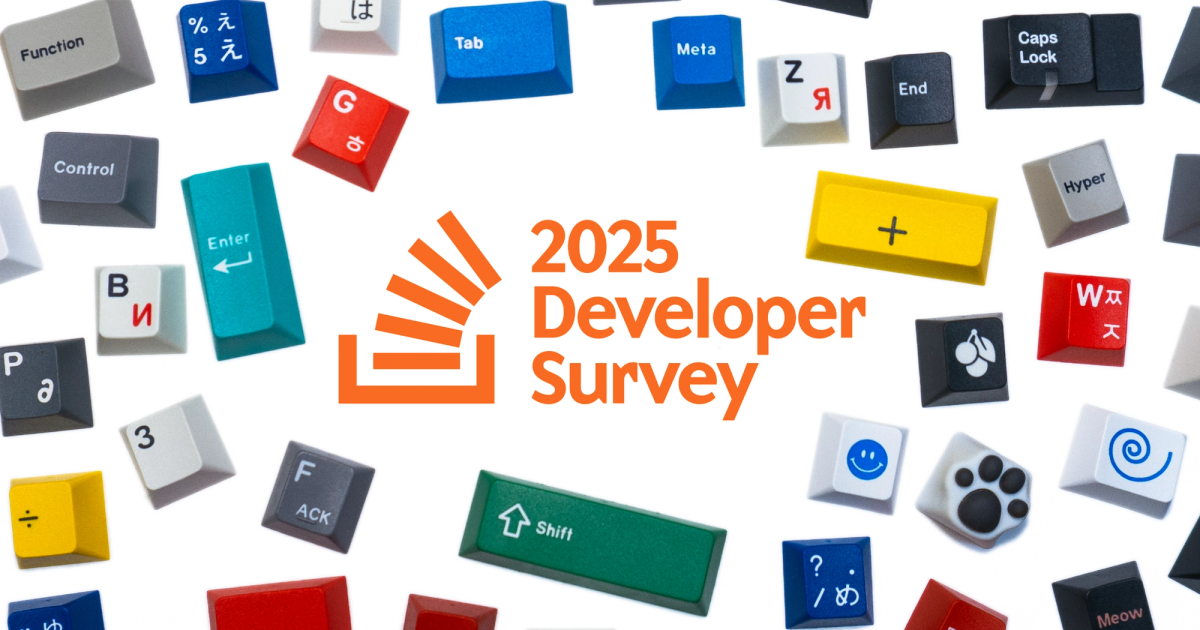









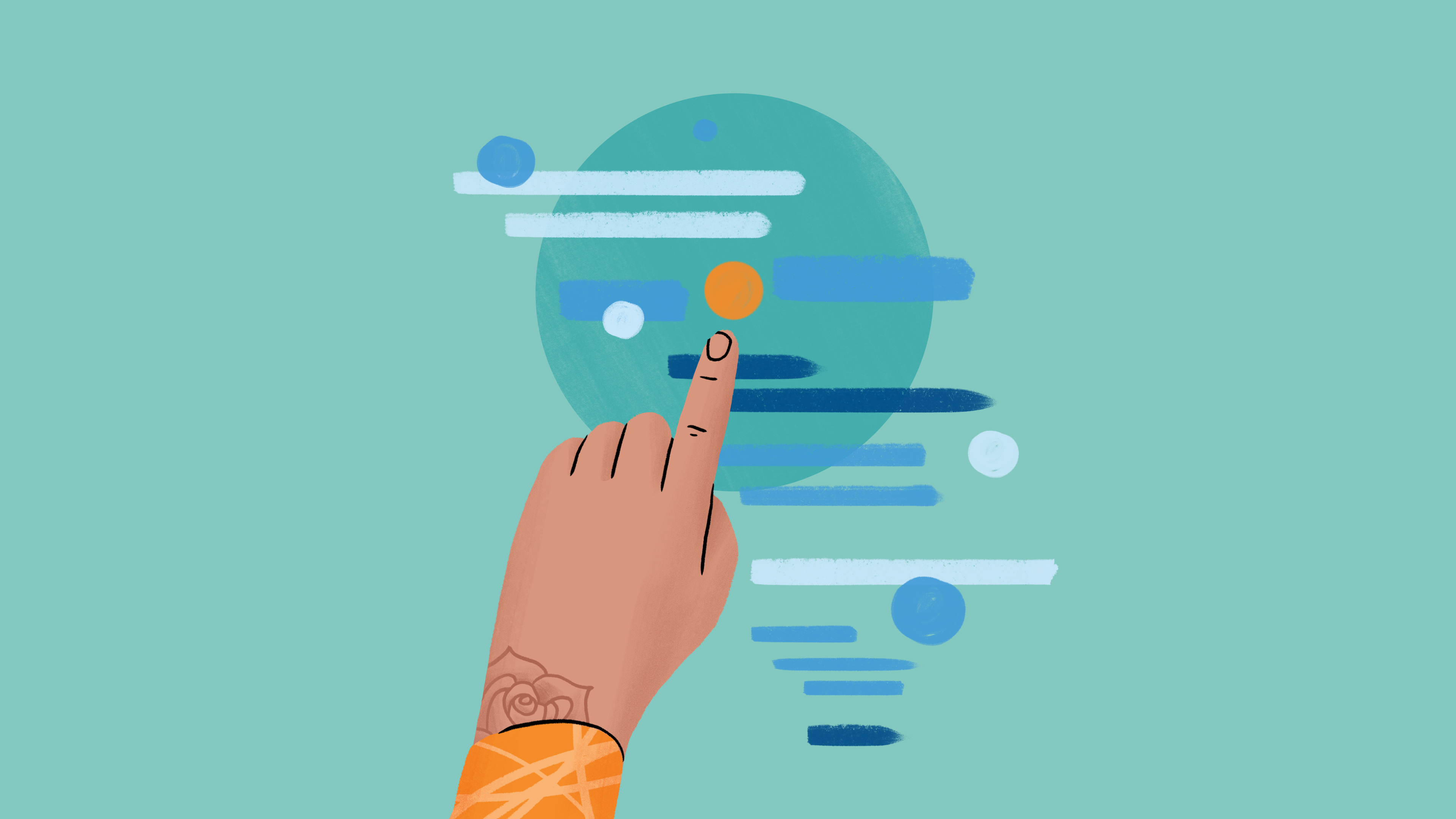
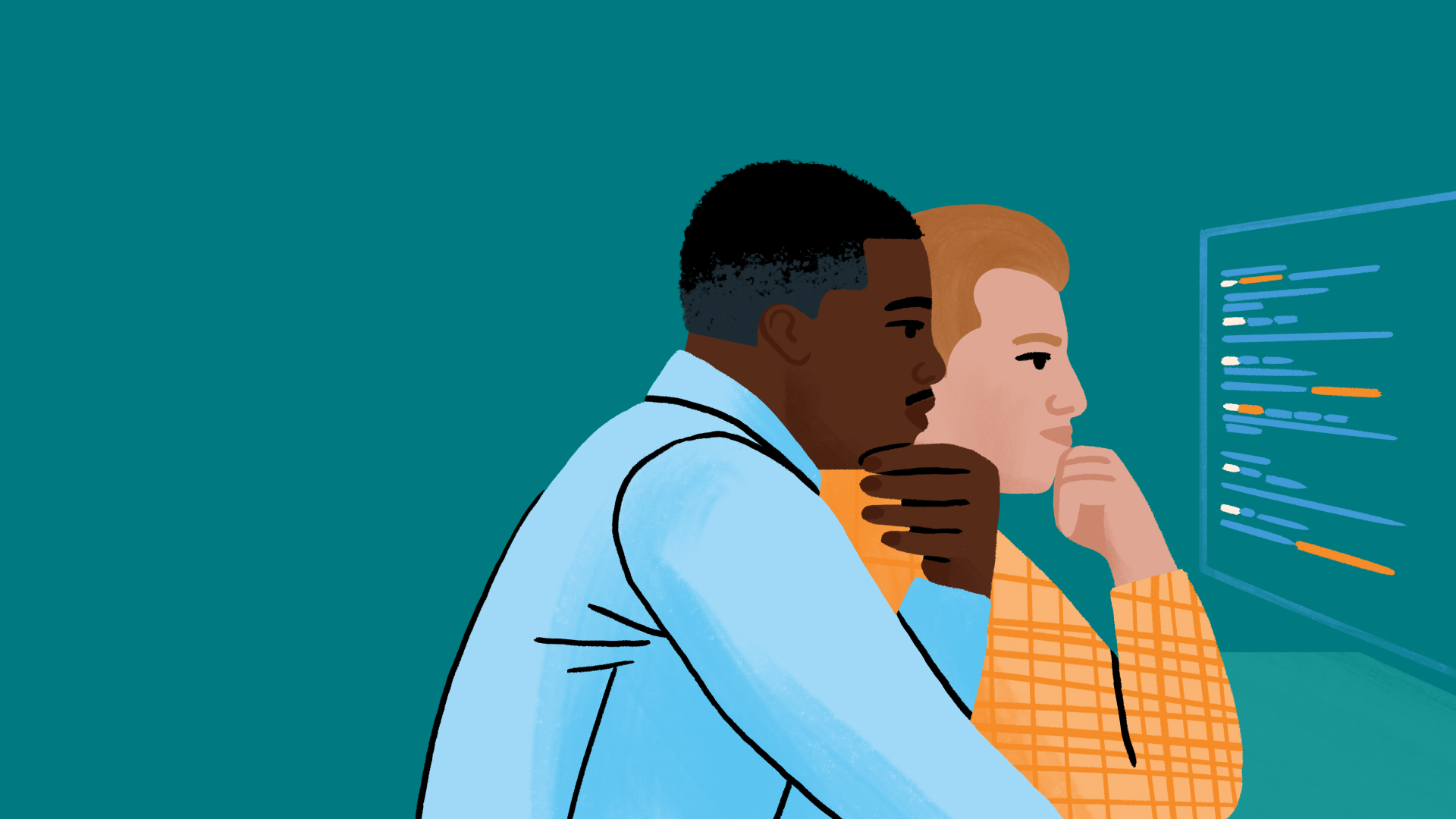

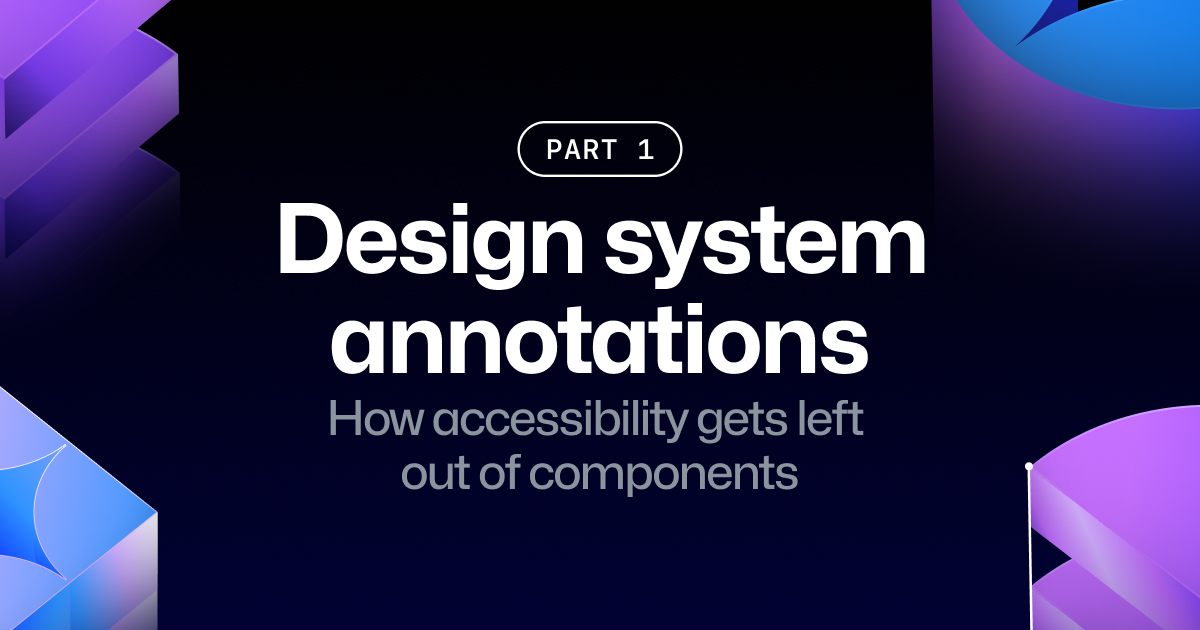






















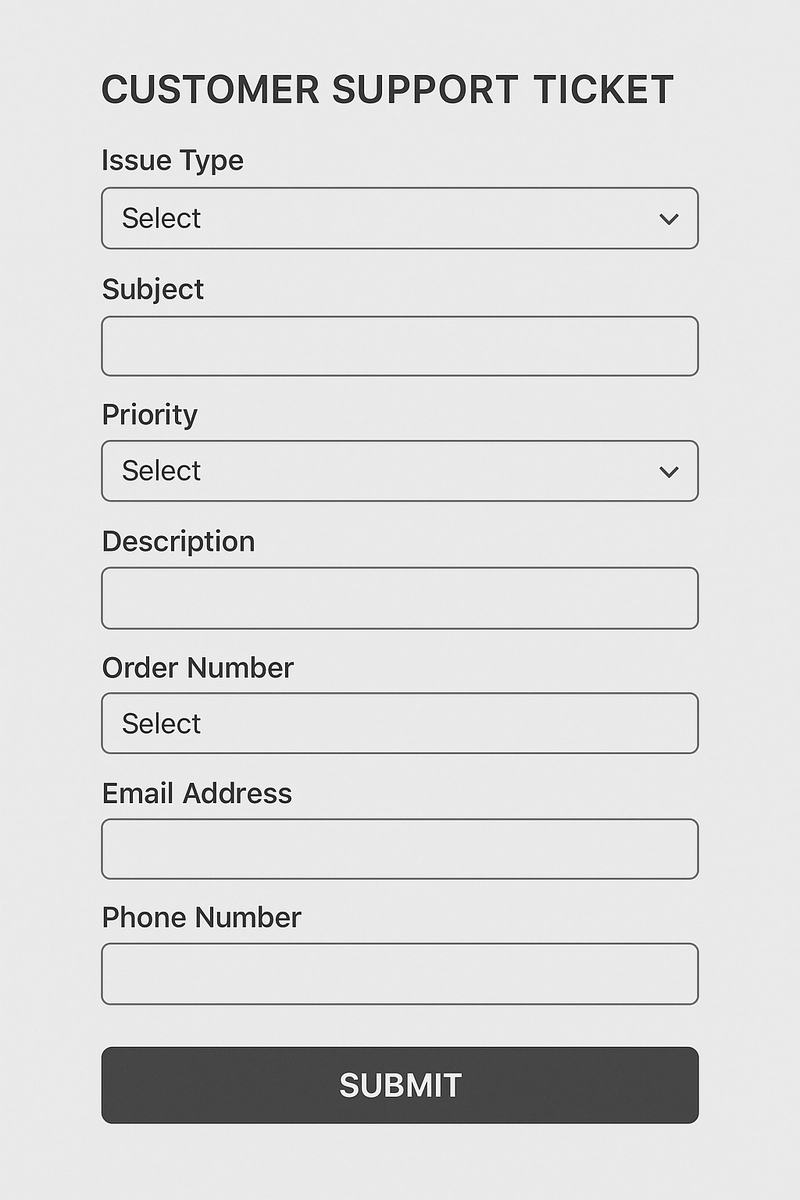
![How to Survive in Tech When Everything's Changing w/ 21-year Veteran Dev Joe Attardi [Podcast #174]](https://cdn.hashnode.com/res/hashnode/image/upload/v1748483423794/0848ad8d-1381-474f-94ea-a196ad4723a4.png?#)






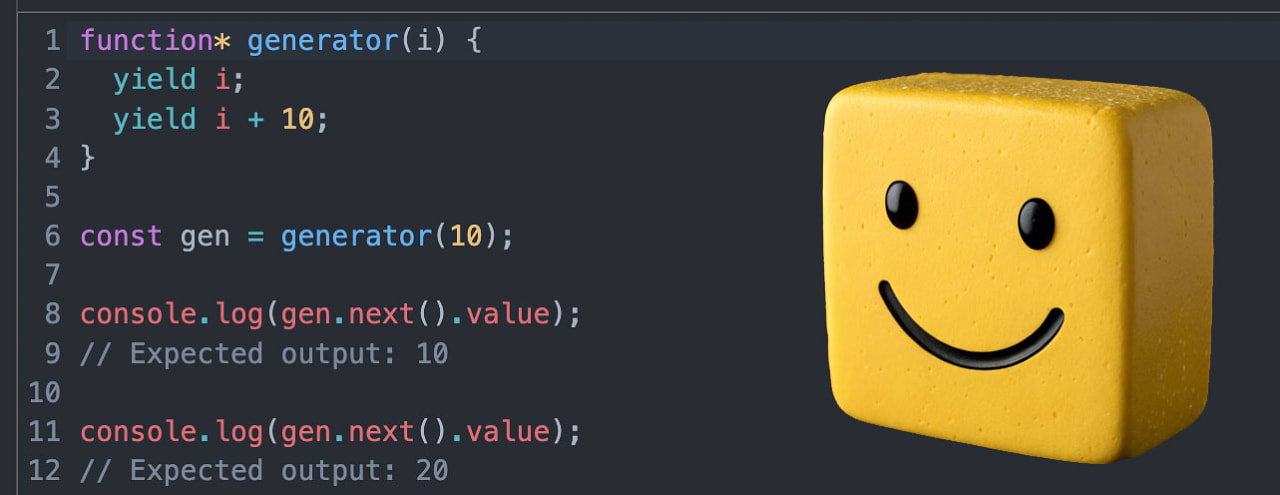



















.png?width=1920&height=1920&fit=bounds&quality=70&format=jpg&auto=webp#)

